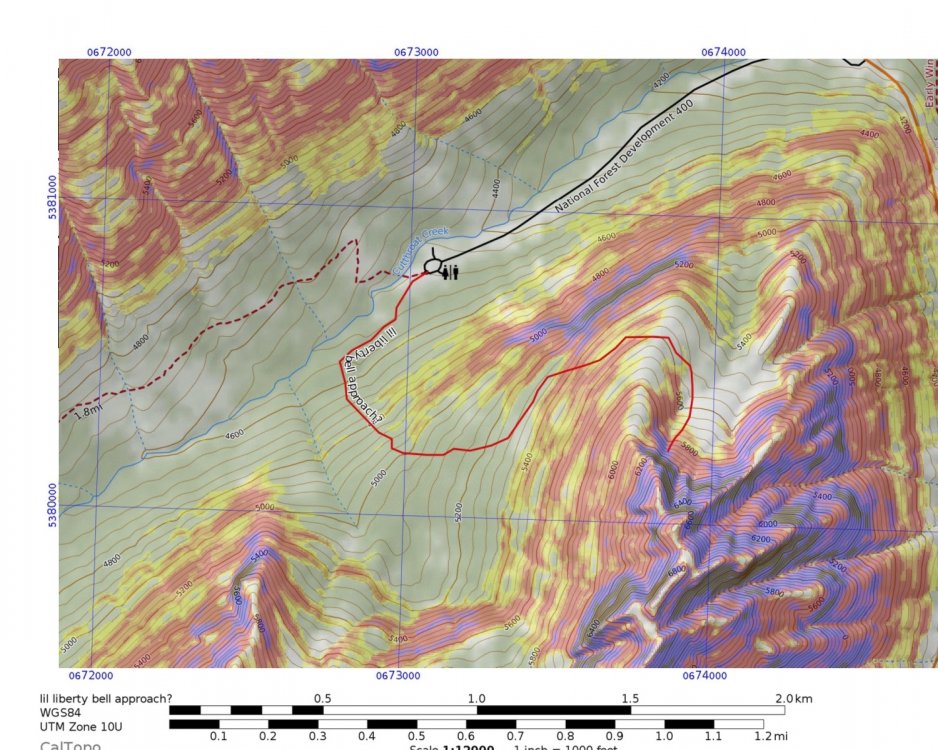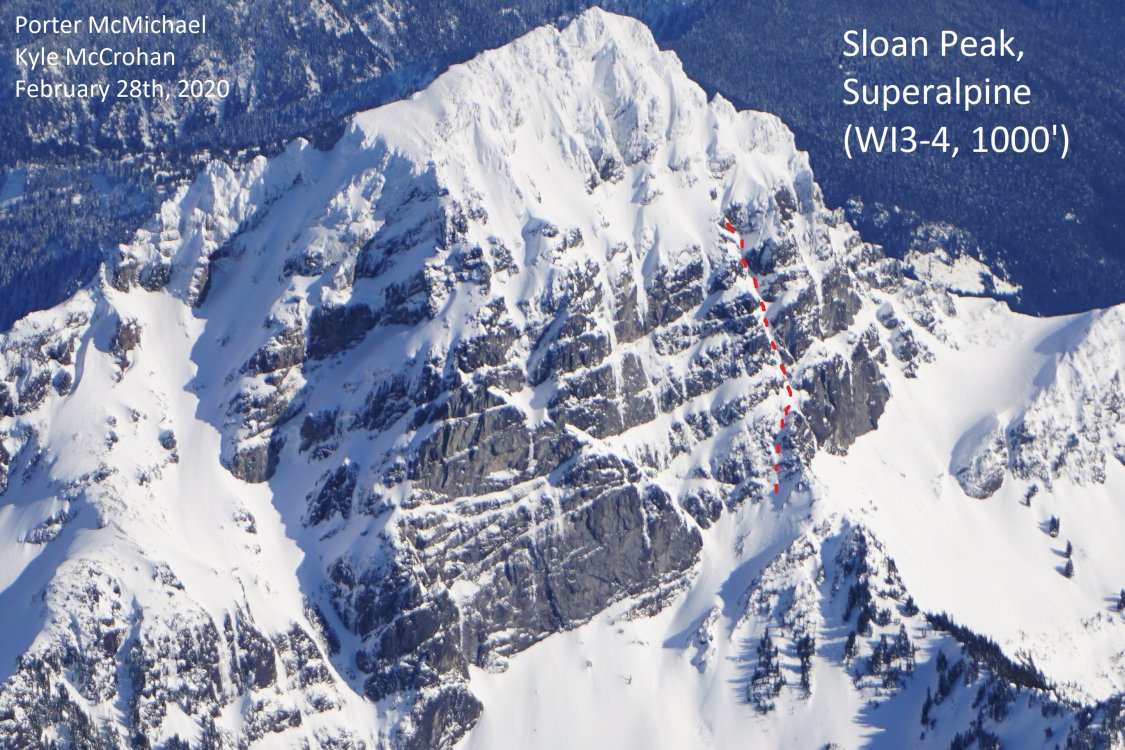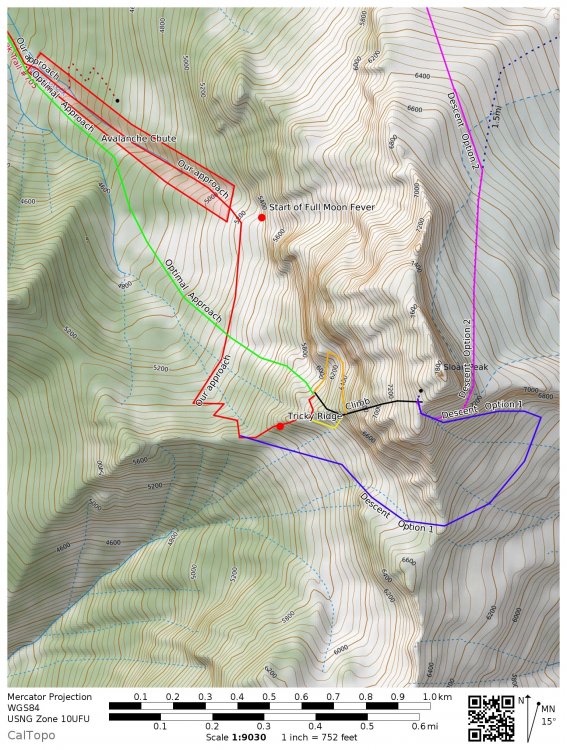Search the Community
Showing results for tags 'first ascent'.
-
Trip: Selkirks - Lionshead - Circle of Life 5.11b/c, C1 FA Trip Date: 08/08/2022 Trip Report: I just finished putting up a project I have been working for the last couple years. It is on the north face of Lionshead up in Selkirk mountains of northern ID. I first heard about the potential line years ago but wasn't climbing hard enough at the time. Then 2 years ago I started investigating and scrubbing it. Finally after many hours of scrubbing it came together this weekend. I do want to thank the numerous friends that I dragged up there who patiently belayed me and also spent hours cleaning and scrubbing the route. The climb is 5 pitches long and contains a lot of really good 5.10 and 5.11 crack climbing. There is 10 feet of pretty blank rock that earns the C1 rating. It is straight forward aiding on a cam and a couple of fixed nuts. For those inclined to try and free it, I would guess it goes at mid to hard 5.12?? So go get the FFA and let me know! The crux pitch would be a classic at most crags complete with really good 5.11 finger crack to some steep laybacking/hands. The descent is to rappel the route which helps make the route feel less committing, and anything in the 5.11 range can be pulled through (although that would be most of pitch 3!). Pitch 1 - 5.9 Pitch 2 - 5.10b Pitch 3 - 5.11b/c, C1 Pitch 4 - 5.10+ Pitch 5 - 5.11b I personally would say it is on par with the classics at WA Pass for quality of climbing although it contains a little more lichen due to lack of traffic currently. I would definitely recommend doing it. The north face of Lionshead in the evening light. The line is marked in red. Starting up pitch 1. Looking up the start of Pitch 2. Starting up the crux Pitch 3. Looking back down the top half of the crux pitch 3. Such good climbing!! Nearing the top of pitch 4. The crux 5.11 roof on pitch 5. Gear Notes: Doubles from .2 to #3 with triples in the .3 to .75 and a single #4. A single set of nuts (offsets more useful than regular). Also a .3/.4 and .4/.5 offset cam come in very handy. 2 ropes for the rappel. Approach Notes: Take the normal approach to Lionshead. The route is on the north face about 100 ft to the right of the route Lion Tamer.
-
Trip: Crescent Creek Spires, Southern Picket Range - East Twin Needle - North Buttress 5.9 D+ 2,000’ Trip Date: 07/31/2022 Trip Report: Sam Boyce and I climbed the North Buttress (aka the Thread of Gneiss, as coined by John Roper), on July 31, 2022. The buttress rises 1,800 vertical feet and our route took 9 pitches, the majority of which were ~250’ due to simul-climbing–we estimate around 2,000’ feet of roped climbing. Some of you might be curious about this (probable FA) given there are no reported ascents, although a couple parties have reportedly tried. I had tried and failed on this line before, and it had really got under my skin. This time Sam and I started the line in a more sensible place, and it went smoothly. Here's some art by John Scurlock showing the E and W Twin Needles from the north. Our line begins lower right and works its way up the north buttress trending left, eventually squeaking by the sub-summit spire on its left to hit that highest left skyline: The lingering snowpack made the approach relatively easy, for the Pickets. From our camp near the Chopping Block, after traversing the snow, slabs, and talus of Crescent Cr basin, we cramponed up to Otto-Himmelhorn col. From there, the descent of the Mustard Glacier required only one single-rope rap from an established station ~150’ below the col. Gawking up at the very steep and intimidating looking summit spires, we figured that we would need a lot of time to reckon a way to summit. As a result, our route-finding choices generally favored efficiency, as we wanted to be as expedient as possible to save time for expected difficulties up high. As it turns out, our concerns were largely needless. We started climbing a little below the outlet of the gully splitting the E and W Twin Needles (aka, the Thread of Ice), gaining E Twin Needle on its right-hand side, not far up from the buttress toe. A pitch-plus of glacial-flour-covered mid-fifth was followed by a pitch-plus of nasty gully travel with some mid-fifth work-arounds, and that landed us at a notch above the first pillar/tower on the buttress. Future parties should take the rib to the left of the gully on pitch 2 for better climbing, and top out on the pillar—an approx. 20’ rap to the notch might be required, but this would be much better than the loose gully. Our start, from near the buttress’s toe: In the above pic, we gained the rock left of the gaping 'schrund, up to the brownish left-slanting gully, up that thing to the notch between the indistinct pillar and the next tower at the sun-shade line. (Again, likely better to stay on the rib to the left of the gully.) From there, Sam led through some blocky 5.7 terrain that backed off to more low-fifth scrambling. For pitch-plus 4, I continued on pleasant rock at low-fifth class, nearly to the top of another gendarme. For pitch-plus 5, Sam then easily gained the next notch and continued on some solid and fun 5.8 that relented to mid-fifth. For pitch 6, I led an airy 5.7 traverse left of another tower. This was one of the few pitches that did not stretch beyond a rope length. Going up and over this tower would probably be just as fun. Sam’s lead of pitch 7 was a long simul affair involving grassy ramps for about 400’ with difficulties up to 5.7. He finally pulled up to belay at a spot that gave us options for tackling the summit block. My lead of pitch 8 involved a chimney, a leftward-rising traverse of a face, and then working around and up an exposed and somewhat insecure arête to near the summit. This long pitch was the proverbial sting in the tail, requiring some careful and sometimes licheny 5.9 moves. Fun and spicy. (There were certainly more spicy options to gain the striking sub-summit, but we leave that for future parties and variations.) From my belay Sam scrambled to the summit, at perhaps 5.6. Descent: We descended the south face. From the summit, there is a short down climb to an established rap station with a fresh sling from the Wrights’ traverse a few years back. This was a full 30M rap that took us to Eye Col (the notch between E and W Twin Needles). From Eye Col we scrambled down the main south gully, exiting rightward when it got steep and traversing skier's right over 2 or 3 minor ridges to find easier terrain to down climb. After a bit of sandy 4th class, we identified a convenient point to rappel from (cord now in situ) that landed us back into the main gully with its (currently) hanging snowfield. This was a full 60M rap. After downclimbing and traversing right off the snow, we found ourselves at a notch that splits the two main gullies described in the Beckey guide. We decided the gullies looked unpleasant and scrambled the ridge between the two, trending rightward as we went down–our route traversed above the skier’s right gully. This was straightforward 4th class. When the ridge got steeper near another notch we made another rap. This was another ~60M rap down lower angle terrain, which could probably be downclimbed somewhat reasonably with a couple steep steps. From here we continued downclimbing to the moat below the ridge. There was not a comfortable-looking transition to the snow so we rigged one more single-rope rap to clear the moat and get back onto the snowfields in Crescent Creek basin. Once in the basin, it was a quick romp back up to our camp at the Chopping Block col. A handful of pics: Sam on pitch 3, E Twin Needle's sub-summit spire lurking behind immediately left: Me on pitch 4, with the Eye of Sauron menacing behind: Here I'm following pitch 5, Fury and Luna background: For pitch 6, at this point I decided to head left for an airy traverse versus the up-and-over (that's W Twin on the right): Sam shot this pic of me on pitch 8, about to swing around to the exposed arete: A couple of Sam following, first the chimney, then on the arete, obviously having fun: Sam and I really enjoyed this climb. While Sam had impressively climbed three Pickets routes in under two weeks, for me it had been too long since I'd climbed alpine rock, and this was a much-needed alpine shot in the arm. Except for the uncharacteristically somewhat-heady last pitch, we'd recommend this as a "Pickets moderate". Parties comfortable with alpine 5.9 should take a ride on this climb. The Crescent Creek Spires from our camp; the Twin Needles are the pointy ones next to last on the left, and the upper gully snowfield that we rappelled and downclimbed as part of the descent (before veering looker's left on a ridge) is visible dropping down below Eye Col: Gear Notes: Double cams fingers to 1", single 2 and 3, supplemented by tri-cams and nuts. Double/twin 60M ropes. Approach Notes: Crescent Creek basin approach to Chopping Block col.
- 18 replies
-
- 11
-

-

-

-
Trip: Mount Shuksan - Northwest Arayete III 5.9 Date: 8/6/2007 Trip Report: On August 6th Matt Alford and I climbed an enjoyable rock route on the northwest side of Mount Shuksan. The route follows the crest of a fine arete on good rock for nine pitches to the summit of a prominent horn above the White Salmon Glacier. Though dirty at times, the position is incredible, the rock is solid and every pitch is sustained for it's grade. I had first seen this arete at least twelve years ago while descending the glacier and thought it both beautiful and improbable due to a lack of features. Ever since the idea of climbing it has been knocking about in my head. I'm not sure what took so long but it was great to turn that idea into a reality! As it worked out the rock here (Green Schist) is horizontally banded and the rock is just littered with positive jugs and pockets that allow moderate climbing up imposing walls. We left the car at first light and reached the base of Winnies Slide four hours later. From here a short descent led to the base of the arete. There was significant shrund that made accessing the rock a bit problematic. We end up rappelling off a bollard to reach a ramp on the left side of the arete. A good ledge system on the right side could probably have been used as well. Matt takes the first pitch. Fun, juggy face climbing was followed by a 100' of 5.8 friction right up the crest of the low angle arete. The gear grew increasingly sparse until he had to run it out maybe 40' to the belay. A second short easy pitch led to a much steeper wall. P1 Frictioning up the crest of the Arete The third pitch exemplified what makes establishing new routes such an amazing experience. We're at the base of a steep blank wall. On the left is a filthy corner system full of grass. Out right a few weaknesses lead towards a steep arete and the possibility of good climbing around it's edge. The grassy corner will go, but the climbing will suck. The traverse out right is a total mystery. Will it go? Is there any gear? Whats on the other side? What if I can't make it? P3 Working things out on the crux traverse Intending to head up the corner I find myself heading out right instead. Focusing on protection I find that the apparently blank wall has a few narrow seams obscured by lichen that allow me to place several solid pins. Soon I'm at an obvious crux move. Cleaning some loose blocks off a small ledge I watch them freefall to the glacier. Hesitating I close my eyes, focus on my breathing, feel the chill in the cool shade, listen to the ice creaking and groaning below. Eventually I just run out of reasons to stand still so I commit, stemming wide, finding a small uncling, shifting over and reaching for the crest of the arete. Grabbing solid jugs I pull over the corner and find myself on a beautiful wall of clean, orange rock. IT GOES! P3 Matt pulling around onto the beautiful orange wall So many intense experiences tend to just slide away. Things no longer "stick" like they once did. But this one is different, this one set deep. I'm going to remember exactly how wonderful it felt to pull around that corner for a long time. The fourth pitch was the best of the climb, awesome juggy 5.7 climbing on near vertical rock with great gear. Soon we're at the base of the imposing upper arete. The climbing looks improbable but once again the rock turned out to be covered in positive holds. Staying about 40 feet left of the arete Matt is able to climb more or less straight up the wall on 5.7 rock to a belay in an alcove. P4 More Arete P6 Starting up the steep upper wall Climbing through a grungy 5.8 roof I find super featured 5.6 rock on the crest of the steep arete for a full ropelength. Matt quickly leads another long pitch of fun corners to a fixed pin belay at a small roof. A final short pitch up clean slabs ending with an easy arete brings us directly to the summit. Unreal, the route unfolded far better than we could have imagined! P7 Stellar climbing on the crest of the Arete P9 It Ends like it Begins…. It's late in the day so we snap a quick summit shot and get moving. An easy scramble down the backside gets us to the Upper Curtis Glacier. After following some mountain goat tracks we picked up the boot track leading back down the mountain. In my exhausted state the entire descent seemed somehow timeless as if it took no more than half-an-hour. Yet many hours and a beautiful sunset later we reached the car with the last of the dieing light. Well there's already a Northwest Arete and a Northwest Rib on the mountain so Matt (grudgingly) agreed to name our route the Northwest Arayete after someone I know. Gear Notes: Rack to 3.5" with a double set of very small to medium nuts and small to 1” cams. A few short knifeblades and bugaboos recommended. Approach Notes: Follow Fisher Chimneys Rt to edge of White Salmon Glacier (bivi sites) then descend a few minutes on steep snow or ice to the base of the arete. Potential Shrund problems getting on the rock.
- 37 replies
-
- mt shuksan
- north cascades
-
(and 1 more)
Tagged with:
-
Trip: Whatcom Peak - “Castle in the Sky” FA of the South Buttress of Whatcom 5.10b TD Trip Date: 08/06/2022 Trip Report: Yeeehaw! What a weather window it’s been! From Aug 5-7th Lani and I climbed the first ascent of the south buttress of Whatcom. This route came as a suggestion from Wayne. Thanks! It was excellent climbing on great rock in the most perfect of settings. I would say it’s one of the finer alpine routes I’ve had the pleasure of climbing in the cascades! We would highly recommend the route! There is certainly some choss and some runout but it is the pickets. I have to start work today so a hasty trip report will have to do. Here’s a link to the report I wrote up. Sorry for the forced click through, I’m rolling out the door and don’t have time to format photos for CC. Thanks for the stoke y’all! Go get it while the gettins still there! https://www.theclimbingguides.com/post/castle-in-the-sky-first-ascent-of-the-south-buttress-of-whatcom-peak-iv-5-10b-td Gear Notes: Single rack .1-3 doubles .2-1 full set of nuts. Optional #2 and 3 KB’s. Single 60M rope Approach Notes: We took easy peak to the imperfect impasse.
- 14 replies
-
- 11
-

-

-

-
Trip: Spectre Peak - “Spirited Away” FA of the S Ridge of Spectre Peak 2000’ 5.8 Trip Date: 07/26/2022 Trip Report: Joe Manning and I just got out of the Northern Pickets. We did the first ascent of the South Ridge of Spectre Peak. We had excellent weather and were out for 4 days. I’m having trouble loading any photos from my phone on here so this will be super brief. For extensive photos and whatnot check out my trip report on our blog… https://www.theclimbingguides.com/post/spirited-away-first-ascent-of-the-south-ridge-of-spectre-peak-2000-5-8 Gear Notes: Singles .1-2 doubles .3-1 light rack of nuts and optional 3. 40-50ft of cord and a single 60M rope. Approach Notes: Easy peak to improbable impasse to perfect pass to challenger col to phantom to pickle pass.
-
Trip: Lemolo Peak (erstwhile Hardest Mox) - NE Buttress ("After Hours") V 5.10- R Date: 9/12/2008 Trip Report: Summary: On 9/12 and 9/13/2008, Rolf Larson and Eric Wehrly climbed the NE Buttress of the 8501' summit to the E of SE Mox Peak. The NE buttress on right division of dark and light, John Scurlock photo: A shot from the other side on our descent: From what we can tell, our route shares several pitches with Layton and Wolfe's E Face line "The Devil's Club", somewhere in the middle third of the ascent. "After Hours" (appropriate for several reasons) takes a direct start on the NE Buttress toe, and ends at the summit of what some have referred to as "Hardest Mox", the apparently heretofore unclimbed peak to the E of SE Mox. We continued to SE Mox Peak from there, adding a bit more engaging climbing. I believe that we are the first ascentionists of this peak, and hence can derive a little fun naming it. If this is the case, in keeping with the naming convention of Mox ("twin") Peaks, we propose Lemolo Peak; "Lemolo" is Chinook jargon for wild, or untamed. Klone (Chinook for "three") Peak would also be appropriate, but is already taken in Washington. If this summit is not worthy of a separate name, then no sweat--I already had my fun. I think that Rolf (aka the Bard of Leavenworth) is crafting a TR in iambic pentameter; until then, the following must do... Overview: Day 1, approach from Little Beaver to c. 5000' bivy in Perry Creek basin; 9 hours. Day 2, finish approach to 6000' rock start, and climb to 8200' bivy; 13.5 hours. Day 3, proceed to 8501' summit, then ridge traverse to SE Mox 8504', and descend to camp via gullies and unnamed glacier SE of Mox; 9 hours (ish?). Day 4, thrash homeward; 7 hours even, every minute fun. More detailed notes and pictures (I took all pictures; when the Bard isn't writing, his other job is male supermodel): On morning approach day 1, Jack Mtn and Nohokomeen Gl: Early part of roped climbing on day 2, somewhere around 7000': I was pretty worked from the day 1 approach, and started to get some hand cramps about 1000' into the climb; so Rolf took up the yoke and led the majority of the steep headwall in the middle third of the climb. He drew the crux pitch, which among its cruxes, included pulling a roof over suspect gear. Rolf reached into his puny reservoir of Solid and cruised the pitch—-one of the most impressive leads I'll witness. It was here that I believe he threw an alpine berserker gang-sign. No time for pics, but after following the pitch, I took a shot back at its traverse element: You might be able to make out some tat from MnE's rap 3 years ago. Additionally, looking at this pic from Mike's report, I surmise that while those guys went up and left from that point, we went up and right, cutting back left eventually. Here's Rolf making his way through more roofs: Some exposure from this belay, looking down at the buttress: At about 7500', I led what we jokingly referred to as a "comeback pitch" left and then up one of the few clean splitters we encountered, very exposed, then Rolf zagged back right across the buttress crest: The climbing was exposed and a lot of fun; I like the Bard's term for it, "cerebral", ha. Another shot a bit higher, ~8000': We had enough daylight to search around for bivy sites between 8000 and 8300, and settled on a then-windless site at 8200'. Temps were dropping a bit more steeply than we expected; we'd left our sleeping bags in favor of a lighter jacket-and-backpack bivy, and paid for our insouciance. We were so giddy about our situation, that we giggled convulsively through the night. Here's the alpine rat burrowing in for Led Zeppelin's "you shook me" all night long: Took some solace from the views; underexposed Picket Range: After the sun came up and I drank from my partially frozen water, we scrambled up and roped up for teetering stacked blocks to the summit (Mt. Spickard background): Last pitch to the yet-unclimbed 8501' summit: Shot of Pickets from tippy-top: Now we have to go over there--SE Mox: The traverse involved a 60m rap, a scoot around a gendarme, then a few more pitches of climbing on a ridge--actually very cool climbing. Even more pics, first is looking back at Rolf and the gendarme, I think: Then Rolf leading toward SE Mox, Mt Redoubt background and NW Mox foreground: Finally, views of 1) Lemolo from the summit SE Mox; 2) Challenger et al; 3) Bear's NF etc.: Then the ultra-brutal chossy galore descent of several gullies to the glacier: This tried our dessicated patience. Staggered into a deserved camp celebration of the finest 2-course meal (I guess everything does taste better with tuna), brews, bourbon, chocolate. Last day parting shot: And then beers and plunges at Ross Lake while waiting for our boat; deeeeluxe. I can now fully appreciate and salute Mike and Erik's journey into the unknown 3 years ago. Pretty certain I'd not take 4 days off to go after this big endeavor without their information posted here--thanks fellas. I remember reading about the brotherhood you guys shared, and held hope for similar with Rolf--nope. Our partnership is built on mutual disrespect and loathing; we share a vile and putrid love, and feed most from each other's misery. I'm not happy until you're not happy. Nevertheless, the Bard is a solid partner and I look forward to future adventures--this was an exceptionally stellar one. Gear Notes: -medium rack, with pins that did not get used. tri-cams employed often. -while no metal used, much extracted; our route intersected rap stations enough such that we bootied bountifully. -no plants were harmed in the development of our product. Approach Notes: Jungle fever Nihilism (or Zen Buddhism, according to one’s preference)
-
Trip: snoqualmie mountain - possible fa: the turf testament Trip Date: 03/31/2018 Trip Report: marko and i went kickin', scratchin', 'n stabbin' yesterday and unearthed a previously unheralded book of the bible: the turf testament. start a few hundred feet up the slot couloir at the large right facing book. pitches 1-2: two 60m pitches up rock & turf in the corner and some thin ice on the right face. pitch 3: climb a short corner, move easily left to the next book, & climb it to tree belay (<50m). [pitch 3 alternatives: a. possibly rightward escape on a treed ramp (may dead end on the ridge bordering the slot), or b. finish directly up very difficult looking roofs above.] pitch 4: climb up shallow right facing book with overlaps to difficult exit moves overlooking the roofs directly above the second belay (30m). [pitch 4 alternative: straight up through a short squeeze chimney to a difficult looking roof in main corner.] hike up the ridge between the slot and crooked couloirs to the summit rock band. pitch 5: up central chimney/gully to exit immediately left of cornices (30m). a pretty good photo of this route appears in martin volken's "backcountry skiing: snoqualmie pass". the route is very obvious to anyone skiing the slot so i would not be surprised if it has been climbed: any info would be appreciated. the route cannot be seen from the start of pineapple express. however, a party could climb the first 4(?) of p.e., then scope the route from there. if interested, they could cross the slot to the turf testament. if not, continue up p.e. are you ready to testify? Gear Notes: rock gear to 4"; screws to 13cm (for us); your choice of turf gear; a few pins (not used) Approach Notes: best via standard approach to nw face. dropping down the slot may work but has drawbacks (can't scope the route, pissed off skiers).
-
Trip: Posthole Peak - [FA?] North Face Right Side (WI3 M4) Trip Date: 01/16/2022 Trip Report: My motivation to spray has been dwindling lately, as such this trip report is a couple months late and will not be as detailed as past reports. In mid January Kurt Ross, Erik Richardson and I ventured into the WA Pass area with plans to repeat the Keena-Williams on Silverstar. While driving over on Saturday night, Kurt and I got word from Erik that the route wasn't in, and his recon informed us that both skiing, and booting conditions were far from ideal. We nearly turned the car around two or three times, but the prospect of a break from the W-side rain kept us on course. As we waffled over what to do, I remembered some cool N-facing walls behind Blue Lake that might hold some potential. The straightforward access and low commitment made this an easy decision. The next morning Erik towed us up the highway, and we skied from the blue lake TH up to the lake. Upon laying eyes on the faces, the main things we noticed was A: they look really cool in the winter, B: a distinct lack of ice (duh), and C: All of the coolest lines had big(enough to kill you) cornices hanging over them. The overhead hazard and warm temps gave us real pause, and we doddled around the base for a while trying to make a call. Eventually we decided on a mellow looking smear on the right side of the left wall (posthole peak). This route had the smallest cornice, and seemed like it would climb the fastest to limit our time in danger. The first third of the route consisted of good low angle ice that somehow wasn't covered in snow. I lead an 80+m pitch of mostly WI2 with a single vertical 12ft step to a screw belay. My next pitch started with some more easy water ice in a groove up to a snowfield. This pitch ended with some trenching to get to a bad rock belay (beaks and KB's). Kurt took over the lead here and lead us most of the way to the top in one ~140m pitch. The first half was snow with an easy mixed step up to 50M of fun albeit very snowy M4 to just below the ridge. I took over the sharp end again and lead a funky pitch of tree climbing and trenching in steep/deep snow up to the ridge crest. At this point we unroped and continued scrambling along the ridge with hopes of reaching the summit before sunset. About half way along the ridge, I fell in a hole while breaking trail, while Kurt was either coming over to laugh at me or help me out, he triggered a large cornice break presumably by just plunging his tool too far to the left. Luckily we had both stayed far enough to the side that we were both safe, but it was a great example of how far back cornices can break. There was roughly three feet of flat rock exposed by the now missing chunk of snow. Poor Erik was out of sight and likely assumed we were both gonezo. With the sun now fully set, and plenty more complex ridge ahead of us, we opted to turn around and investigate our descent options. The ridge took us down to an easy couloir that would be really fun to ski in better conditions. For us it was rather firm booting down to our skis at the base. Large chunks of cornice debris covered our skin track from earlier in the day, solidifying our choice to avoid the more threatened routes. The ski out was err... character building. To the best of my knowledge this was a new route. If anyone has info on previous winter ascents on these walls I'd love to hear about it. Kurt (left) & Erik (right) Following P1 Kurt Leading out on P3 Erik following the snowy mixed awesomeness Questing into the night. Goode in all it's winter glory above Erik's head. Gear Notes: Standard winter alpine rack w/ maybe a couple extra 10-13cm screws Approach Notes: Sled to the Blue Lake trailhead. Skin or boot up to and across the lake.
-
Trip: Esmeralda Peaks - [FA] Moonlight Serendipity (WI2 M5+ 1,200ft) Trip Date: 11/21/2021 Trip Report: Last Sunday @Kyle M, Kurt Ross and I set out to investigate rumors of early season ice in the Esmeralda Basin area. A couple sizable blowdowns stopped our drive early, diminishing any hopes of even making it to our intended climb. With zero expectations, we decided to go for a walk up the road and see if we could get eyes on anything cool. We took our sweet time walking up the road, stopping to look through binoculars at everything that vaguely resembled ice. We nearly dropped all our climbing gear at the trailhead, but decided to keep it for “training weight”. Luckily we did, as we shortly got eyes on the NE face of Esmeralda’s NE peak. A discontinuous series of ice smears, chimneys and ramps seemed to form a potential route up the face, but we figured it was still too early. Possibly against our better judgement, we decided to “go scout the approach” and soon found ourselves scrambling up fun WI2 smears on the lower flanks of the face. Our route followed easy terrain that angled left and then traversed hard back right to where the face steepens abruptly. A very convenient dike feature splits the face for almost its entire height, and proved to be the key to our success. I kept leading, and scratched my way up a fun albeit poorly protected section of chimney. From here I had my fill for a little bit, and let Kurt take over the sharp end. An easy connector pitch took us up to a decision point. The chimney/dike feature continued above us, but seemed to hold ever steepening iced up rock climbing. With the little amount of daylight we had left, we opted to bypass this to the left via a tricky and somewhat loose chimney that seemed like it would take us to easier terrain, and the summit. Kurt casually lead the pitch, seemingly unfazed by the toaster oven sized block he dropped on his head. The sun set on us as we were following this pitch, and brought us to another decision point. We hadn’t prepared for a day of this magnitude and were running out of food and water fast. We could either bail now and call it a good scouting mission, or keep going in hopes of the summit, and a quick walk off. We opted to push onward into the night. From this point the climbing was largely on snow, apart from the odd rock step, or awkward bit of shallowly buried slab. Two more pitches brought us to an imposing headwall we hadn't seen from below. I was starting to worry that our climb was done there. While we could have likely found a route up the steep dry rock, it was far too late in the evening to start such drytooling shenanigans. Our last option was to keep traversing right to search for a way around it. Much to our surprise, a perfect rock ramp cork screwed around the summit block, taking us to the top of the wall. Once atop our little summit, we saw a long complex rock ridge that unfolded in front of us. Continuing to the true summit would have taken us several long pitches, and more hours than we had. We had climbed to the top of the wall we intended, and were more than happy with how things unfolded. The descent involved a couple pitches of down leading and about six or seven double rope rappels off trees and bushes. We hiked out hungry under the almost full moon, and got back to Seattle at two in the morning the next day. Kyle will likely write a more in depth blog post in a couple days. While clearly not representative of the conditions we encountered, the topo below shows more of the wall than is visible from below. Gear Notes: Single rack .1-3, nuts, beaks, KB's and a Spectre came in handy. Screws were not required for the conditions we encountered. 10's and 13's would be best. Approach Notes: Walk, drive or sled to the Esmeralda Basin TH. Hike up the trail for a little under a half mile before crossing the creek and picking your way straight up to the face. If you can drive to the trailhead, this climb is VERY easily accessible.
-
Trip: Northern Pickets - Mt. Challenger Middle Peak & FA of SW Ridge of Challenger 5 (Peak 7,696) Trip Date: 08/18/2021 Trip Report: Northern Pickets, image pulled from publicly accessible Google Book Preview of Cascade Alpine Guide, Vol. 3. The SW Ridge of Peak 7,696 is the righthand skyline. Fair use intended. TL;DR: Climbing partners Joe Manning (manninjo) and Joseph Montange ventured up the wild and rugged Baker River valley in mid-August 2021, seeking a shortcut into the Northern Pickets. After several days of travel, we climbed a very fun, new, five pitch, 750', 5.7 route on the Mount Challenger massif, the Southwest Ridge of Peak 7,696 (aka Challenger 5). Baker River Mandatory wading on day 1 starts several miles upriver Time to go to the beach! It’ll be fun: miles of sandbars and loads of deep blue swimming holes. Wading up the river in tennies. Getting to curl our toes in the sand. Sounds promising as a way to approach the remote and reasonably inaccessible Picket Range. Relaxing, beachy-type vacations are not my norm, so the Baker River seemed like the best of both worlds. Get the summertime water fix AND have an adventure scoping out the “direct” route into the Northern Pickets. The approach, documented in the 1968 Tabor and Crowder guide, has no record of folks actually going all the way in that way in the last 50 years. I’m sure some folks have, only to be swallowed by brush and never seen again. Mike Layton wrote in 2006 that John Roper “thoroughly sandbagged” him and Wayne Wallace on their approach to Spectre Peak by suggesting the Baker River. Following “six hours to travel a mile and a half along the Baker River we bailed. Ahead were three more miles of rain, brush, and swift water followed by a 5000-ft climb to the ridge… after our eight-hour false start, we dragged our soggy asses and 25-lb packs to the Hannegan Pass parking lot to restart the trip.” Pioneer Ridge (center-right) and the confluence of Bald Eagle Creek and Baker River For our part, we wanted to push beyond the Pioneer Ridge version of the Baker River approach and continue up the river, to the confluence of Picket and Mineral Creeks. From here, a spur ascending all the way to the Mt. Challenger massif would provide an escalator into the alpine. In fact, after all the beach time, we’d probably need to burn off some of those beach-induced calories. In all seriousness, there’s really no easy way into the western side of Northern Pickets. For a fit and competent party, stocked with full climbing kit and several days of food, Easy Ridge, Whatcom Pass and Peak, Eiley Wiley, even carrying over Fury all take at least two days. Sometimes fast and light parties get to Perfect Pass in a day for a two-night blitz of Mt. Challenger. But if you want to do something on the west side of Spectre, Phantom, Ghost, Crooked Thumb, anything on the south side of Challenger, it's two days just to get there (and two more to hike out). It was with this knowledge that we set off up the Baker River, hoping to find the equivalent of the Northwest Passage into the Northern Pickets. While we may not have found quite that, we did get to spend several days in one of the most rugged, wild, untrammeled and primeval wilderness areas this side of Alaska. The fact that access started less than a 90-minute drive from home was remarkable. The sheer quantity and apparent quality of the granite cliffs spilling off the sides of Pioneer and Mineral Ridges is mind boggling. It’s a beautiful looking mix of Index town walls, Squamish, Darrington, Yosemite, name any notable granite bigwall area. Were it not for a lack of trails and fixed anchor ban in the park, this zone would be a serious destination. As it exists today, it's worth admiring the incredible views every step of the way in. Just don’t forget to watch your step along the way. For folks who find off-trail travel “not so bad,” the stats are compelling. It's less than half the distance of any other way into the range, and less than half the elevation gain. There is no penalizing elevation loss. The approach lacks the objective hazards (e.g. icefall traversing around Whatcom Peak) and subjective hazards (e.g. exposed, loose scrambling over Whatcom or across the Imperfect Impasse) one would find coming in from other directions. The Baker River is a late season approach - the river needs to be low enough to regularly ford and wade. Most of the river walking we did was shin to knee deep. A pair of low top mesh approach shoes worked perfectly to hike in and out of the river. We got waist deep in the river once or twice, though that may have been avoidable. Make sure you line your pack with a garbage bag or other waterproofing. Sections of mandatory bushwhacking punctuate the river walking There is unavoidable brush, including some that registers as “BW5” on the Cascade Brush and Bushwhack scale. As with most off-trail approaches, the bushwhacking was far worse going in than coming out. Only a handful of times did patience grow thin and tempers flare due to frustrating travel conditions. Another dead end in the brush led Joseph to remark that “it wouldn’t be an adventure if there were no doubts.” At this point, with the hour growing late on the first day, we were having some serious doubts about the viability of the approach. After a breather and channeling the power of positive thinking, we made it through the worst of the brush and found ourselves a mossy camp in open forest next to a brook and several large boulders. With full packs loaded for climbing out of a base camp, it took about the same amount of time to go in this way compared to past experience with the more-frequently documented approaches. The crux of the approach, encountered on day two for us, was the wooded spur above the confluence of Mineral Creek/Baker River and Picket Creek. The wooded spur with approximate line and color showing slope angle It starts out innocuously enough. Low angle, brush-free walking past ancient cedars the size of skyscrapers, some well over 15 feet in diameter, soon gives way to steeper and steeper hillside. In what could be the toughest 2,000 feet of elevation gain anywhere, you’ll fight insanely thick brush, mostly saplings and huckleberries, all at a gradient of over 30 degrees, while dodging cliffs including a significant band at about 4,000 feet elevation. Helmets and dirt-ponning may feel necessary to descend safely. Steep huckleberry Typical brush thickness on the wooded spur Several cliff bands are hidden in the brush of the wooded spur Perhaps the effort overall is greater going off trail, though that is going to vary individual to individual. Climbers with their brushmaster degrees, good route finding skills and smaller, lighter packs could conceivably make it to the Challenger 4/5 col or Phantom alp slope camp (or pretty close) in a single big day via Baker River. We broke out of treeline on the afternoon of our second day, hiking into a thickening misty fog. Wonderful camping exists there on grass patches among the heather fields next to perfect 250 gallon tarns. Bring a water filter for the tarn water. Camping on a natural grass tent pad next to water around 4,900 ft Our third day, we woke up to driving rain - not the forecast we hiked in with. It broke into a light drizzle by midmorning and up the alp slope ridge we went, reconning for a higher camp. By midday, an updated forecast gave us a limited window to climb the next day only, August 18th. Chance of showers returned the afternoon of the following day, August 19th. Being well provisioned for several days of rock climbing, the change in weather was disappointing but we’d have to make due. Resigned to the revised forecast; Mineral Mt. in background As I’ve learned in the Pickets, 20 or 30% chance of showers is pretty much 100% chance of rain and low-to-no visibility. We ended up moving camp on day three just a half mile further up the ridge, to a larger patch of grass with an even deeper little tarn and mystifying views of Whatcom Peak, Mineral, Shuksan, Baker/Kulshan and numerous other mountains. We elected to leave base camp there on the ridge around 5,200 ft and go light above. Camp 2 on the ridge, Whatcom Peak in the mist and Perfect Pass at center right We had big (for us) ambitions for our week, yet somehow even the best-laid plans seemed to get waylaid by weather and slowed down by river crossings, vine maple, cliffs, huckleberry, and route finding. Southwest Ridge of Challenger 5 (Peak 7,696), 5.7, 5 Pitches, 750’, Grade II Rock climbing can be just plain Type I fun. You’re outside, with good company, in good weather, using your brain and body to briefly overcome gravity, dancing with the minerals, having a jolly ‘ol time. For whatever reason, granite especially lends itself to this kind of climbing. Joseph contemplating existence on the summit of Mt. Challenger's Middle Peak After scrambling Mt. Challenger’s Middle Peak on day four, Wednesday morning, August 18th, and considering different options for more climbing, we circled back to the south face of Challenger 5 to scope out some pretty neat looking rock. The granite was white to dark with a golden burnt orange in places, peppered with blocks, flakes, and large chicken heads. Fun scrambling to contour back west under Challenger 5's south face Anywhere else these cliffs would be stacked with moderate trad lines. We contoured all the way around the south face until there was nowhere left to go. The southwest ridge dropped off down the imposing west face. Above, a distinct ridgeline ambled up towards the summit. Belay at start of route The route started from a broad, jumbled, and blocky ledge system roughly where the seasonal snow line of the SW ridge ends and the more black, lichen-stained rock begins. If you were hiking directly up the ridge from below, it might be possible to add another pitch for fun, but we cast off from the highest “scramble accessible” point. Climbing on pitch 1 The first pitch went up slabs, followed by a left-facing corner with a laughably fun 5.6 hand crack. Above the corner, a good stance on a ledge set up a short finger crack to another ledge. The rock was exceptionally solid and remarkably splitter, with bomber gear exactly where you might want it. Topping out pitch 1 Starting pitch 2; camp, approach ridge, and Baker River all lower left The climbing went for four more pitches like this, ledgy yet exposed ridge climbing punctuated by fun crack segments. Every roughly 40 - 45m pitch ended at a spacious belay ledge with a slingable horn or solid crack for gear. Views and position on the peak were something to behold. Climbing on pitch 2 Pitch four was the standout, with an improbable and slightly intimidating step right onto the exposed face after a short offwidth pillar. A horizontal traverse with a few hundred feet of exposure led to a straight up crack system culminating in another perfect hand crack, which started at red camalot and ended with a good little stretch of near-vertical number 3 jamming. A final mantel ended on a flat ledge big enough to park a bus on. Awesome exposure and jamming on pitch 4 Huge belay ledge at top of pitch 4 The final 60m pitch cut hard left, off the ridge and onto the west face via an unmissable ledge system. A blocky and slightly loose gully led directly to the summit, with the headwaters of the Baker River 4,000 feet below nipping at our heels and Shuksan and Kulshan swirling in the clouds to the west. Final climbing to the summit As soon as it came in, our weather window was on the way out. Within 15 minutes of arriving on top we were getting engulfed in the mist. We’d left our axes and crampons at the base of the route, and not knowing there was a scramble route off the peak, we elected to rap the south face from the summit and contour back to our gear. In hindsight, had we carried glacier travel gear, we could have descended to the north and potentially gotten back on the glacier, climbed back up to the col, and returned that way. In any case, two raps with two ropes got us off the steep terrain. We retrieved our gear from the base and headed back down the ridge to our 5,200 ft camp, arriving just in time for an incredible sunset as the clouds broke once again. A view of our route from the approach ridge Descending on the approach ridge Back at camp Deproach With the chance of showers in the forecast, we felt good about two summits, a new route, and three nights camped out on an incredible ridge. Now all that was left to do was to reverse miles of steep, trailless wilderness back to civilization. 40 degree huckleberries on the descent Finding the "secret passage" through a major cliff band; we were prepared to rappel, yet managed to avoid it on the way down We camped at the beach for our final evening, near the confluence of Bald Eagle Creek and the Baker River. There was enough sand to walk around barefoot and relax, taking in views of Scramble Creek falls and the North Ridge of Mt. Blum. Surprisingly, someone had camped there in the days we were up high and had left a fire pit, complete with charred logs. One might think the novelty of wading down a river would wear off by the last day of the trip, but surprisingly it didn’t. Out the way out, we knocked over a handful of cairns we made for ourselves on the way in. The only other sign of people we saw was the fire scar and some fishing line at the final campsite, which we packed out. It'd be great to keep it that way for the future. My opinion is this approach is destined to remain in obscurity when “easier” approaches exist, but it is a truly direct and viable way in to the Pickets. Having the right attitude about brush would help immensely. Walking in the river beat the heck out of the alternative Take only pictures, leave only footprints In the days since, I’ve been dreaming about the walls back there, packrafting part of the deproach, scheming about another trip back into the wilderness of the great nearby. It’s adventures like these that, for me, climbing in the Cascades are all about. Many thanks to Joseph for the great company, partnership, use of photos, and willingness to try something different. Gear Notes: Extra shoes for wading, rock climbing gear to #3 camalot, crampons/ice axe for glacier travel Approach Notes: Starts from the Baker River Trailhead. See Tabor and Crowder's "Routes and Rocks in the Mt. Challenger Quadrangle" and Beckey's "Cascade Alpine Guide, Vol. 3" for more approach details.
-
Trip: Three O Clock Rock - Road to Nowhere, Mystery Tour Trip Date: 07/20/2018 Trip Report: Hey, a quick update about some new options up at 3 O’Clock Rock...for those that care. Year after year, it seems that over 95% of Washington climbers find zero appeal in hiking to easy slab climbs. But that just keeps the quiet experience for the dedicated regulars and newcomers. Andy and I added an easy (~5.3) slab climb a bit right of Silent Running that features two short pitches. Road to Nowhere has proven a fun outing for novice slab climbers. If you want more challenge, try it hands free (though the FHFA has already been done). You will need 5 draws and one 70 m rope to get up and down. If you’re up for a more difficult experience and/or other parties are lined up for Silent Running, continue another 4 pitches up Mystery Tour, which wanders to the right-hand edge of the North Buttress (topo below). The second pitch of Mystery Tour (5.9+) is the standout, featuring 58 m of very sustained slab climbing. From there, continue up the rounded buttress at 5.8 and then a shorter pitch that ties into Silent Running. More beta and gear details are below. Currently, the easiest descent is down Silent Running, though we hope to have a separate rappel route tuned up in the near future. Leah on Road to Nowhere, pitch 1 Matt approaching the rounded buttress on pitch 3 of Mystery Tour. Climbers below and left are one pitch up Road to Nowhere Route topo Gear Notes: For Mystery Tour, you'll want double 60s, a single set of cams to 2" and ~14 draws. About 80% of pro is bolts. Approach Notes: FS road #2060 to Eight-mile trailhead, then 45 minutes of easy uphill (standard 3 O Clock Rock approach)
-
Trip: Phantom Peak, Northern Picket Range - West Ridge IV 5.7+ aka "WHAP" Trip Date: 07/30/2021 Trip Report: "We have a problem" stated the leader of pitch 6. He had encountered an airy and cruxy 4’+ gap in the ridge and simultaneously observed a fresh plume of wildfire smoke erupting in the distant valley that marked the return home. His partner – who could not see him or his immediate problem, but could see the smoke – shouted “What?”, seeking clarification regarding which of many possible problems they had. The leader re-shouted “WE HAVE A PROBLEM”, apparently as if over intervening seconds, a realization intensified that perhaps this was a more general statement, one readily applied to anybody that comes to this place. The first step is acceptance... They quickly concluded that bailing halfway up the ridge would not really impart any advantage to dealing with the new (to be named) Bear Creek Fire, so continued tackling the climb. The pitch 6 problem, a long span across a hundred-plus-foot gap in the ridge, was easily the hardest technical move on themostly 5.7+ route—bound to be a “classic of the range”, as oft proclaimed at each belay. The route takes the right hand skyline to the summit spike well left of center (link to an album w/ annotated pic): The leader used a nut and a sling to create a handhold for tension and a more certain move across the gap. The second on this pitch cleaned the gear, and with the benefit of long legs and a top-rope, made the balance-y stem across the gap and the next move across – probably a V0 or V1 boulder move (5.10ish), depending on leg length. Two pitches later the duo topped out on a tower and rappelled approx. 100' into a notch. Pitches 8 through 10 were on generally solid rock with a pleasurable position. A total of 10 pitches of roped climbing gave way to ~400' of soloing to the summit ridge and traversing a sharp ridge to the summit -- exhilarating. The untimely arrival of the Bear Creek fire compelled us to forego other plans for the area and head homeward. As it turns out, a rainy afternoon through the next morning would have largely scuttled those plans anyway. That same weather pattern allowed us to exit via our entry route, as the fire was a bit north of our return route--thankfully, as the other exits would have involved an even more unsavory amount of distance and logistics. Folks with a certain taste might opine that we picked a plum with this route, as it offers mostly solid rock, modest vegetation, and enjoyable movement. Some high-hanging fruit is rotting on the vine, but this one was perhaps only a little overripe. More pics below. Looking up at part of pitch 1 and a fair bit of the rest: Rolf on pitch 4: Looking down pitch 6 at a chimeric rat-beaver, a fin on the ridge, and Mt Despair in background left: From the summit ridge, a nice view of Crooked Thumb and its subpeak Ghost, w/ the many peaks of Challenger in near background: Invigorating soloing on the summit ridge: From Perfect Pass, the fabulous Baker River drainage, filled with smoke: One in the party -- not gonna say who -- repeatedly urged a fire exit of the northern pickets via the brushy Baker River, convinced that his charm and/or good looks (yeah, after two days of bushwhacking) would score us a ride back to our car. The other was deeply skeptical of this strategy. The return along Easy Ridge under an increasingly smoke-veiled sun; don't worry, if you tire of loose talus and scree, many more paranormal modes of travel await: Here's a link to an album with more pics. Summary: Rolf Larson and Eric Wehrly establish a new route on Phantom via its West Ridge, aka We have a problem IV 5.7+. 10 pitches plus soloing. An obligatory John Scurlock photo of the ridge, extending toward the viewer: Gear Notes: Standard alpine rack. Also made use of tri-cams from fingers (black, pink) to thin hands. Approach Notes: Find the larger truth of the Easy Ridge approach – easy only in the middle – or take other long options. Making liberal use of granny gear with heavy-ish packs, over Wed/Thurs we took roughly 20 hours from Hannegan Pass TH to a moraine camp under Crooked Thumb/Ghost Peak. Generally budget 2 days, +/- a half day.
-
Rolf Larson and I climbed a line on the north face of Mt. Buckner on Sunday the 20th. Friday, after bivying at the trailhead, we skinned up the road and started up the trail to Boston Basin. Coincidentally a group of 3 skiers were off to ski the north colior on Buckner that same morning. Thrashed through the brush and above tree level by early afternoon up to within about 800 feet of the Sahale Boston col that day. Skiers continued on to make the traverse to Boston Glacier. Next day some weather moved in and vis was shitty at the col. We began the traverse. Good neve, exposure, heavy packs. Traverse, Down the Boston Glacier in light north face pow and across to the north face of Buckner that day. Scoped lines. Line we originally intended to climb looked too filled in with snow. Another line caught our eye that started with an ice flow then went into some snow and ice runnels. There was a direct start to this line that just looked too much like powder snow on rock. After another cold night in the Bibler, Rolf roused early with his usual sunny disposition and made a brew while I kept my head stuck in my sleeping bag. We trudged up to the ice fall. After some fucking around I finally started up the ice - a fun pitch with a decent steep section. From there we continued up steep snow and fun aesthetic mixed climbing. Here's a bad photo but gives an impression of the climbing. The neve was superb. Everything that looked like powder snow from the glacier was thick thunker neve. We realized we should have taken a steeper line or the direct start. About half way up the face we were able to look down at the direct start and it looked rad - with a classic ice and neve filled chimney with decent rock pro. What little girls we were for taking the conservative approach. More fun climbing led to the of the ridge and a classic ridge traverse with exposure and amazing views of the North Cascades in winter led to the summit. We paused in the sun and descended the north coliour back to the Bibler. It was only 1:30 by the time we got back to camp, so we made a brew and I told Rolf I was over spooning with him in the Bibler let's go home. We packed our shit and bolted. The skiers who had skiied the north coliour the day before had been farming the north facing slope from the Boston Sahale traverse notch down the glacier that day and had kicked a bitchin skin highway back up. Thanks skiers!! Got down to truck by 8:00 after a long exhausting day and had a beer. Named the route "Copa Cabana" after a friend who spent his President's Day weekend kiteboarding and drinking margaritas in Mexico with bikini babes instead of the Rolf Larson lovefest of freezing ass and killing ice. Shot of the route from bro's arial photo page: The Copa Direct remains. If this high pressure holds someone should go crush!!!
-
first ascent [TR] Mongo Ridge-W.Fury F.A.- VI-5.10- 8/28/2006
wayne posted a topic in North Cascades
Climb: Mongo Ridge-W.Fury F.A.- VI-5.10- Date of Climb: 8/28/2006 Trip Report: Quicky tr to tell about an amazing new route done on West Fury . The SW buttress of Fury proved to be very challenging, but was done in a 5 day solo effeort . The Trip Report is developing as I have time to write it, It is now located half - way down this page, Enjoy and Thanks, Wayne Gear Notes: lots(no porters) -
Trip: Humpback Mountain - Humpback Flows. Possible FA's on three ice routes - Champagne, 1p WI3, 65m. Don’t Forget the J-Thread, 2p WI3, 80m. Martinelli, 1p WI4, 25m. Trip Date: 02/07/2019 Trip Report: [TR] Humpback Flows, Possible First Ascents: Champagne, 1p WI3, 65m. Don’t Forget the J-Thread, 2p WI3, 80m. Martinelli, 1p WI4, 25m. Climbers - Raider Rob, Caleb Mallory, Alex Stolpovsky, Jessica Sagnella, Justin Pucci. View of Humpback Flows from I-90 Exit 47. Introduction: On my way back from ice climbing in Hyalite two weekends ago, my friends and I spotted what looked like ice up on the North Face of Humpback Mountain from westbound I-90 at Exit 47. I added this to my list of areas to check out and drove on… A few days later, my friend Chris Patrick posted a picture of the same thing on Facebook and several of us got into a conversation surrounding whether there was anything worthwhile up there. Thursday rolled around and the conditions appeared to be perfect, so my partner Jessica Sagnella and I decided we’d give it a try. Friends Raider Rob, Alex Stolpovsky, and Caleb Mallory were also planning a trip, so we decided to team up and lay siege to Humpback Mountain in the hope that we’d find something worthwhile to climb. We got to the Asahel Curtis parking lot off of Exit 47 at 7AM, geared up, and began the approach. There are no trails up this side of Humpback so it was a fun and interesting trailblazing and bushwhacking exercise to get to the ice. Climbing Area Descriptions: To get to The Steps or Hidden For Your Pleasure, ascend the avalanche path directly. This approach is approximately 600-800 vertical feet of steep no-fall zone snow up to 60 degrees, so please assess conditions as you go and use your best judgement. About midway up the avy path, you’ll see The Steps on the left and now the full lower tier of Hidden on the right. At this point, it becomes clear that The Steps is considerably steeper than the approach photo represents. It consists of a 15-meter wide gully with two nearly-vertical 5 to 8-meter ice steps separated by a snowfield. The top out appears to be protectable via anchoring to a large tree directly up the center of the gully. To get to The Sheet, traverse right from the tops of the bushes with very little additional elevation gain, but be weary of the final portion of the traverse to the base of the ice, as it is a no-fall zone on steep snow. The Steps Area from half way up the avy path. The Sheet Area from the lower boulder field with Champagne highlighted on the left. The Hidden For Your Pleasure Area showing the lower and upper tiers and the two lines we put up. The Sheet Area Champagne – WI3, 65m, possible FA by Alex Stopolvsky, Caleb Mallory, and Raider Rob. Avalanche danger: Serious. Approach: Traverse right from the tops of the bushes with very little additional elevation gain, but be weary of the final portion of the traverse to the base of the ice, as it is a no-fall zone on steep snow. Route: Climb the major flow on the right along the left side of the slab. There is a possible variation starting left up the first step and then traversing to the far right to what looked like fat ice. For a top belay anchor, sling the horn on a large slab just left of the route at the end of the pitch. Another 20 meters above the anchor is a protected cave with plenty of level ground. Descent: Rappel from the anchor or from here, you can get to the right side of the lower tier of Hidden For Your Pleasure by traversing 60-degree snow through the trees climbers left of the cave. Looking up Champagne from the base. Caleb following Alex on Champagne. The belay horn at the top of Champagne. The entrance to the flat and comfy cave another 20m above the top of Champagne. The Hidden For Your Pleasure Area Don’t Forget the J-Thread! – 2p WI3, 80m, possible FA by Justin Pucci and Jessica Sagnella. Avalanche danger: Serious. Look for signs of wind slabs as you ascend the lower section of the approach and loose dry surface snow in the upper section. Approach: Climb 50 to 60-degree snow up the avalanche path to the belay station tucked away in a shallow cave under the large rock outcropping on the left. Route: P1 - WI2+/3-, 40m: Start up climbers right from outside of the belay cave on a short step of near-vertical ice. Continue up the ice steps from here and look for spots to place stubbies (at best) as you progress. There are a couple of variations here depending on ice conditions and how you’re feeling. The left side of this line is thin and stepped with a couple of mixed moves off of a large flake (WI2+/3-) and the right side has interesting and fun blobs (WI3-/3). Be careful of knocking down the large, dinner table-sized ice sheets that look more like “snow patches” from below. Reach an obvious and wide shelf where you can build a screw anchor on the ice blobs and prep for the next pitch. P2 - WI3, 40m: Start up the blobs that make up the top of the belay shelf onto a small, but steep snowfield. You’re aiming for the curtains directly above you. Again, there are a couple of variations – the main line has a small slab of ice leading to a steep gully on the left or a steeper step with a large bulge at the top on the right. Both variations lead to a final 5-6m curtain of beautiful and featureless ice. The top-out can be tricky in the snow above the curtain. Anchor off of the trees or on the ice bulge above. Descent: Rappel both pitches via threads. We used naked threads on both raps. Looking out from the belay cave at the start of Don't Forget the J-Thread. Justin getting started with the first screw above the first step on p1. Justin reaching the belay ledge at the top of p1 on Don't Forget the J-Thread. The characteristic blobs toward the top of p1. Jessica getting ready to follow on p1. Looking up p2 of Don't Forget the J-Thread. Left variation on p2. Right variation on p2. A naked thread in beautiful and clear ice at the top p2. Martinelli – WI4, 25m, possible FA by Alex Stopolvsky and Caleb Mallory. Avalanche danger: Serious. Look for signs of wind slabs as you ascend the lower section of the approach and loose dry surface snow in the upper section. Approach: Climb 50 to 60-degree snow up the avalanche path to the belay station tucked away in a shallow cave under the large rock outcropping on the right or traverse climbers left through the trees from a top-out on The Sheet area. Route: This is the obvious line to the right of Don’t Forget the J-Thread and runs right up the middle of the wall. Climb a brief section of steep snow to the base of the wide ice sheet. Climb the sheet toward the small pine tree above. The top-out can be tricky in loose snow. Sling the small pine tree at the base for an anchor. Descent: Rappel off of the small pine tree (we left a sling on it). Caleb following Alex on Martinelli. Summary: The stoke was high on this trip and I have to say that it ranks as one of the best days I've had in the alpine in a while. Not only did we have an awesome adventure with friends, but it resulted in finding some amazing ice climbing that is so close to home! Between the three areas I have discussed in this report, we believe there is potential for another 15-20 lines to be put up depending on creativity and the conditions. The Sheet has lots of fat ice with plenty of interesting features to play around on. The Steps appears to have at least two or three obvious lines to the anchor trees at the top of the gully. The lower tier of Hidden offers from mild WI2 to thin and delicate WI4 with some mixed climbing potential too. Finally, the upper tier of Hidden is a real gem...some of the most beautiful and clear blue ice I've seen anywhere. It can be combined with some of the lower pitches as we did on J-Thread or you can climb to it, set up home base and choose which of the gullies, curtains, and pillars you want to send. Who's ready to get some?! Gear Notes: We brought 70-meter ropes, screws from 10-21cm, a set of tricams, and a few 24” pickets. While we didn’t use the pickets, I could see them being handy for the steep upper sections of the approach or on a couple of the steep snowfields depending on the snow conditions and how comfy you are in that kind of terrain. There were a couple of spots for tricams that I found, but didn’t end up using them. Aside from when we had the luxury of thick anchor ice, 10’s and 13’s were the screws of choice. An avy kit is absolutely mandatory in this area. Approach Notes: From the Asahel Curtis parking lot, follow the forest road past the gate and up to the hairpin turn. Go west beyond the turn up a rougher bit of road for another few hundred feet until you see a big tree stump (4-5 feet in diameter) on the hillside and enter the forest. Now just go up! After 400 vertical feet of steep moss, devils club, and other fun bushwhacking, you’ll hit the Palouse to Cascades State Park Trail. Use this as a good stop for layer checks and snacks and then continue up through another 600-700 feet of the same stuff until you hit a boulder field. Stay west of the obvious and large gully on climbers left and you’ll break out of the trees and into the lower basin where you’ll start to get a view of the ice. The next 200-300 vertical feet is on snow covered boulders and begins to steepen as you hit the big patch of bushes above the trees. From the top of the bushes, the terrain steepens substantially. You’re now standing at the base of a large avalanche runout from above and need to carefully assess conditions from this point forward. Looking around you from left to right, you’ll see a large rock wall followed by The Steps – a steep, two-step ice gully, then a small bit of ice way up high that is the second tier of Hidden For Your Pleasure, and finally, on the far right is The Sheet, a wide slab of ice topped by a steep snowfield. In total, the approach from the parking lot covers about 2200 vertical feet over one mile of ground distance. We hit this in perfect bluebird conditions…clear skies, temperatures in the teens, a slight breeze, and with very little snow on the ground down low. Once we got into the upper sections of the approach near the ice, the snow ranged from kick-steppable styrofoam to an icy crust perfect for fast mid-dagger climbing with patches of softer and deeper powder that allowed for kicking out a bit of a rest stop.
- 12 replies
-
- 5
-

-

-
- first ascent
- snoqualmie ice
-
(and 2 more)
Tagged with:
-
Trip: Pistol Boulders - The North SnowfedScrubBeltMossEatingChossFeedingLowball Arete (post- AND pre-break Trip Date: 05/10/2021 Trip Report: (All dates are approximate) Salutations, rotting-material-disposing-of umbilical creatures. A few things about myself (Daniel) and my PiC {Partner in Choss} (Trevor), before we begin. Things I am not: A competent boulderer, an experienced climber, someone who has climbed at Index more than twice, someone who has climbed at Index other than rope soloing more than zero times, or legally able to buy alcohol. Things I am: Full of youthful vigor, a man with an unhealthily high tolerance for wielding the mighty Brush & Hammer while inhaling mud and/or moss dust and/or broken steel bristles and/or droplets of Trevor's sweat, a lopsided brain-carrying individual who cannot let a day go by without organizing some click-and-drag meaningless 'net site/endlesspatiently correcting those sore souls who are Wrong and Portray There Wrongness on the Interwebz, and able to consume alcohol (illegally.) Things Trevor is not: That Into Bouldering. (Hast anyone heard of a legendary figure known as Trad Princess?) Things Trevor is: Really Into Choss and Lowballs. Those of you who know Trevor (Rad) can fill in the rest in yer heads. Well, there's bouldering on I-90 now. (middle fork and the pass) Erk. Bouldering that isn't '''''''''''''''''secret'''''''''''''' enough to post on Youtube and discourage others from finding it. (Deception Glade / Far Side boulders) K. What we've done is double the number of boulders in the North Bend area, with a 30min (contrived [aLl cLiMbinG Is coNtrIveEd]) approach (better than the Gold Bar slog) and a much closer drive than the Bavarian Granitodise or the All-Arete Granodiorite Seep Road Hike Festival. What's the downside, you ask. (Or rather, you ask, 'why should I care.') Well, they're certainly smaller (and can only get smaller), dirtier (but will get cleaner) and lower quality (lowball lovers unyte) than the aforementioned Leavenworth or Gold Bar. There's plenty of good beginner climbs plus some awesome harder ones............................... however. How did this come about, (I doubt that) you ask. June 2020. It all begins with the legendary Beered Rowe. Legends speak of the tru first name of the legendary Stone Gardens routesetter, the legendary Kyle. During his legendary rampage through Washington finding the one problem at every new area that required zero cleaning whatsoever, doing zero cleaning whatsoever, making a sic send vid, and posting the problem on Mtn Project, Beered wandered below the Gun Show cliff and named two legendary routes with legendary names (no, actually, really unimaginative): Inside Out V6 and Upside Down V2. He then posted them on Mountain Project. No one repeated them. (Apologizes to Kyle if he reads this.) Late January 2021. Trevor Puppy Lovr, as he is known on the Project of Mountains, also known as Trevor Taylor, heads up to Corona Crag to find it snowed in and sketch as h*ck. His insatiable desire to develop SOMETHING led him to the posting of the comment on Beered's page, inviting anyone to come help him clean the 'other boulders that need cleaning' below Gun Show. Jan 20. I, during my daily scan of new comments on Washington areas, happen upon Trevor's comment. Recalling my favorable impression of his Mtn Prj forum personality (turns out it was his real one), and desperately needing a real climbing partner, decide that being willing to muck about in muck would ingratiate the Puppy Lovr and trick him into thinking I was a climber worth actually climbing with. Jan 21. Trevor receives my message, and tentatively sets a date to explore. Feb 3. I show up (10 minutes late) to the Far Side parking lot. There's white stuff on the ground (g-g-g-gaddagagasp). I look past the extremely lanky unkempt fellow for Trevor. Oops. I hold back my kneejerk comment ('Your Mtn Prj avatar is very misleading as to your looks, probably cause it's mostly your puppy and wife, I'd fix that if I wert thou') and manage a hoarse 'Hey, you Taylor?' Hoarse because I sing with raucous vocal power while lone in the truck cab. Fortunately, he didn't hear my slipup. Off we go on the slippery trail. Fortunately for my throat, Trevor is happy to chat about (sport) climbing (is neither) adventures all over the Exits and 'that time I climbed Mile High Club with Rad and he had to TR solo the bottom half with a bucket of developing gear.' You didda WAT? I've stumbled upon a tru blu dirtbag, says I. (This impression was formed mostly due to his mullet and beard). We discover the boulders. I have no opinion, my few trips to Gold Bar been mostly for the use of bushwhacking rather than climbing. Trevor deems them 'mega classic.' We begin with a brush and expose some rock, then wander about to see the rest. Thiccccccccccccccccccccccccccccccccccccccccccccccc moss is quite apparent on anything that looks interesting to me (slab). Feb 5. I go out alone to clean, get too excited by a slab, and slip stemming against a tree to fall ten feet into a hole. Feb 9. We meet again in the parking lot, again carrying pads against all odds, again carrying brushes which are always useful. The boulder we cleaned is.... dry? There's snowpatches on the freakin' dirt for Sam Hill's sake. Now comes the moment in which Trevor sees my climbing prowess. I manage to send the V1 stand first, and eventually get the V3 low start too... this went through a succession of names and we've settled on Stunher. Don't ask. Please don't. And if all else fails, don't blame me, it was Trevor's idea, and his first one was worse. Feb 16. Another lonely soul (but a crusher of 12s), he of the lovely nomenclature Evan Lovely-Meyers, joins us for a night of scrubbing and exploring. Before he arrives, we fail to bolt a boulder for cleaning due to drill bit mistakes. Lel. A tree has fallen on are MostCurrentlySiked [sic] boulder, so we go to work sawing the branches off. The snow is three feet deep in some drifts, but we discover the Titanium and Chamber boulders. Walking out on the highway with headlamps, us three vagabonds are mistaken for lost mfs, and a passing snowmobiler (in a truck) offers us assistance. Feb 21. We decide that the Pistol Boulders (below the Gun Show amirite hehehe L.O.L. rofl lmao lmaorofl jfc what am I saying Ah HA HA HA) is an appropriate name and begin texting names back and forth intended to shock, with a twist. For example. Trevor: "Imagine if we named a route KKK but in the description we put it stands for Kurt Killed a Klansman lol" Me: "lol sounds funny lol" Him: "lol yeah let's do it" We don't do it. Feb 24. We scrub again. Evan begins the long process of realizing he wants to climb, and not scrub, by bailing. We love you Evan. Feb 27. Trevor scrubs solo. We've finished most of the original area (or so we thought) and have begun the enormous task of cleaning the award-winning Least-Productive-Boulder-By-Size-to-Route-and-Route-Quality-Ratio-Boulder, aka the Philosophical Sandeagle Boulder. There were inches of dirt and several bushes on the 200+ square foot top before we put a bolt in (after failing twice on the Slab & Wesson Boulder) and (Trevor) takes a shovel and leaf blower to it's face. (It never stops seeping). The first of the lowballs begins on the Montgomery Boulder. Trevor makes the historic first ascent of the Initiation to the Pistol Boulders, Experience Beats Youth V1+, in hiking shoes. March 3. We scrub, I make the second (not flash) ascent of Experience Beats Youth and the first of Montgomery Mantle V0. Evan bails again. (We still love you Evan.) I add boulder pages to Mountain Project, attracting attention from a few nosy users. We discover the leaning boulder that Must be Seen to Be Believed and Trevor sends Weight of the Universe V4. Beta: Double toe hook, left heel hook, right heel hook, mantle. At least if you're 6'3" +4 ape like the Trevdog. Then (wow what a send day! Either that or I have the dates QUITE wrong) Trevor takes out Barrel in the Butt V5, later renamed Turd Burglar. March 4. I draw a map, prematurely. March 6. Trevor, a sport climber at heart, puts two more bolts in boulders. (They really are necessary.) The bushmud covered top of the Titanium boulder begins to clean up as well as some steep faces. March 7. I bring my brother out to help scrub, on the Titanium boulder and (true to form) a few lowballs. Trevor hikes in gear and pads while not eating all day for medical reasons. March 8. I climb solo, sending a few V2s and 3s that I (embarassingly) hadn't sent yet. March 9: Scrubadub rub, three brushes down to stubs There's dirt in my pants and my nails are nubs Garbage bag coat and a dirty ball cap The rules of Dig Club I burn into the map Moss smell is noticeable to those at my work I shake off weird looks with a quite nervous twerk It was hard to sleep at first cause the rocks are so cool Now cause my nose hurts and there's mud in my stool Sick lines abound, but on the lowballs we scrub 'This ain't gettin' no chicks to give us a back rub.' doncha know brajjjjjjj shitty poetry is the opiate, of, like, the masses, man? Right? Or is that something else? March 10. Silencer, the proudest line in the North Bend region, requires surprisingly little brush work. Trevor begins to work it and finds it exceedingly difficult. (My Tarantulaces (yeah, I know...) have holes worn in the toes so even if there were feet on this thing I couldn't stickem. March 11. Trevor works Silencer solo as I am a lazy ass lil bitch. March 16. I can't remember anything about this day but we did something or other. Not each other though ghey lol. March 17. I rear end a Subaru, putting my truck out of commission for some time. Trevor soldiers on alone while I replace the radiator, oil filter, timing belt, engine mounts, transmission crossmember and (still not yet) bumper. Oh, the humanity. March 21-23. Puppy Trev sends Silencer, thinking he captured it on video when it fell over a second in. It's a brilliant slightly overhung V6+ on very grippy rock and tiny holds. Also, Pistol Pinch, a desperate double pinch huge kneebar start three millimeters off the ground, on a six foot tall boulder. The first repeat is still up for grabs. April 2. I fix my truck. Left in the wake is three oil-ruined sets of clothes and two weeks of brutal labor. Oh, the HUMANITY MOTHERFRACKER! IT'S HUMANITY! SYMPATHIZE! EMPATHIZE WITH MY POOR CHOICES AND LAUD MY EFFORTS! hehe. April 3-10. We rarely see each other but Trevor sends most of the easier routes in the Access Road Zone. We're about finished, except for a few projects thy Trevpup wants to attempt (d.r.a.m.a.t.i.c ForeShadowing) and some trail work. April 12. 'I wanna try Turd Burglar' touts Trevor. The low start to Barrel in the Butt is a climbing-through-a-hole sit dab nightmare with the Barrel in the Butt (a large rock) making it impossible. The rock is the best (read: razor sharp, sharper than the sharpest granite) in the area. D R A M A T I C F O R E S H A D O W I N G (Oh, I'm good.) April 13. We knock the rock out of the hole, thus Barrel in the Butt is no longer an applicable name. Trevor begins to suss out the start, moving higher and higher up as it just feels impossible. Body tensioned horizontally under the roof, PupperTrevPupper's foot blows, his knee shoots forward, and boom, the rock slices right through his knee. I had a hard time realizing how bad it was at first. But it was bad. Basically his TC moment. My trend having been toward lighter and lighter loads, I just brought shoes, water and chalk out, so I run the half mile back out on the highway to my truck, and drive back with the first aid kit. He slaps the wound together and hobbles to the car, then meets his wife at the parking lot. Ended up with twelve stitches. The Knife Fight project, low start to Turd Burglar, remains unclimbed. April 14. Now that we finally went out together, I begin adding routes on Mountain Project with a vengeance. We end up with almost 70. Some other North Bend bouldering developers express interest (Bryce Overstreet, Richard Kurz, the Badwater Bouldering boys [Jake and Kyle Love]). April 21. Bryce heads out with Trevor and deems Experience Beats Youth mega classic as well. Short Note: The amount of times we said '[hurr durr climbing words] Mega Classic' while out at the boulders rivals the amount of Jack Reacher books Lee Child churns out in a fiscal year, i.e. seventeen billion. May 4. Unrelated, but a spark plug in my car exploded. oh the HOOOMANYTY!!!!!!!!!!!!!!!!!!!!!!!!!!!!!!!! May 10. Jake and Kyle Love, local V11 crushing Youtubers, join me for a day of filming and climbing. The video isn't finished yet or I'd link that mother. They repeat (and occasionally downgrade) all the hardest climbs, including Experience Beats Youth (mega classic according to them), Weight of the Universe, Turd Burglar, Silencer, and .45 Up 46 Down. The Knife Fight Project and the bathang downclimb low start to Weight of the Universe are deemed 'too dabby and too hard.' Jake sends two new V7s on the Titanium Boulder, Kolibri and Bloodshot, now the hardest routes in the area, plus Not Another Bat Hang and Suppressed, the direct finish to Silencer. Thus ends the saga. Here is the link to the Mountain Project page, which has instructions by me that I'm not going to copy/paste. Climbing in Pistol Boulders, Central-West Cascades & Seattle (mountainproject.com) The approach is not amazing with a pad but most of it is on the wide and well-graded Dirty Harry's Peak trail, then the Climbing Access Loop to Gun Show, then down into the clearing between the cliff and the highway. We have a few more projects listed on MP, please send them if you can and report back. Enjoy the boulders if you happen to enjoy bouldering, or I hope you enjoyed my (..........................hehe......................) fake af acid trip TR that was far more fun to write than it is to read, I am sure. -Daniel Montgomery (I'll add pics later, they're all on my phone, and no way I was gonna thumb all that out.) Gear Notes: 10% brushes, pads, chalk, brooms, leaf blower, rake, hoe, shovel, saw; 89% spit and grit, 1% duct tape. Approach Notes: Hike to Gun Show, beeyotch.
-
Trip: Snoqualmie Mountain - [FA] The Snostril and Post Nasal Drip Trip Date: 01/29/2021 Trip Report: Since it took three attempts to send this climb, this TR will take the insufferably long form, written in the “how-the-sausage-is-made” and “what-I ate-for-breakfast” style in homage to the golden days of cc.com. Had I more time, I would have written a more concise TR. The hipster TL/DR version goes: “Major Tom, Christian, and I ran a quick Snostril lap the other day, condis were all time.” 12/4/2020 – Background and first attempt. The seasonal stoke to bash metal into ice seemed much stronger than usual this fall, corresponding to the collective increase in strength of the local crew, many of whom I am only recently met. These guys had been spending months training in a dimly-lit, south Seattle pain cave, and outside at the new Exit 38 dry crags - Wayne’s World and the Road House, and they were burning to get on the real thing. When Tom Beirne and Christian Junkar called and asked me for ice climb ideas and if I wanted to join their early season Alpental Valley ice hunting exhibition; I knew it would be futile, way too early and way too warm still. But I had only taken the tools for a walk once this season, so I signed up for their second day. On their first day, they scratched their way up Chair’s NE Butt, so we decided to see how things were coming along on the NW face of Snoqualmie. I had never seen this face so early in the season and it was what I expected – some thin smears, towering walls of bone dry rock, and none of the usual mixed lines had enough ice to launch up. The best looking “ice” I spotted was a continuous smear between the Snot and Thunder Basin exit shoulder, just left of a cave, which we marched under heading to the bigger but unformed mixed lines on the middle of the face. I have skied below this western aspect of Snoqualmie’s backside too many times to count but no ice ever caught my eye in this area before, probably because it is usually covered by a heavy snow blanket. The ice that grabbed my attention, would not be called ice in most other places but we take what we can get around here. Much discussion and indecision ensued as the team pondered the best of a lot bad options to attack. Not being known for my patience, I dramatically kept looking at my watch and stomping my feet until Tom agreed to belay me on my route pick. The climbing wasn’t exactly cruiser, but was thin aerated ice, not much more than one inch thick, with front points searching for rock divots, not thick enough for stubbies but just enough pin and poor cam placements to bring it down to around PG13. After about 40M of tenuous climbing, I was ready to be done and pulled into an alcove on the left with a faded of piece of tat around a chockstone (buried now). Tom lead up another 20 M of thin ice with some rock gear to a four inch diameter tree (buried now) with old tat up and right of an icy couloir above. The next pitch looked even thinner with more rock and less ice, but we could see a huge chockstone roof with a steep smear barely visible on the right which set the hook for a return visit after the ice got a little chubbier. Christian’s video of our first attempt: 12/26/2020 Second attempt, one pitch higher. A desired high pressure system proved elusive but Christian and I went back for round two anyway based on my stupidly optimistic read of the forecast. I saw a potential 12-hr window between one low exiting and another, more vigorous low, arriving. We skinned up marveling at the magnificent ski conditions (deep and soft) and knowing a serious effort today may not be a good idea. When we left skis at the top of the exit chute's shoulder, it was obvious that even our descent into Thunder Basin would put us on a potentially loaded slope, so instead of booting down this slope I have skinned up so many before, I rapped off a tree for some insurance against the millennial snowpack (i.e., easily triggered). Pitch one got about 5M shorter compared to our first attempt due to growing snow fan at the route’s base. With a higher base and thicker, more mature ice, I was able to quickly combine our two previous pitches into one 55M lead to our highpoint on the small tree out right. Christian led the next pitch which went around WI4- and was a 60M rope stretcher into a huge cave formed by a gigantic roof chockstone. He had already endured a nearly continuous spindrift shower following P1 but that was just the warm up for his P2 lead as the snowfall intensified. The conditions turned pretty full on, and it was hood up, zip up, and don’t look up because there was no respite from the parade of sloughs from the chute above. After some more thin ice with marginal rock gear on the left wall, Christian topped a final bulge and cruised some steep snow into the huge cave - the Snostril’s nostril had been entered. I really wanted to lead us out right and up to what could only be an easier slope above, but the problem was a short, overhanging rock wall had to be breached to exit the cave. Up and down I went to try to find a way through or around this wall. Straight across on dry powder over rock, or on some ice smears up high just below the roof, or down and around perhaps? I kept getting stopped due to either the lack of gear, the lack of tool/’pon placements, the lack of ice to stick, or perhaps the lack of big enough balls. Way up at the top of the cave above the belay, there even was an invisible nasal cavity which was snorting out wind and snow that I considered trying to access and squeeze through, but the rock up there looked too overhanging to explore. The view of the crux from the belay: Meanwhile, if I could climb out from the cave, the reward would be swimming in the fire hose of snow pouring down now, so our yellow light was clearly turning red. Time to flee to fight again another day… I built an anchor by slinging a boulder with my cordelette (love love love the much maligned cordelette) and equalizing a knifeblade in the upper left side of the cave and we rapped. All the new snow made the ski back to the car as fun as skiing with a heavy pack gets. Just climbing these first two pitches, rapping, and skiing down would qualify as a pretty rewarding day. The Snostril cave may not be as high and wild as Supercave’s cave, but it is still a really cool piece of mountain architecture - a sheltered room with a great view, and even a Covid-friendly icicle shield if you end up sharing this belay cave with climbers from another pod. 1/29/2021 – Third attempt and send. If someone put a gun to my head and forced me to leave the PNW for one month every winter, I would pick January. The jet stream's snow machine typically shifts south or north, the ice is typically anemic, and I typically flee north to Canuckastan for one of my two favorite playgrounds: the Powder Highway and/or the Icefield’s Parkway. Due to the current northern border wall, I left WA in early January for American’s best substitutes – Cooke City and Cody. Upon my PNW return in mid January, temps were still on the warm side but the continued dirty ridge of weak high pressure with occasional rain events started to open alpine possibilities. @Michael Telstad and I enjoyed a splitter day climbing a new mixed climb on the Upper West Side and Mik Metzler and I climbed the NF of Index under cruiser conditions, which was quickly repeated by Michael and Sean @sfuji Not able to come up with another inspiring ice objective (this simply has not been a good ice season in the PNW), I signed on as wing nut/belayer to Michael’s idea of climbing Goat Wall’s next gen, multipitch, dry af route - Mazama Queen. We spent another half day on Mazama ice before beginning the long drive home. I was completely ice satiated and really looking forward to giving my tools a few weeks off and spending some quality time with my skis. As I was bludgeoning Michael with another loud listen to the new Avalanches' record, ring ring goes my phone as Tom calls in while driving back from competing in the Ouray Ice Comp with Christian. We trade stories from our recent adventures and I proudly proclaimed my ice retirement plans that I have repeated one too many times to Michael already. My ice rat was stuffed, fat, and happy. Well, after nine days straight of climbing, Tom and Christian’s rats were still surprisingly hungry, borderline ravenous even; so Tom starts grilling me for beta on the two new climbs next on my list; one being pushing our Snoqualmie line higher. I nonchalantly provided some vague details and didn't think much about it because they have a long drive and I am just settling into ice retirement, so I tried to steer Tom to the other FA that didn’t really speak to me by texting some photos. As the conversation was winding down, Tom causally mentions that they will probably drive through the night and try to finish the Snostril before the weather window slams shut the following evening. Well, I’m here to tell y'all that retirement is a myth, a fallacy, nothing to strive for. “Can you drive a little faster Michael? I’ve gotta get home and start drying gear.” The three of us left the Alpental lot at 6am, this time without skis. Arriving home the previous evening, Tom had just enough time to remove the camper from his truck but not enough time to sharpen his tired picks, so Christian graciously arrived late to afford Tom some parking lot maintenance time. The drier and warmer recent weather made it relatively easy to boot up what is usually the 5.11 Phantom skin track. Because of our prior knowledge of the route, the good conditions and weather, and our collective stoke and fitness levels; I felt zero anxiety, today was going to be straight up fun in the hills. Better yet, we divvied up the leads on the approach so that everyone would get a new pitch, and Tom would get the crux. The send was almost guaranteed. Christian led P1. The ice was fat and straight forward, great screws everywhere, fun WI3+. The stoke was high. The belay tree we used previously was buried, so Christian built a belay on horizonal dead branch and gear just right of the P2 couloir. I took P2, which was mostly good ice with a short crux of rotten egg shell which fooled me into swinging picks into rock way too many times until I got smart and used a few rock footholds on the left wall to gain some higher sticks into better ice out right. Pulling over the bulge put me high enough to see the crux cave exit wall I backed off a month ago and fuck yeah, yeah, oh yeah! Lots of new snow accumulation had made the rock step shorter and there was ice everywhere now. This was going to go down! Tom and Christian quickly followed up into the cave and Tom got busy doing what he does best. Tom is not only the strongest and best technical mixed climber of our crew (and our second best freestyle MC), he just placed third in the Ouray ice speed comp so this thing was probably going to go down fast. As I belayed, Christian scurried around the cave like a rabid snafflehound, shooting video. Tom placed a .75 cam up high and left, tried to force the direct rock traverse that previously stopped me, but then climbed down and right onto a snow step above a small moat. This enabled him to climb up a body length, scratch and sniff for some decent sticks, place a stubby and then a #3 cam, and turn the corner out of the cave and onto some thin ice up and right. Tom vs the crux: He exited on some more barely-stubby-thick ice to the bottom of the upper couloir, and built an anchor on the left rock wall to make this a 30M pitch. This was not straightforward climbing and not an easy crux to figure out, but Tom is one those climbers that you watch and can’t determine how hard or easy something really is because he climbs fast and makes everything look chill. I went next and tried to avoid committing to a thin icicle mono foot placement he used because it seemed unlikely it would hold body weight, but once I did, the crux went pretty quickly but was definitely not a gimme. There was just enough ice for decent feet but it was still balancely and insecure in places. I robotically removed all the gear without thinking so Christian got to follow with no directionals in place. We agreed on a grade WI4, M5 but pitches like this are difficult to grade because it was not the ice or the mixed that was the specific crux, it was moving from one to the other and back again, balancing on so-so feet, while taking any gear you could get. (To keep this under ten pages, I'll spare everyone my recent rant where I ponder out loud if we are beginning to sandbag the grades of our new mixed routes, and I would not recommend a leader that maxes out at WI4 or M5 try to lead this route.) We were now in the bottom of a 100M long, mostly snow couloir that is reminiscent of the Snot proper, below the steep entrance at the top. Christian was up next and the agreed plan was he would run out the rope and Tom and I would start simuling to the trees we could see at the top of the couloir. After 55M of snow up to about 50 degrees, Christian stopped and spent a decent amount of time playing around on the right vertical wall. We thought he was bootying an old anchor but then he yelled off belay. It seemed strange for him to decide not to simul to the top since the last part of the couloir looked so low angle. Looking past Tom to Christian at the P4 belay. Royal Robbins, in his masterpiece of snark and self-awareness, Tis-sa-ack, about his and Don Peterson’s ascent of the NW face of Half Dome described feeling his younger partner’s impatience “running up the rope like a continually goading electric current.” When I reached Christian, I could feel his overflowing stoke running down the rope to me like a positive electric current, he was almost jumping up and down for a reason I did not yet understand. (I encourage you to click that Tis-sa-ack link, for no other reason than to see the best Glen Denny best ever photo of Robbins and Peterson after they topped out. I'll never be able to write that good but I have a chance of maybe equaling Peterson's disdainful sideways glare). OK, OK already, back to the Snostril... Christian had stopped and built an anchor because he could not just walk by an aesthetic pitch of mixed ice steps leading left out of the couloir, which he knew was a better finish compared to the easy snow finish if he kept going straight. This should have been my lead but Christian wanted this lead so bad he was almost vibrating. I can be pretty selfish with taking the sharp end especially on a money ice pitch, but there was no way I was going to assert my lead rights and take this pitch from him. This season I have really enjoyed roping up with new partners who are so strong and stoked that sitting back and watching has been almost as rewarding as leading. Tom belayed and I shot video while Christian entered his happy place cleaning loose rock from behind a flake for gear placements and working out the opening mixed moves. Christian getting ready to plug gear: He fired a lower mixed crux and pulled over an ice budge leading to thicker and better ice – definitely the best water ice of the day. The pitch ended with a 10M vertical ice curtain leading to a big tree belay and an easy walk off. This was 30M of fun mixed awesomeness which makes for the preferred alternative finish to what would be the P5 final snow slog of the Snostril. Christian taking us to the top: It was such a cool pitch, we gave its own name, and Post Nasal Drip, and we graded it WI4/M5. (Note - copy and paste sand bag rant here.) An easy snow slope walk-off brought us down to our packs, and walking down Snoqualmie did not bother this skier one bit today. (My notes here say something about Tom going down the most on the descent and owing us many beers, but my hand writing is hard to read at this point). I have become used to getting back to the car hours after sunset lately (or, in the case of Index, a few hours before sunrise) and we still had over an hour of daylight to spare. The Snostril is a great introduction to the mixed playground that is Snoqualmie’s NW Face and is a nice addition to face's previously established routes, especially if you are not in the mood for a longer day. The day we climbed it, it probably had the most pure ice climbing of any route of the face. By leaving the anchor in the cave, one can retreat easily after the first two moderate ice pitches if not feeling the mixed crux above. As the snowpack deepens, this crux will become easier. If this route sat above Cham, it would have gotten a ski descent by now. I made you slog through this narrative so your reward is viewing Christian’s video of the Snostril’s second attempt and send: Excitement is building for the ClimbSkiRip Post Nasal Drip edit, soon to drop... Here is the route as seen from John Scurlock's plane, image used by permission (note - the original name of Post Nasal Drop was Temres and I aint gonna attempt editing this photo, I paid way too much to my 6 yo nephew to create the original): I am still waiting for some retired hardman to reset his cc.com password to let us know that he hiked this route back in the early 80s, but the wifi may not work that good in his assisted care facility. Gear Notes: Single rack to #4, knifeblades, short screws, Temres 282-02s Approach Notes: Up and over, walkoff
-
Trip: Chair Peak West Face - [FA] The Upper West Side (WI4+ M4) Trip Date: 01/18/2021 Trip Report: Grade Update: Doug and I agreed to upgrade the route from WI4+ M4, to WI5- M5 when submitting to the AAJ. This decision was made to align more with the grades of the Canadian rockies. Keep in mind that this route is immensely condition dependent. Yesterday @Doug_Hutchinson and I skied out to the west face of Chair with low expectations and too much weight on our backs. As far as I can tell, this face has seen little to no winter climbing activity and was completely off my radar until @Kyle M showed me some photos. Our route started by slogging up ~700ft of steep firm snow with a couple easy ice chokes along the way. Nothing worth roping up for. The sun starts hitting the lower snow slopes around 10am, so I would recommend timing things so you start climbing no later than 10:30. After the slog we arrived at the head of a small alcove where we kicked out a platform and roped up. Gear for a belay is hard to come by, take what you can get. I took the first pitch which ended up being a tricky 20m M4 left facing corner system. Nothing was ever really that hard, but protection was difficult, and the rock quality left something to be desired. A really cool looking super direct mixed pitch can be found just to the right and would probably go at M7. Doug then took the lead on the money pitch. While only about WI4+, this pitch proved to be a pretty serious lead. The crux required climbing into an alcove behind a detached curtain, grabbing a rock hold with your right hand and swinging over a bulge above your head. Not your usual WI4. This pitch took good 10 and 13cm screws, but not always where you want them. One could probably bail back to the snow from here with 2 ropes. Moving forward we climbed a full 65 meters of scrambly snow/rock/ice up to a scottish looking headwall, and up a ramp to the left. Belay off a small tree that may be buried in different conditions. I have a hunch you can go either right or left, not sure which is easier. A short sketchy mixed pitch took us up to the false summit. Not hard, just tenuous and poor pro. ^Placing the only piece on the pitch ^The piece The route finished with a classic Au Cheval alpine ridge traverse with snow and ice on the north side, and warm dry rock on the south. This traverse is VERY poorly protected, and definitely not straight forward. Descent: There are two good options for the descent. The best option by far, is to do this route as a carryover, foregoing the skis and descending the normal route to the east. This requires very firm conditions, but would be much shorter. Since we left our skis in the Melakwa valley, we were forced to descend that direction via a long snow gulley opposite of the standard rappel anchor. The first rappel shares the piton anchor with the standard descent, just in the opposite direction. We left a piton and nut anchor 60M down to the left for future parties. This rappel only got us half way to the next worthy tree, luckily the snow was good for down climbing, but we were well aware of the exposed cliffs below. Two more raps off trees took us to the schrund. Ski back over Bryant col, or for bonus points, continue out via the second half of the Chair peak circumnav in the dark. Link to my Strava track can be found HERE for approach and descent help. Get on this climb! We thought it was pretty classic, and likely not in good condition very frequently. Reach out to me with any beta needs! Thanks to Kyle M for this photo! Green is the route, Red is the descent, and the Yellow dots are rap anchors. The last rap is in a bushy tunnel that may be difficult to find for future parties. Gear Notes: Single rack .2-2, stoppers, KB's and Bugaboos. 6-10 Screws 10-16cm most useful. 2 Pickets brought but never used (per usual). 60m twin ropes. Approach Notes: Ski or boot up and over Bryant/Chair col via pineapple basin. Descend over to Melakwa lake, and up to the base of the wall.
-
[TR] North Norwegian Buttress - Jötnar VI 5.9 A3 08/01/2020
Sam Boyce posted a topic in Alpine Lakes
Trip: North Norwegian Buttress - Jötnar VI 5.9 A3 Trip Date: 08/01/2020 Trip Report: Whaddup maggots. The crew of vagrants and miscreants just got down yesterday from north Norwegian round 2. We completed our line to the top of the buttress. We spent 1 day fixing back to the high point then 6 days on the wall climbing in capsule style to complete the route. We are naming the line “Jötnar”, the race of god-like giants in Norse mythology. We unofficially started calling the Norwegian cirque Jötunheim, “the realm of the giants”. While only having one line up there might not give us “authority” to name something, I’m enamored with the zone and like the name, and no one else has to call it that... anywho, here’s a brief report of our experience, hopefully this inspires someone to follow in our footsteps, as it’s an incredible route. In June, we made our first foray onto the wall and found soggy conditions as our route runs through a water streak for a good portion of the lower buttress. Poor weather lead to poor conditions, if you read my previous trip report, you’ll remember we did not get far. In 4 days of climbing we completed about 700’ of the line. We left gear stashed with the intent on returning. Our window of time off about 3 weeks away. Prep for the route started a few days before our departure date. I headed over to kyle’s studio (For his gear business “high mountain gear and repair”) in Ballard to make some various things. One of those being an inflatable big wall hammock that we had been discussing in recent weeks. Kyle would test it out on this wall, likely the secret weapon for big wall alpine routes in the cascades. Kyle came up with the name “Taco” as a mockery of conventional portaledges. After making various things for the wall we set out on our own errands the next day then reconvened to shuttle a load up to lake serene. Fetching water was considerably easier than last time, the moat had opened enough to walk inside, being a whiteout day we decided it was safe enough to brave for 15 min to get water (better than hiking back to the lake!!) After unwrapping our gear stash we discovered a snafflehound gnawed on a rope! The backup lead line nonetheless. Another rope was needed, the volume of rope was becoming absurd. We told Lani to pick one up on her way down from Bellingham. Logistics here got weird. Kyle had commitments in the form of a bike packing trip during the start of the window we had to climb. So when Lani and I started climbing we would have to leave lines fixed to the ground for Kyle to use to join us two days into the climb! On the first day we got a ride to the trailhead early morning and moved with motivation all Day to fix lines the the high point on our route. The line climbed substantially better because of the cleaning we were able to do previously. Fixing high on the wall we descended to the base that evening to sleep on the ground and prep the load to haul. We woke up early again and started the manual labor. Moving faster that expected we were able to haul to the high point and get camp set up around mid afternoon. Plenty of time to start up new terrain. Lani started up the next pitch which would prove the steepest on route. She got about halfway up the pitch before deciding it was time for dinner. On day 3 she headed up the pitch and pulled through the massive steep band that blocked our view of the upper buttress. This would prove to be the only pitch that requires a fixed line for descent. I took over the lead on the next pitch and found cool expanding beak cracks that lead up to a surprise! We pulled into a band of bulletproof skagit gneiss that would run the whole middle part of the route, immaculate stone. I climbed up into a massive right facing corner and up an amazing #2 crack through the second massive roof on the route “the fang” as we had pre named it. Continuing up an easy flare I found a good stance at the base of a large slab. Lani was still feeling mega tired from the steep lead and told me to keep going, I quested upwards on the slab utilizing a mixture of hooks and rivets to reach a dike that proved discouragingly shitty. The dike however led to a good flake that rapidly turned not so good, the whole corner was a Jenga stack. Being on lead I reluctantly bat hooked the face around the choss. These bat hooks could maybe be avoided post cleaning, still chossy and expando in there though. I eventually put a bolt in to reach far and tension to the next small corner, which proved to be cruiser C1 to a good stance for a belay, post dirt removal this would likely be sweet 5.9-10. Here I called off belay while placing the anchor bolts and Lani zipped down to camp to start dinner. Meanwhile Kyle had started up the wall hauling the second half of the load solo, having to haul twice he only got to the bivy at pitch 3 and would camp here. Day 4 started with shenanigans to situate the ropes where they needed to be in order to fix higher. After we were able to snag an independent rope Lani and I again began the commute up the fixed lines to push the line higher while Kyle hailed up to camp. From the high point, Lani led up Inobvious but moderate aid to the crest of “the dude”. The biggest roof on north Norwegian, and an intimidating mega overhang. Incipient and creative low angle A3 led up and left under the roof and around the bushy corner to a small ledge. Reaching this ledge we figured we were far enough up to move camp, and thus Lani went down to assist Kyle in starting to haul while I started soloing the next pitch to the intended next camp. About halfway up my pitch I got a call saying there were technical difficulties at camp, we decided to reestablish camp and fix to the top my pitch. Day 5 would start super early with the big move. Myself and Lani would double counterbalance sky haul the pigs while Kyle cleaned the line below and brought up fixed lines. A few hours of hot manual labor brought us to the high point ledge. A grassy inset which seemed suboptimal for two portaledges, we spotted a good spot left of the buttress crest and concocted a creative plan to swing the bags over. I free climbed up to the top of a flake and put a good bolt in and lowered down (clipping the haul line to the bolt) to the intended spot. I drilled while Kyle and Lani prepped the bags. Once ready I took tight on the haul line with my gri gri and they kicked the bags over top rope style to me where I lowered them in place and docked them at the anchor. Shenanigans. After setting camp up I hugged up to my high point on the pitch and continued my lead. “The head wall” proved to be wicked exposed but I had to fight the features pulling us left into the chossy chasm and drill my way to a stunning corner on the buttress crest. Kyle and Lani came up to join me and Kyle started up the next pitch. Moderate free and aid led up through a tree to a roof. An inobvious ramp cut out left through some chossy bush. Kyle bulldozed his way up eventually running out of patience and drilling around some dangerous choss. Running low on daylight Kyle threw in a belay and called it a day. Day 6 started with a poor decision, only one gallon of water came up the wall... after jugging we were already dehydrated but didn’t think too much of it. We started on the e face and got good afternoon shade but the upper part of the route climbs the crest of the se ridge, and gets blazing sun all day. I got the the high point first and in the spirit of decluttering the tight stance I started free climbing. 50 ft up I hit an awesome ledge too good to pass up, so I added an anchor and moved the team up. Kyle in the mean time cleaned the previous bit to a state of being semi pleasant climbing!! At this belay our peril became evident, we were already spiraling into gnarly dehydration. Kyle was getting loopy, Lani unstoked, and myself crankerous. I would continue up with inobvious route finding. A long circuitous pitch of steep 5.9 led to another good albeit sun exposed ledge. We were closing on the summit, Lani encouraged me to keep leading while Kyle cleaned the route. A blueberry filled corner provided passage to the next tier, a pitch likened to the tree climbing on j berg!! One more mega ledge and we could smell it! A casual pitch of 5.7 led up to a short bit of heather clawing onto the summit of the buttress. We had read that it was easy climbing to the summit of middle index from here and it looked so. It also looked like a bunch of cascadian bush mank that seemed like it would taint our experience in our state of dehydrated madness. We descended to camp to smoke the joint we found in the parking lot and contemplate our descent. One or two puffs in I had this idea to lower Kyle with the bags down the whole face. We all became (mostly) convinced it would work and put wheels in the motion the next day. After wranglin the bags back to fall line we descended two pitches to the intended “drop zone”. We delicately stacked 1000’ of rope joined with edk’s, we would would bump em all through a munter. Kyle and the bags were probably closing on 400 lbs, we needed a gri and munter to control the load. The lower went smooth, and we were amazed! Bags were down!!!! So myself and Lani dropped all but two ropes down the face and Kyle started managing the clusterfuck. Our new friend River had responded to a Facebook call for porter help and met Kyle at the lake to take down 50-60 lbs of our load while me and Lani rapped the face and cleaned our gear. We touched down not too long after and started the soul crushing hike down, we had about 70-80 lbs a piece. I had called my parents again as it seems like all our friends are busy this time of year, they met us at the parking lot with a cooler of cold bubbly, fucking great climb. Shoutout to Lani for stoke, Kyle for his undying willingness to suffer and commitment to the manual labor and route creation, and River! For being willing to come up and help total strangers hump our stinky clusterfuck around. This route was certainly the effort of a village, and a wonderful big wall line that I hope people enjoy. Gear Notes: Double Rack micro to #4, Single 5, Single set of offset nuts (didn’t use rp’s), 4-5 each beaks, 2 small lost arrows, 10 rivet hangers. All bolts and rivets are stainless, one or two bolts didn’t take well in the wet mud, but could potentially be reset with a funk and tightented (all anchors have at least 2 good bolts). Some may need to be tightened up again after initial loading. No ledges big enough even for 1 to sleep, good portaledges camps at the top of pitch 3,6,9, and 12. Do not haul above 12. Bivies at 3,6, and side of 11 take 2 ledges well. Rap the route, some directionals need to be placed on a handful of pitches to get down, pitch 7 needs to remain fixed with an extra 35-40M rope (it could be possible to down aid the roof on rappel to get back to the previous anchor) Approach Notes: Scamper to Lake Serene while the tourons ask about your “paraglide” or “boats”. Easy talus walking to near the waterfall between the buttresses. Enjoy your stay in Jötunheim! -
Trip: Little Tahoma - Lawless Trip Date: 03/03/2020 Trip Report: I first became interested in Little Tahoma talking with Matt Christensen (my step father) about his first ascent of the West Ridge with his climbing partner Paul Cook. We found it interesting that the third highest peak in Washington has had only a few significant ascents. I teamed up with my friend Jay, who had been wanting to climb something on the north side of the peak for awhile. On the third of March we started walking from camp at 3:30am, our starting elevation was around 8800ft on the Cowlitz Glacier. We crossed below Cathedral Rocks and got onto the Ingraham and started to head west up glacier. The Ingraham was covered in a thin windblown snow crust which made glacier navigation difficult. I punched through into a crevasse and went in up to my head. I remember looking down and seeing a lot of open space below my dangling boots. From that point Jay graciously took the lead. It took us longer than planned to navigate the Ingraham due to the weak snow bridges. Eventually, we made it to the termination of the West Ridge of Little Tahoma and descended the Winthrop Glacier to below the North Face of Little Tahoma. We encountered a significant bergschrund which took two rappels using v threads to get across and to the base of our route. By that time the sun was fully out. We didn't have too much beta to go off of as we scanned the north face for a weakness. We chose a line and went for it. The climb started out on lower angle snow and ice leading to the second pitch which was fun AI4 up a thin ice runnel. The next two pitches were AI3, M3-M4ish climbing and really enjoyable. Pitch five was more serious (at least for me). It was steep mixed climbing with a thin layer of snow cover on what, in appearance, was a cement mix with cobblestones protruding. I was able to find a pin placement low on the pitch, but the majority of the lead was unprotected. This was definitely one of the hardest pitches I've done due to the mental aspect, trying to keep the negative thoughts at bay. Jay took the sixth pitch, which was the crux. A short crack system lower on the lead led up to difficult moves pulling around an overhanging bulge. This pitch had some loose blocks and my belay was directly below and exposed. I had my fingers crossed Jay would not pull any off. At the top of the sixth pitch we started to gain the West Ridge. On the West Ridge we started to climb a series of gendarmes. At this point we were able to put away the ice tools and do some fun alpine rock climbing. There were a few large loose blocks, but most of the pitch was on good rock. From there we reached the last major gendarme on the West Ridge. We rappelled down into a notch between the gendarme and the final buttress of the West Ridge. By that time the daylight was gone and the weather had moved in causing whiteout conditions. We were not expecting to bivy and our gear was limited, which would have made a very cold night. We made the decision to bail on our original plan of climbing the distinct vertical chimney system that cuts directly up the final buttress to the summit. Instead, we traversed around the South Face until we found a large couloir. Pitch ten climbed the couloir up 65-70 degree snow leading us to a short pitch of AI3. From here we were essentially on the standard route up the east side. Even though we were close to the summit, being as exhausted, and frankly grateful to have made it as far as we had, the decision was made to descend. We got back to camp with a round trip time of almost exactly 24 hours. Grade V AI4 M6 5.8, 11 pitches Gear Notes: Single rack in rock pro .1-3 in BD, 5 ice screws, 7 pins, 2 pickets, twin 70m ropes Approach Notes: Approached from the North Face of Little Tahoma by going around the the terminus of the West Ridge.
-
Trip: Squire Creek Wall - Skeena26 III, 5.9, FA Date: 9/17/2012 Trip Report: SKEENA 26 III, 5.9 (12 pitches) Bill Enger, David Whitelaw, Yale Lewis A couple of months back, my buddy Bill and I completed our third line on Squire Creek Wall. It's located way around to the south, past the Illusion Wall, Chickenshit Gulley and all that. We picked the last big chunk on the left and turned up a real jewel at a fairly relaxed standard. Its not like these things are a mystery. The features are more or less in plain sight from the trail. A short, fairly flat three miles and its all obvious. A pair of binoculars and its almost indecent. Its been right there all along, soaking up the famous northwest sunshine. Every once in awhile, basking on our bivy ledges we'd get to talking, passing the bourbon eh? " Well ya know," somebody would begin. "There's that stuff around to the south. We talked about it for years but with no real sense of urgency. Finally one autumn the Rodeo had been completed and we had to stare at each other and blink. Two buttonheads without a cause. At odds with the rest of the world since day-one D-Town has rambled on with the barest minimum of love for just over forty years. Too far, too weird, too low angle, too obscure, too wet. Two-thousand feet tall?? Two ropes?? Two hours from Seattle? Fuck that! Sometime last century, in a sort of cedar-smeared socialist epiphany we peasants smashed our machines and marched into the forest naked save for the hand-drill, and a crown of devil's club. Now the hammer has taken us full circle and despite the cold sweat of watching the tool so arthritically pound out the dust it is indeed the wilderness we have come for. Like Heidi's grumpy grampa, sequestered. By degrees we have been forgetting our old ways; road trips, guidebooks, beta?, campgrounds, this climb or that. No trails, no rangers, no fees, no pools, no pets. You just pay up front and place your bets. The not knowing isnt mearly a part of it, it's the heart of it. So we went around the corner to the south. We had no idea how to even get there. It was after all, the remote side of Squire Creek Wall; fabled for being unreachable. One November we walked up the trail and took pics of the southern ramparts with a dusting of new snow on them. Later,in spring we skiied up the road and attempted to snowshoe up the big hillside beneath the Illusion Wall. We didnt get very far but we learned a few things. The hillside is steep, but the forest provides sufficient cover so that there is little underbrush. It's only as you approach higher elevations that the lowland giants give way to the famous hundred-acre tangles of matted, down-sloping cedars and broken logs. While the sane played at Vantage this last spring, Bill and I thrashed around in the forest and the flies and the melting snowbridges until we found a workable path. It was getting to be a bit over the top! We were many many weekends into it before we even got an unobstructed look at our mail-order bride. In June we cramponed up snow gullies and tiptoed around huge psuedo-seracs and tilted snowblocks until we found a camp fairly near the base of the wall. There was snow everywhere. Cornices along the summit periodically cut loose and sent thousand foot cascades of shaved ice down the rock. The sun came out, the snow blocks fell over, waterfalls spewed out of big corners hundreds of feet above us, and the whole place sparkled. In all fairness we didn't know what to think. At least I didn't. It was different. It wasn't what I had imagined. We gaped for hours and wondered if it would play. The cirque arched around us in the sun like a collosal necklace with waterfalls for jewels and we agreed that the prize was worth the walk. Now with a light load and some solid prior knowledge the approach can be sent in around three hours. There would be no high-ledge bivys this time. Just a shady base-camp with prayer flags and our ubiquitous water cubes. From camp, a ten-minute hike across boulders, grass and wildflowers brings one to the start of the route with only minimal aggravations. What a summer we had! While the rest of the nation struggled with heat waves and forest fires Darrington became our always-sunny summer camp in the Sierras. We baked in the sun and it never rained. As usual, occasional guests and girlfriends joined us in the dirt and the heat and in particular Yale Lewis' hard work packing gear, jugging lines and shooting video helped us immeasurably. The route steadily advanced by a pitch or two per weekend. To our good fortune, the gully below camp held snow until late August, which in turn provided water for cooking and slush for our margaritas. Nobody said this pioneering shit had to hurt ALL the time! Bill on Pitch 1 Pitch 1 Drilling on Pitch 5 Dave on Pitch 5 Bill on Pitch 7 Photos by David Whitelaw, Bill Enger Squire Creek Wall, South Face Skeena26 in blue photo by John Scurlock The south side of Squire Creek Wall isn't as steep as the Illusion Wall or even Slab Daddy it's just that the rock is so exceptional and the setting so perfect. The stone is brilliant white and peppered with textures, bumps and knobs. When it gets a little steeper, the knobs get a little bigger and there are good places for gear on many of the pitches. This is a friendly route of high quality and though the first pitch touches 5.9 at a couple of polished spots most of the rest of the route is 5.4- 5.6 with sporadic freak-outs of up to 5.8. We tried to make a route that a 5.8 leader would find reasonable. We just went with the flow, and followed the knobs for a dozen pitches. Gear Notes: Standard rack to 3 1/2"
-
Trip: Little Liberty Bell - (Partial New route) Narcos, 5.9 600ft Trip Date: 07/11/2020 Trip Report: Yesterday I went up to try and do a new route solo on little liberty bell. It’s entirely possible that some or all of this route has been climbed before, I know for sure that the first and last pitch have been climbed, but I really couldn’t tell about the rest of the route. With that being said, I’m calling what I climbed Narcos. I’ll explain the name at the end. You may be able to approach straight up the basin from the road and cut off some distance but add some gain. P1, 5.7+—Start up the clean cracks up the big left trending ramp to the tree. If there is still snow you can climb up small corners and overlaps to the left that meet up about half way. This is what I climbed to avoid snow. Build a gear belay in a 1” horizontal below the tree, this is a much better stance. There were slings on this tree when I got there and some placements seemed to be cleaned out. On the last rappel. P1 follows the cool looking cracks up the ramp on the left. I ended up climbing the flakes to the left of the ramp to avoid the snow. P2, 5.9—Follow the horizontal straight right and up a bit. Follow good edges and cracks until you reach a nice looking finger crack, climb it up to some good ledges. From there follow ledges back left past a small tree (your last pro) and two large loose looking blocks sitting on the ledge, maybe don’t pull on them. Once you reach a good belay ledge, climb up a little further to a solid horizontal. Build your belay here and extend it down to the ledge if you can. There seems to be a more vertical option going straight up and right to a nice looking LFC. I didn’t climb this as I had intended on climbing new ground. It may have been climbed before. It is marked in blue on the topo. Looking up the improbable traverse on pitch 2. There is much more pro than in the picture. This is after cleaning the pitch. The 5.9ish finger crack, it's steeper than it looks. P1 visible below. The blocks I traversed across and tree I slung at the top of P2. P3, 5.7+ PG13—Go up the bush choked corner for about 15 feet until you can step left into good flakes that parallel the larger right facing corner. Follow these up to a series of ledges and a large chimney/flake. Chimney up the outside edge of this flake to avoid lots of pine needles and bushes until you can reach a cleaned out .75 crack, place something there. Down climb a little bit until you can step right onto a series of ledges/ramps. Follow these up the slab passing one Piton (my first pin placement on a route) and up the sharp arete. From the top of this climb back down left to a ledge below an arching right facing corner. Belay here on finger sized gear. This pitch could avoid the runout chimney and arete climbing in the future if the cracks were cleaned out. I had originally tried going straight up some solid cracks on this pitch, but after the cracks petered out and encountered some very hollow rock I left a nut and bailed on this option. Looking up P3. I only followed the bushy corner for a few moves before stepping left. This is after cleaning the pitch on the way down, the red c3 is a directional, not the only piece. Looking down the good flakes in the middle of P3 on the way back down. The runout chimney on P3 My very first pin placement, I had to document. There is no rope drag in the rope solo system, hence my sketch "quick draw" P4, 5.8+ —Climb up the fun arching corner and then right via hollow sounding but fun flakes (place nuts here not cams). Step right around an arete into a nice right facing corner, you are now on the Wright-Pond. Follow this up to a bolted belay. P5, 5.8, 45m—Same as P4 of the Wright-Pond. Description taken from MP. Climb the blocky corner/chimney up past a tree until you gain a low-angled slab. Head left across the slab to a wide hand and fist crack hidden in a left-facing corner. Exit the corner up and right on blocky but easy ground to low-angled ledges. Belay on a tree with slings. From here you can scramble to the summit. Descend via the Wright-Pond with 4 double rope rappels on bolted anchors. Good views of Silverstar & co! I think this route could clean up nicely and be a good 5.9ish option up the feature. It is hard for me to grade it accurately as the dirt, lichen, and self belay results in things feeling harder and scarier at times. I tried to grade it for someone who knew where they were going and had a hand on the break strand of their grigri. On the hike down I got a little off route (there is no route) and ended up in some pretty damn thick brush. While trying to force my way down the hill I stumbled upon a pile of white crystals under a small tree. My first thought was “wow, that’s a weird Fungus”, then I took another step and saw black canvas in the bush in front of me. My heart stopped as my first thought was I had found a dead body of a missing hiker, or murder victim. I got a better look and realized that it was a large black duffle bag, unzipping it I finally realized what it was. A 35lb duffle of crystal meth, street value of about $350k give or take. I dragged the bag to a slightly more visible location and marked the spot on my phones GPS. I drove down to Mazama the next morning to report what I’d found. I ended up leading some heavily armed cops up and helped them carry out the “package”. It’s possible that I made a very big mistake. I could have bought so many new skis! It was either a recent air drop with intent to pick up, or one of the bags from THIS event that happened last year. I will provide a topo/overlay soon if I get permission to use Chris’ photo. I'd be very curious to hear if anyone knows some history of ascents on this feature. Gear Notes: Double rack micro to #2, single #3 and 4. Single set of med nuts. 2 60m ropes. Crack Pipe. Approach Notes: Start as for Cutthroat wall by walking down the old road bed for 1/4 mile until you see an obvious double cairn on the left side of the trail. Enter the woods here and point it straight up until the terrain lowers a little in pitch. At that point you can start arching left to get to the ridge next to the wall. I highly recommend using the slope angle shading map feature on caltopo and trying to stay on lower angle terrain. it’ll make things a little more pleasant. From the ridge it is pretty self explanatory where to go.
-
Trip: Mile High Club - a new alpine rock route near Vesper, Sperry and Morningstar Peaks. 7 pitches, 5.10a. Date: 9/12/2015 Trip Report: Mile High Club is a new alpine rock route that Darin and I put up this year. We hope you will climb it and enjoy it. The purpose of this TR is to provide information on how to find and climb the route. First ascent stories can come later. We believe this route has all the ingredients of a modern classic: excellent climbing, solid rock, a striking feature and summit, grand alpine views, and a quick and easy approach and descent. The route ascends the southwest-facing buttress of a striking 5280 foot sub-summit of Morning Star Peak. The buttress is a very prominent feature on the east side of Headlee Basin, and it dominates the view from Headlee Pass. The rock, part of the Swauk formation, is metamorphosed sandstone, littered with positive holds, and devoid of continuous cracks. Mile High Club offers seven pitches of excellent face climbing and exposure on the crest of the buttress. Its low elevation and southwest exposure should give it a long season compared with other alpine rock routes. Although this route is fully bolted, climbers must be prepared to handle steep snow in spring, multiple rappels on the descent, and some loose rock on ledges. Care should be taken to avoid knocking rocks off the right side of the route as these will shoot down the approach gully. For this reason, climbers are advised to wear helmets for the short scramble in the approach gully and avoid lingering there. Hikers on the Sunrise Mine trail can hear and see climbers on the route. They could misinterpret shouts among climbers as calls for help and might even activate an un-necessary rescue. This is exactly what happened to the first ascensionists, who were greeted at the base of the route by a hovering helicopter with a spotlight and at the trailhead by a full search and rescue operation. Season: May through October. Approach: ~2 hours, 2100 feet elevation gain. Drive about 28 miles east on the Mountain Loop Highway, turn right on FR 4065 (1 mile past the Dickerman trailhead), and follow it about two miles to the Sunrise Mine trailhead. NW Forest Service pass required. Follow the Sunrise Mine trail approximately two and a half miles to the last major switchback (~4300 foot elevation) before the trail begins zig zagging up to Headlee Pass. Leave the trail and begin a surprisingly easy traverse northeast across talus toward the Mile High buttress. Pass just above a large flat-topped boulder near the first set of trees. Follow a natural passage through the small stand of trees to a second open talus field. Continue across open heather and talus, cross a strip of trees near a rocky bluff, and ascend to the obvious red gully right of the Mile High Buttress. A convenient seep just before the Mile High gully provides water through mid-season and for a few days after rain. Scramble up and left on rubble-strewn ledges to a lone fir tree. Pass the tree on a ledge to a single belay bolt at the beginning of the route. Route: Pitch 1: Hero climbing up and left on steep jugs leads to a beautiful face and arête. 115 feet, 5.10a. Pitch 2: Continue up the featured face to a belay on the crest. 70 feet, 5.9. Pitch 3: Cross a large ledge and ascend a 30 foot headwall with some cracks and good holds. Easier climbing leads to the base of the next headwall. Note that an intermediate anchor about 15 feet right of the climbing line and 10 feet above the lip of the lower headwall is used on the descent. 150 feet, 5.9. Pitch 4: Step right and climb a clean face to the base of a dihedral. 70 feet, 5.10a. Pitch 5: Climb the stunning dihedral and exit up and right to an airy belay. 80 feet, 5.10a. Pitch 6: Head up the lower arête, balance on top of a large flake, and climb a beautiful face to a spectacular arête. 115 feet, 5.10a. Pitch 7: Make a tricky move or two on a vertical face, cross ledges to the final headwall, and follow a clean ramp to the summit. 100 feet, 5.8 Summit: According to USGS maps, the peak is 5280 feet above sea level. This inspired the route’s name. There is a summit register with a secret. Please do not post photographs online or otherwise spill the beans. The idea is that only those who have visited the summit and become members of the Mile High Club will know its secret. Descent: Rappel the route using the pitch 3 intermediate anchor. Avoid a pendulum on the Pitch 7 rap by lowering down to the large flake before walking left to the belay. The starting ledge is several hundred feet above the ground and rather exposed. Climbers might want to traverse back to the starting bolt before unroping. It's possible to pull the rope on the final rappel from that position. Gear: One 70 meter rope, 12 quick draws, and a few shoulder length slings. First Ascent: Darin Berdinka and Rad Roberts, September, 2015. View from the point where you depart the Sunrise Mine Trail. The 5280 peak is on the left. View of the approach from the route. The trail is in the sun in the upper right. The MHC gully is in the lower left of the frame. Route overlay Another route overlay The start of Pitch 1 The top of Pitch 1 Pitch 2 Pitch 3 About to head onto moderate terrain on Pitch 3. Pitch 4 Start of Pitch 5 Nearing the top of Pitch 5 Approaching the arete on Pitch 6 Arete on Pitch 6 Arete on Pitch 6 Pitch 7 just below the Mile High summit On the summit at sunset with Sperry and Big Four in the background. A taste of the alpine ambience: Mile High Club is the right profile in this photo taken from the road. “Climb the mountains and get their good tidings. Nature's peace will flow into you as sunshine flows into trees. The winds will blow their own freshness into you, and the storms their energy, while cares will drop away from you like the leaves of Autumn.” - John Muir.
-
Trip: Sloan Peak - FA: Superalpine (WI3-4, 1000') Trip Date: 02/28/2020 Trip Report: On February 28th, 2020, @PorterM and I made what we believe to be the first winter ascent of the West Face of Sloan Peak. We climbed an incredible line approximately 1000 ft long of WI3-4 and steep snow climbing before our route joined the final 600 ft of snowfields to the summit. On the very final ice step, I suffered a short fall on rotten ice and a heinous top out and broke a few bones in the right side of my face. We bailed down the route and skied out. So technically, I guess we didn't finish the route, so say what you want about it. Our route started with a WI4ish pitch followed by hundreds of feet of stellar WI3 rambly flows in a gully just to the climber's right of the true west ridge spur on Sloan Peak. In our eyes, this was the only way up the true west face under WI4+/5. The whole face is loaded with huge free hanging daggers and wild lines. A competent WI6/M6 climber in the right conditions could send some absolute world class lines up there. I shared a lot more details, reflections on the accident, and route beta on my blog: https://climberkyle.com/2020/02/28/fa-sloan-peak-superalpine-wi3-4-1000/. Hopefully some others can get up there and finish this magnificent climb or poach some of the other unclimbed lines. Our route. up to where I fell. We were about to join the corckscrew route and head out. We climbed the gully on the right side of the photo. First pitch crux. Moving into the wonderful ice gully. Porter leading on that fat, fun, rambly WI3. The climbing in the gully was generally easy, sustained, and super fun! Incredible flows on the west face. Some helpful beta. Gear Notes: Screws, maybe a few small rock pieces and a picket. Approach Notes: Skin/hike forest service road 4096, then meander up Bedal Creek to the base of the west face.
-
Trip: Mt Cleator - Tubby Needs Cheese 5.8+, 9 pitches, 1,000'+ Trip Date: 09/01/2019 Trip Report: It's been a spell since my last report; I offer a tale of an ascetic and a hedonist climbing yet another irrelevant obscurity in their quest for entertainment and raw truth. The weather forecast pointed them east, and Mt Cleator appeared to fit the bill. After a pleasant trail tramp past Buck Mtn and establishing camp, the dialectic duo scouted and debated a number of lines available, and provisionally settled on the cleanest looking one. The line emanates from near the main summit (not the N tower), and is a NW jutting rib that appears to share the granitic character of the pluton on nearby Berge--very little schist encountered. (Other options abound on the N side of this peak up to the N tower, but even these impaired codgers reckoned unappealing the primarily grubby schist on these longer lines toeing down more directly to Buck Cr. They agreed to buy beer for any whippersnapper climbing one of these lines.) For the full Cascades sub-alpinism experience, approach directly from a camp near Buck Creek, where the trail passes close to the creek. Romp up pleasant alp slopes to a band of cliffy terrain, then bunk-jungle up steep alder to pass a waterfall. This approach grants access to the upper basin and the several lines available on the northwestern quadrant of the mountain. For the descent enjoy the scenic trail tour return via Buck Creek Pass. Lots of wildlife encountered--bear, coyotes calling at each other (probably about the bear), deer, etc. The climb's more-technical and mental challenges are concentrated in pitches 2, 3, 8 and 9. (Unfortunately, not many climbing pics taken.) Pitch 2: while the self-styled epicurean showered his pathetic self with sod digging for pro and holds, the wannabe stylite laughed derisively. Pitch 3: the ascetic got his come-uppance, "I wanna go home", but eventually pieced together a lead to the crest of the rib. The middle pitches were more scrambly, mostly mid-fifth and easier. Pitch 8: a sweet, relatively steep and juggy corner. Pitch 9: interspersed short splitters and varied climbing, beautiful and exposed ridge rambling with steeper steps. P1: P3: P6(?), climber low center: On average, the over-indulger and the self-depriver make for a balanced human. In an alternate universe the roles could be switched, and maybe the pair would climb splitter cracks on impeccable stone; but in this one, they reconcile themselves to seeking new lines on inconsistent rock with their mercifully impaired memories. On this climb, a somewhat dirty beginning becomes more enjoyable higher (and with distance). It's difficult to get a well-defined shot of the line. Here's a flavor: Tubby Needs Cheese begins to the left of the shaded red streak on far right, a few hundred ft below that tiny spot of sunshine on the ridge, and continues up to and then on the right skyline. Tubby tops out in the horizontal strip of sunshine, or perhaps just out of view behind the pyramidal feature to the left of it. (The sunlit tower is in the foreground relative to the main summit.) Beckey's CAG vol 2 (2nd ed.) has a good pic of it along with Buck on page 160, swooping down from the main summit clearly marked MT CLEATOR. And from the west, hiking toward Buck Pass: A shot on the way home on Labor Day, TNC in the shade on right toeing down just left of the snow in the basin: More pics (recommend click on 'info' to see descriptions for many): https://photos.app.goo.gl/P2U5SJgB8jU1eQBo8 Gear Notes: Double rack through 3, a 4, some nuts. We didn't use our pins, but some folk might want to. Approach Notes: Park at Trinity. Buck Creek trail, etc. -- see above.

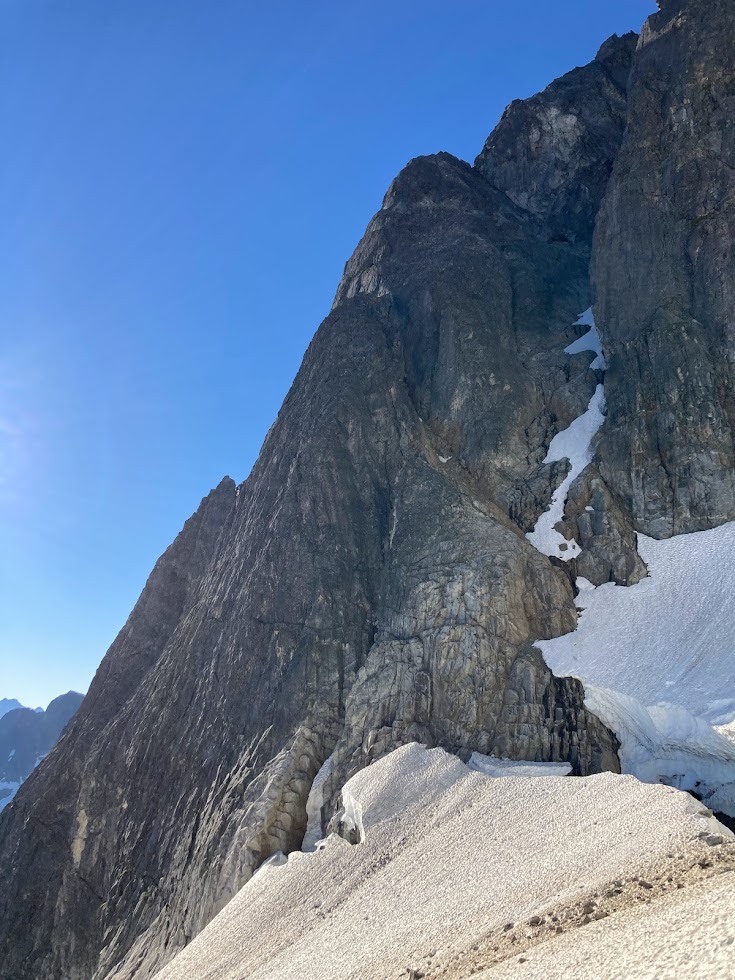
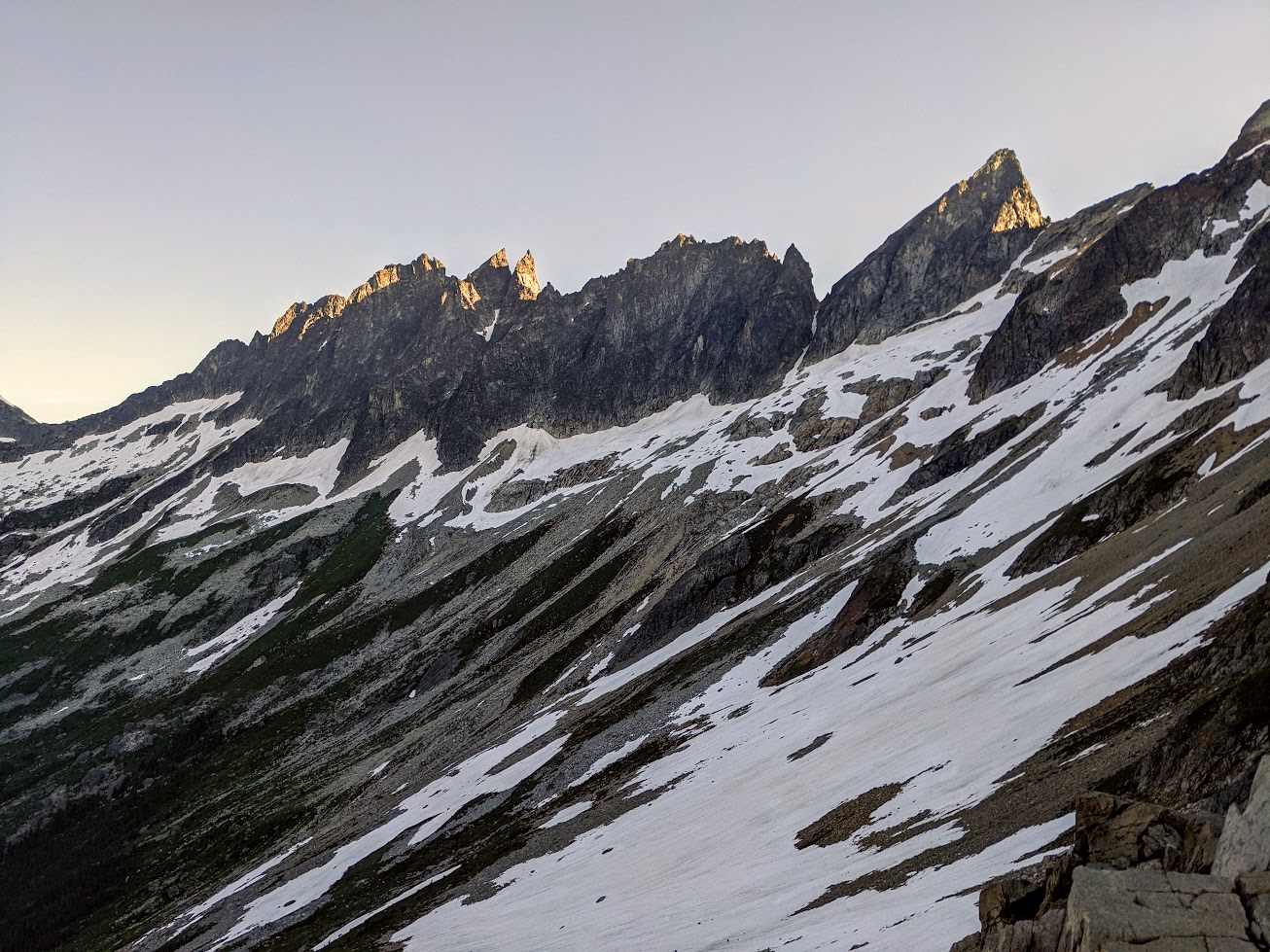
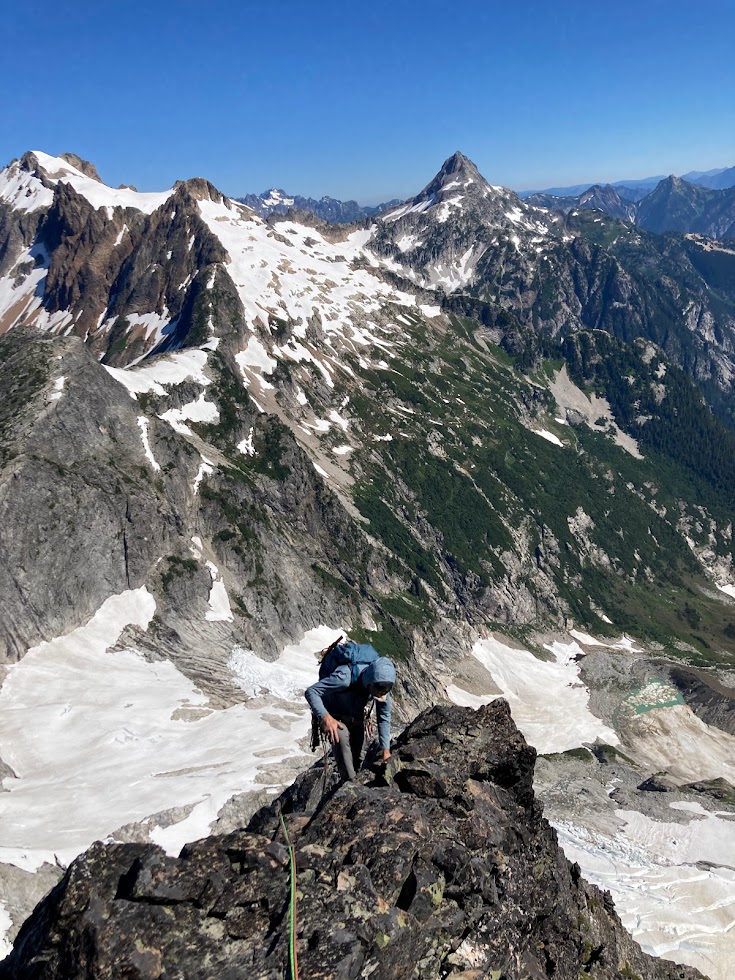
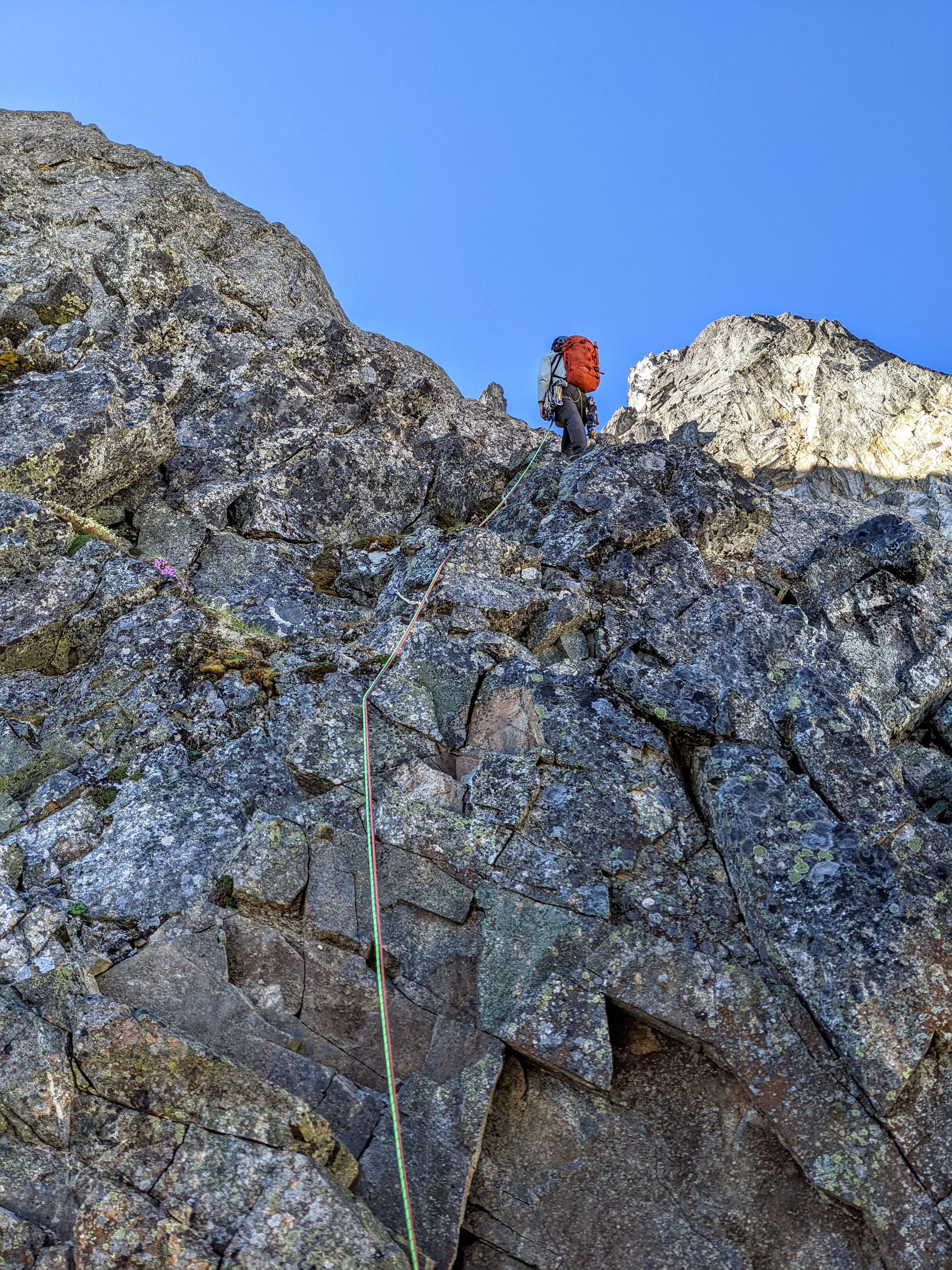
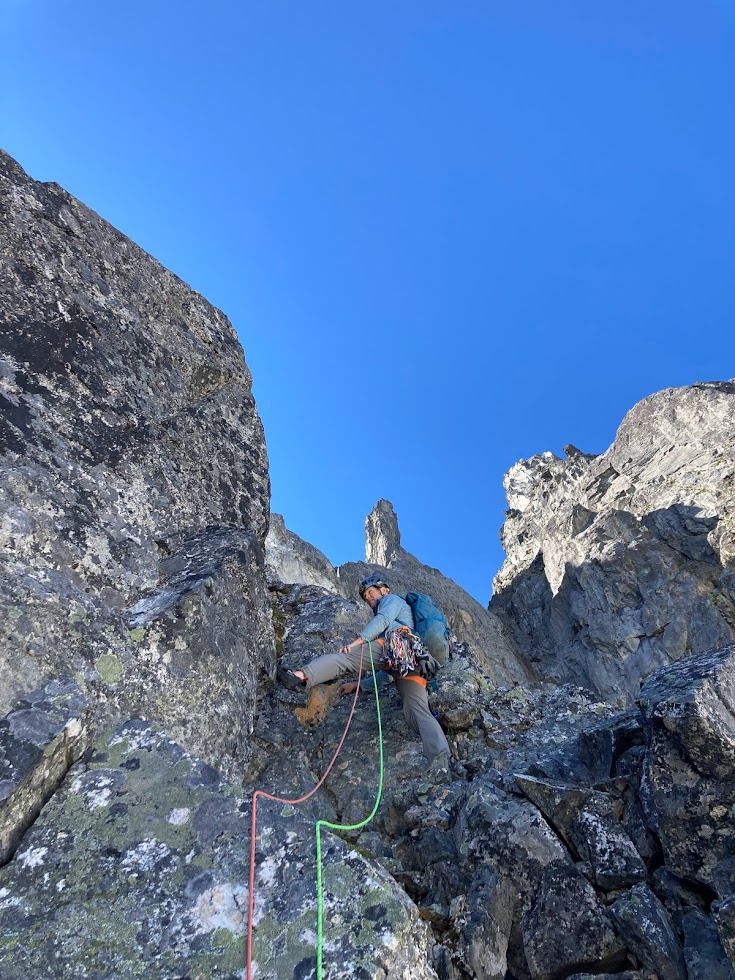
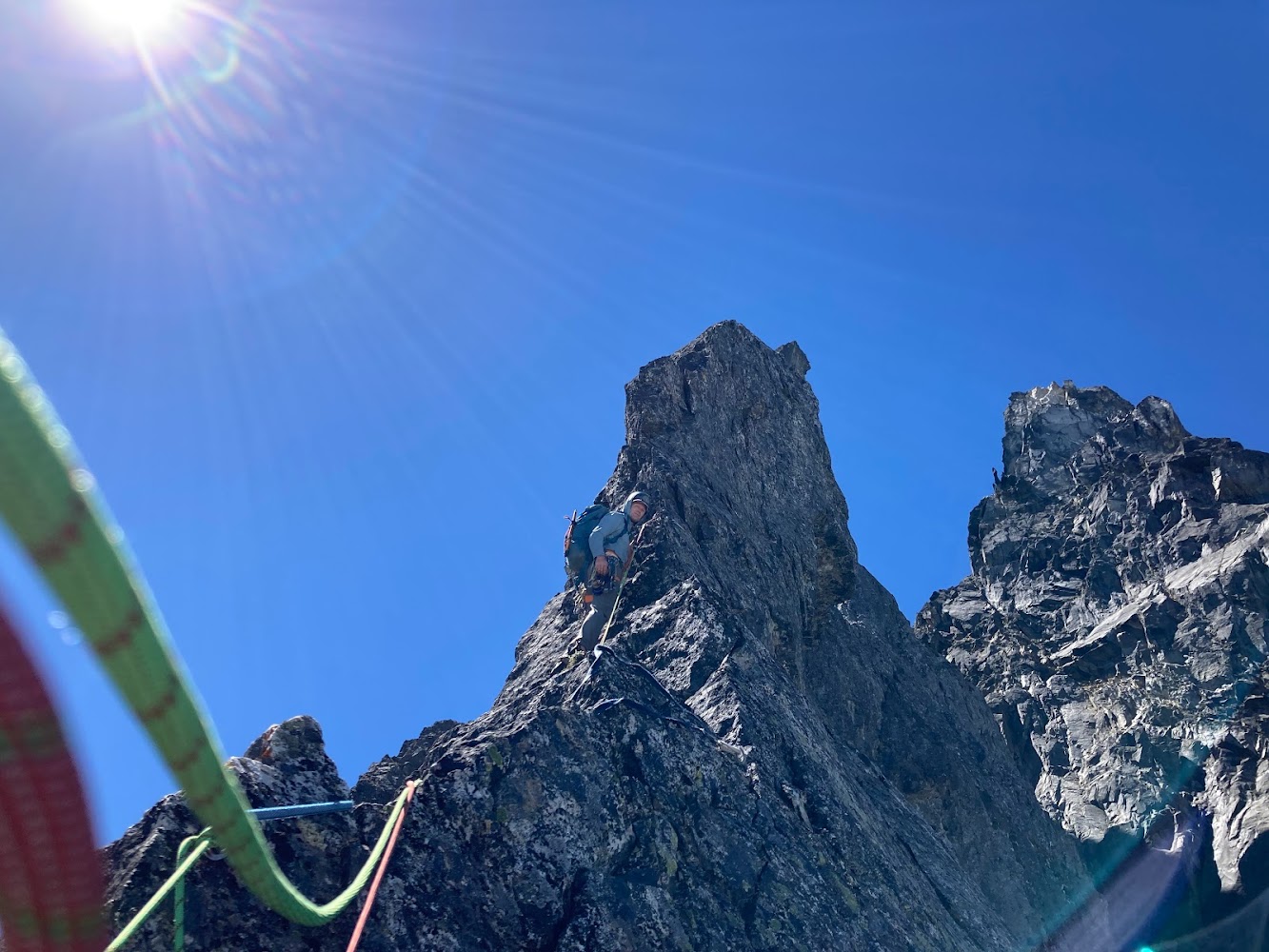
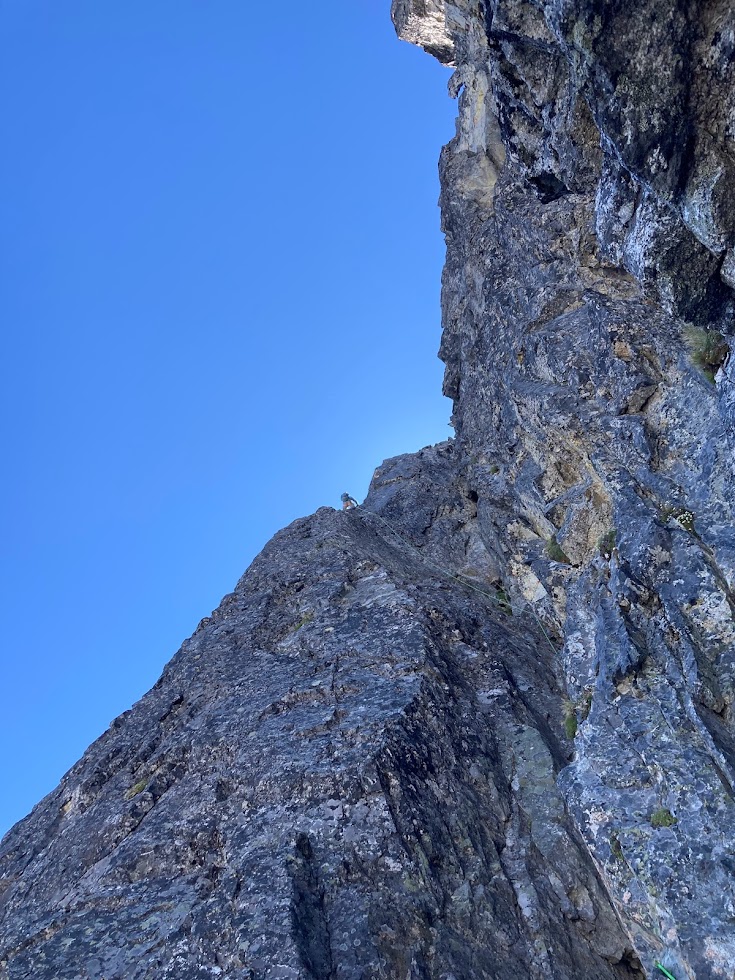
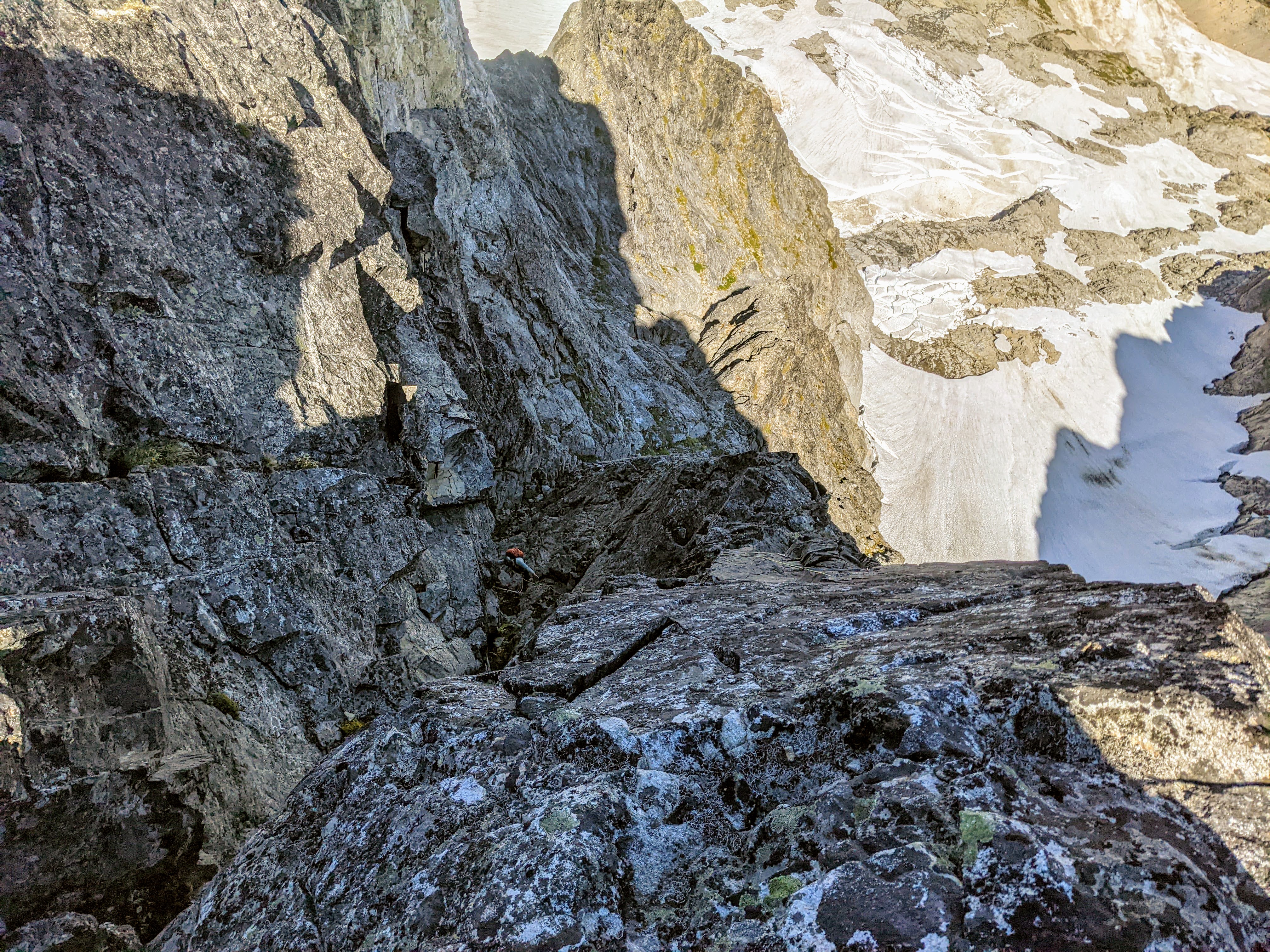
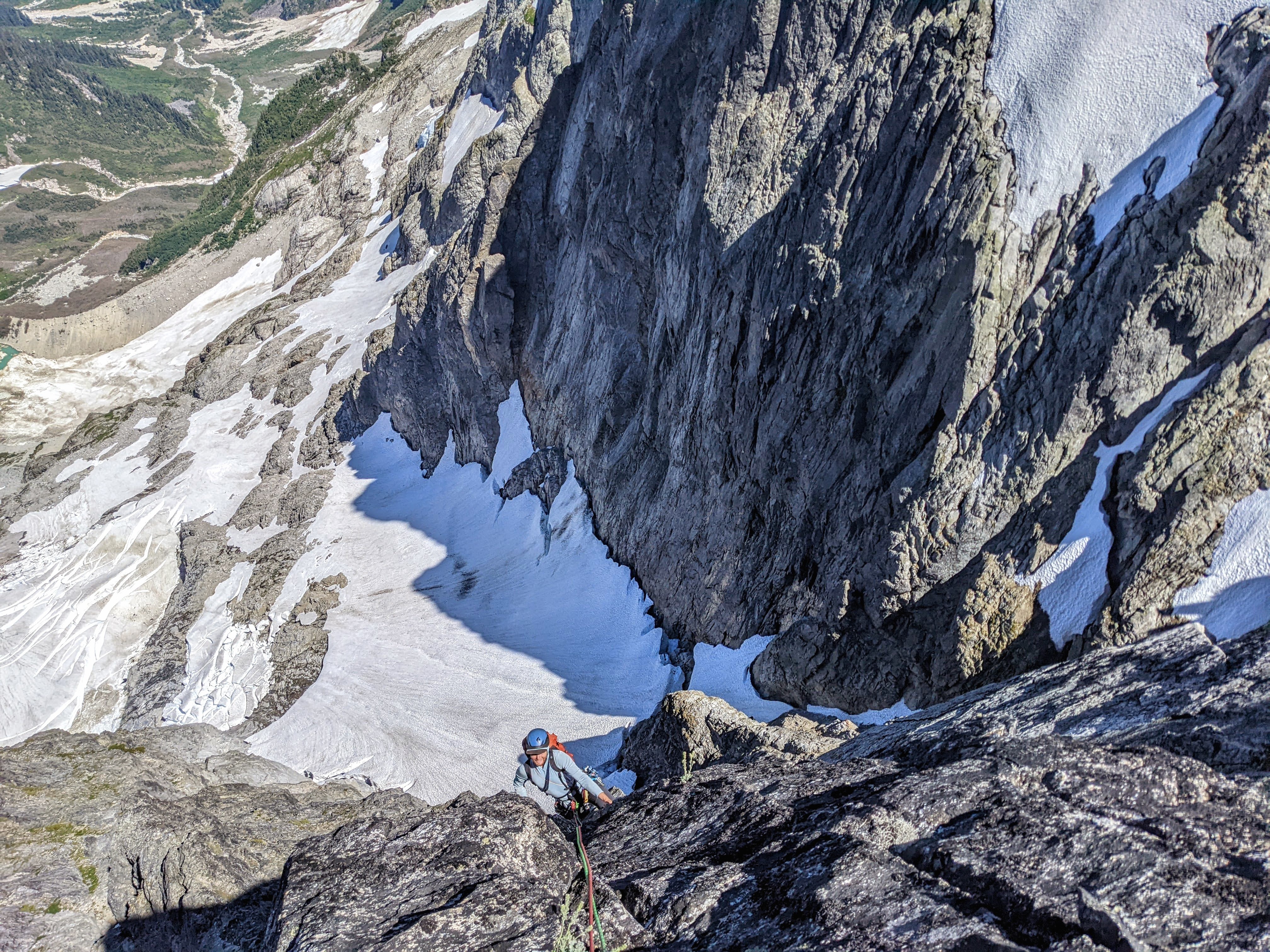
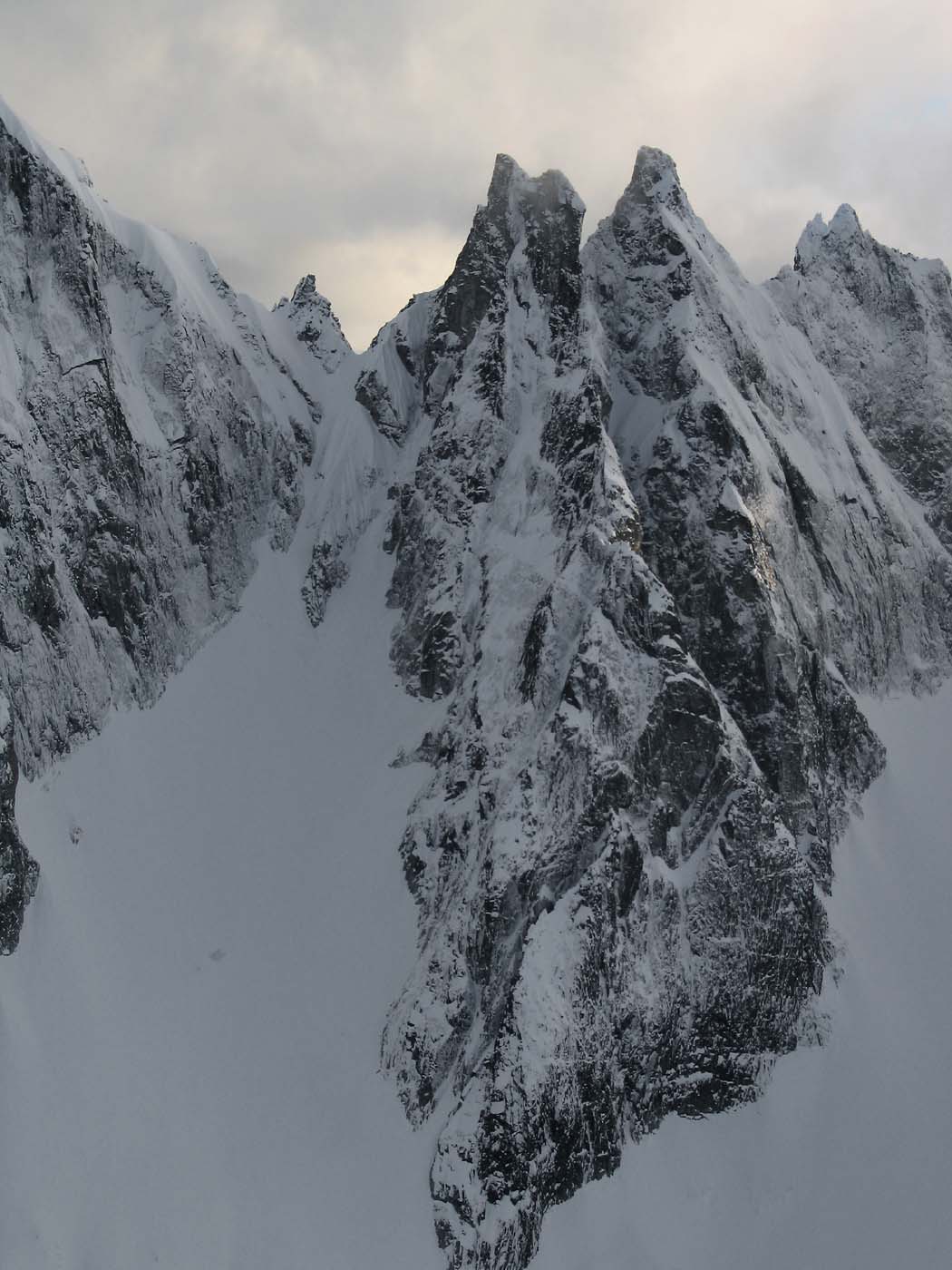

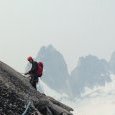
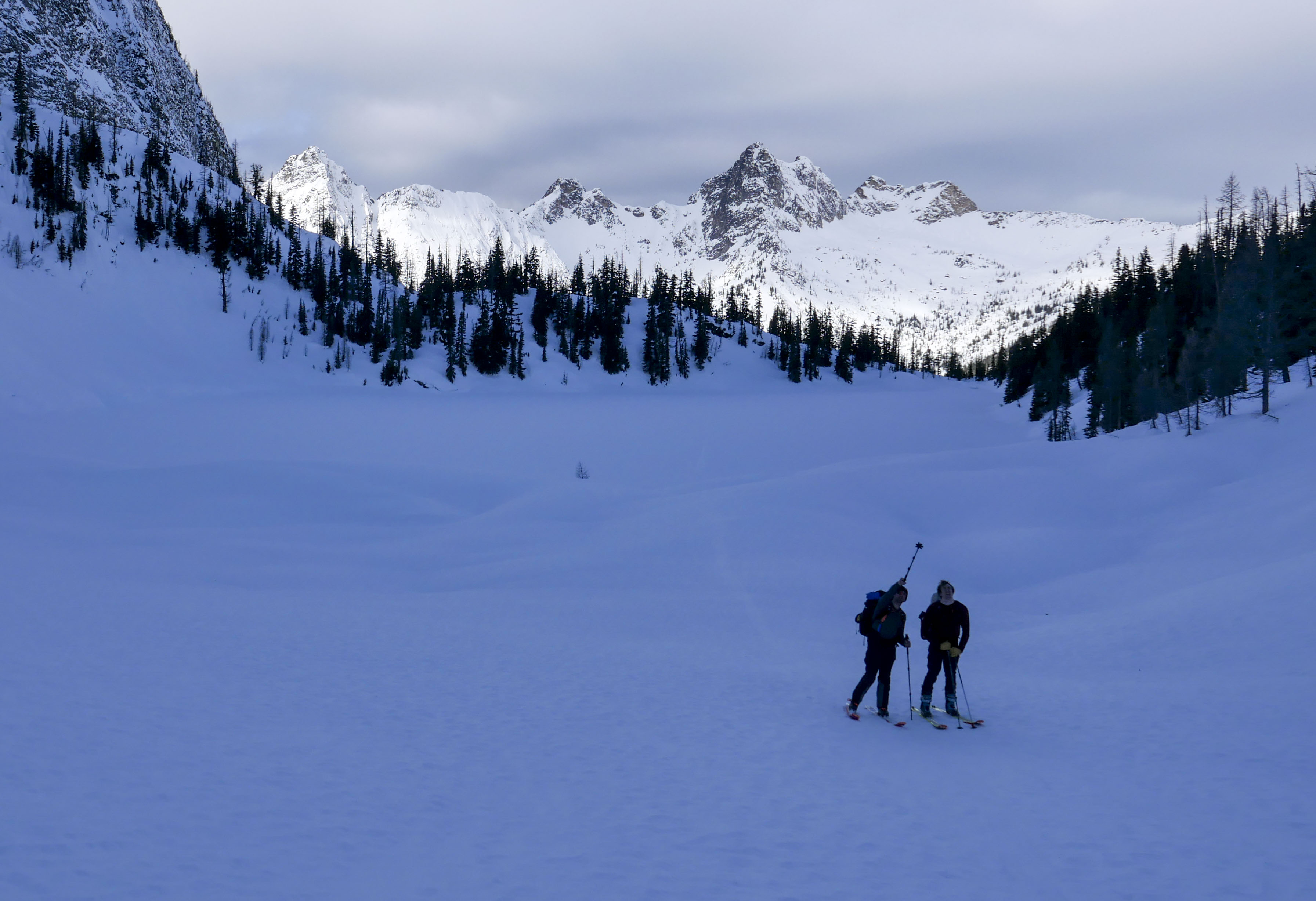
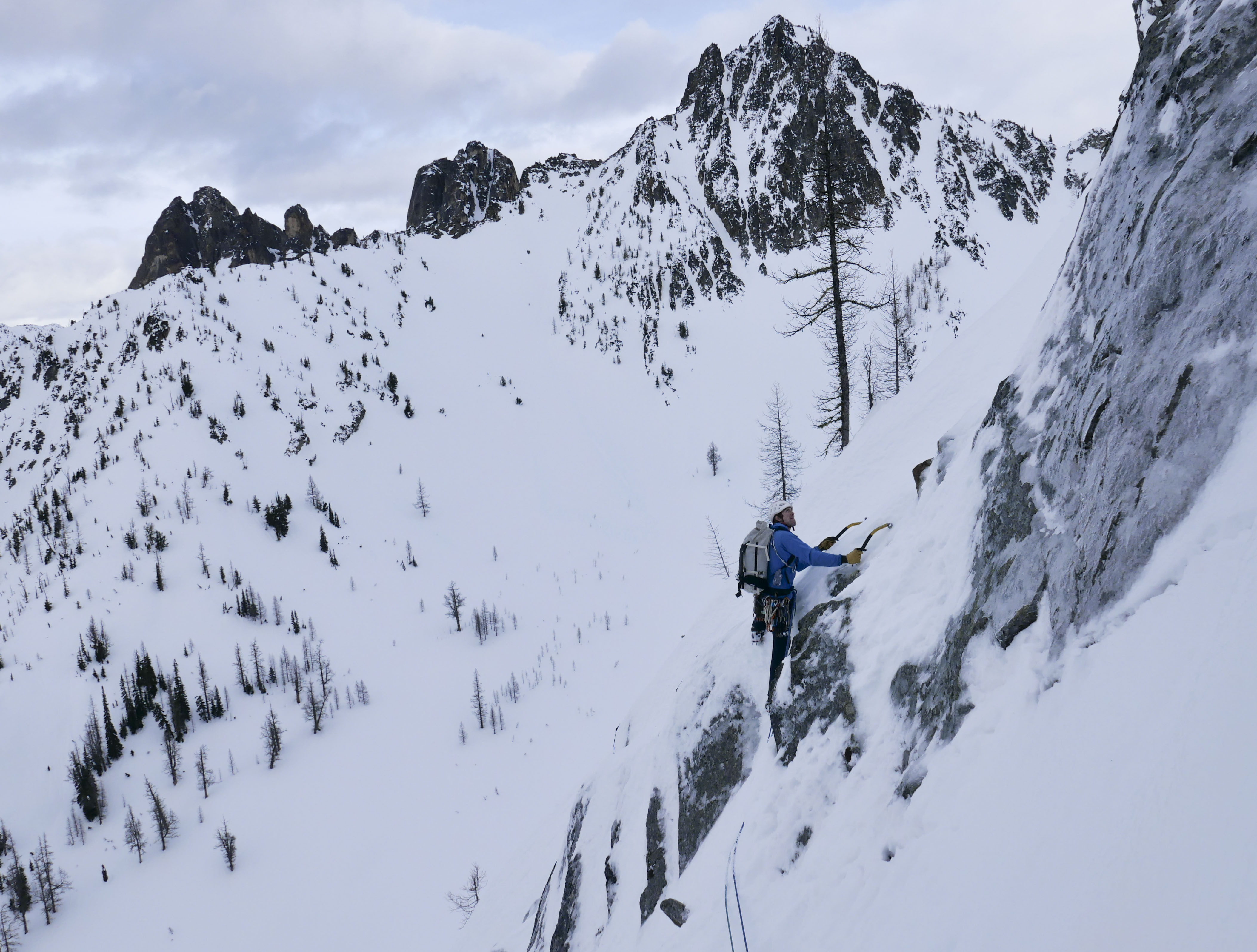
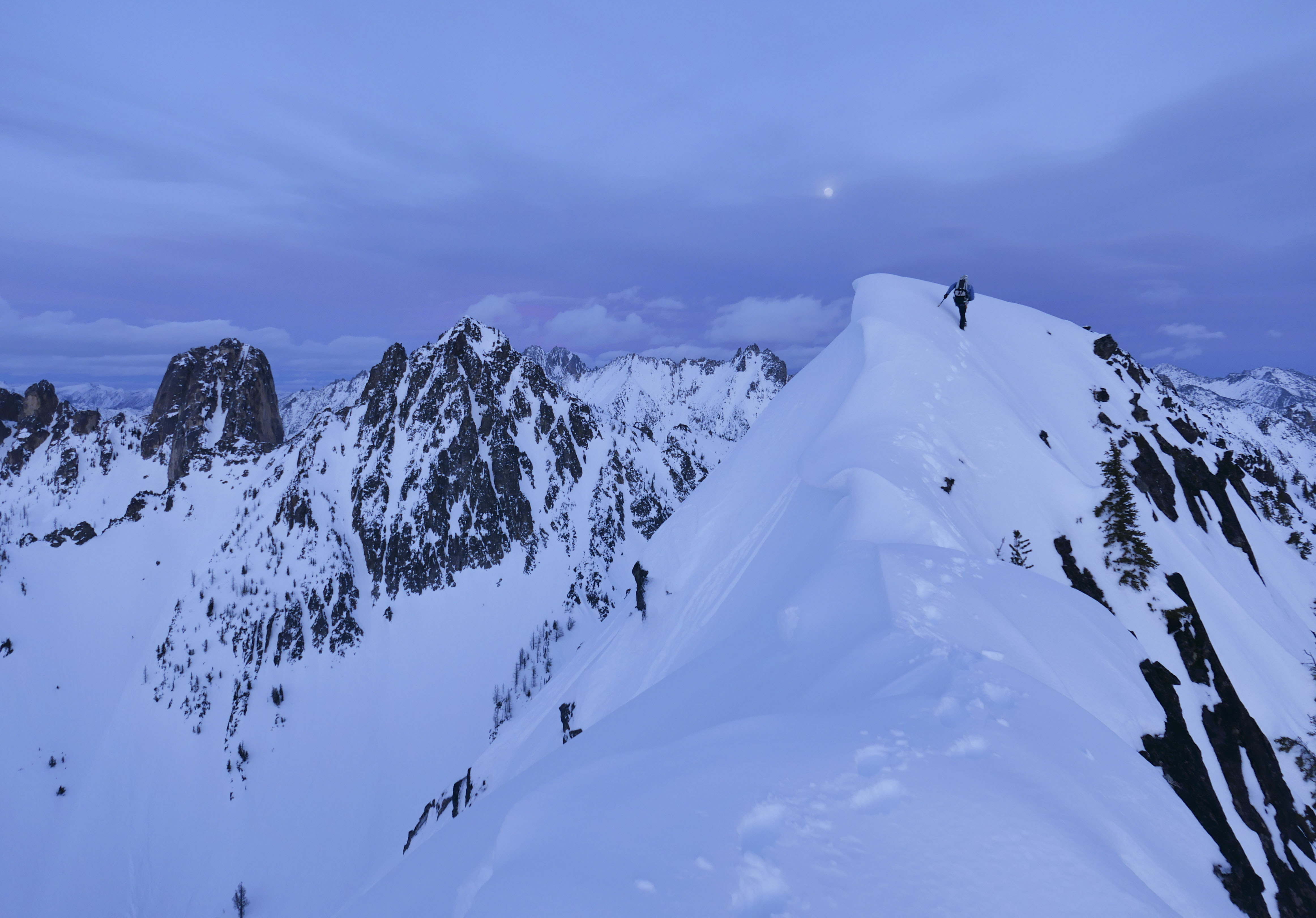
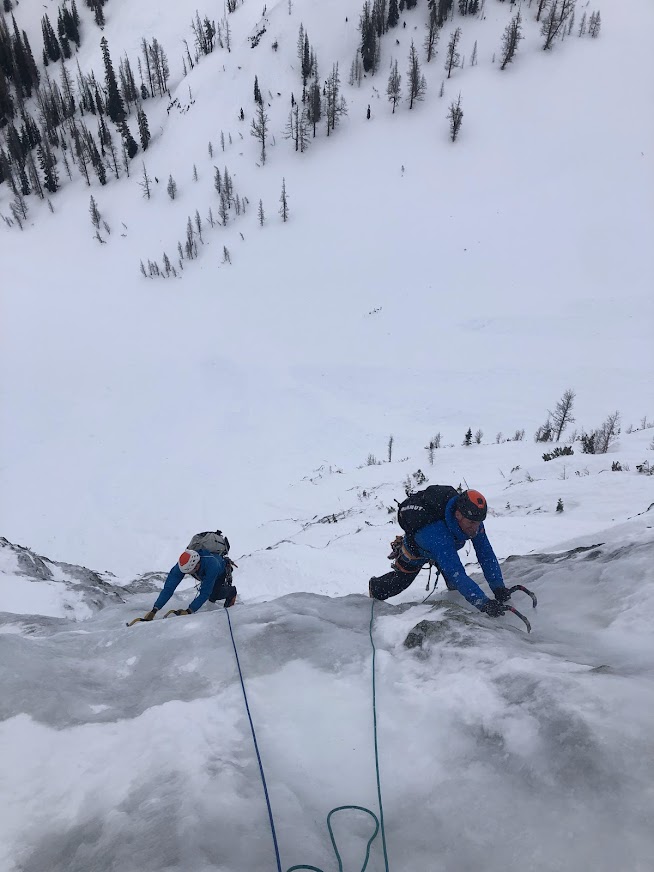
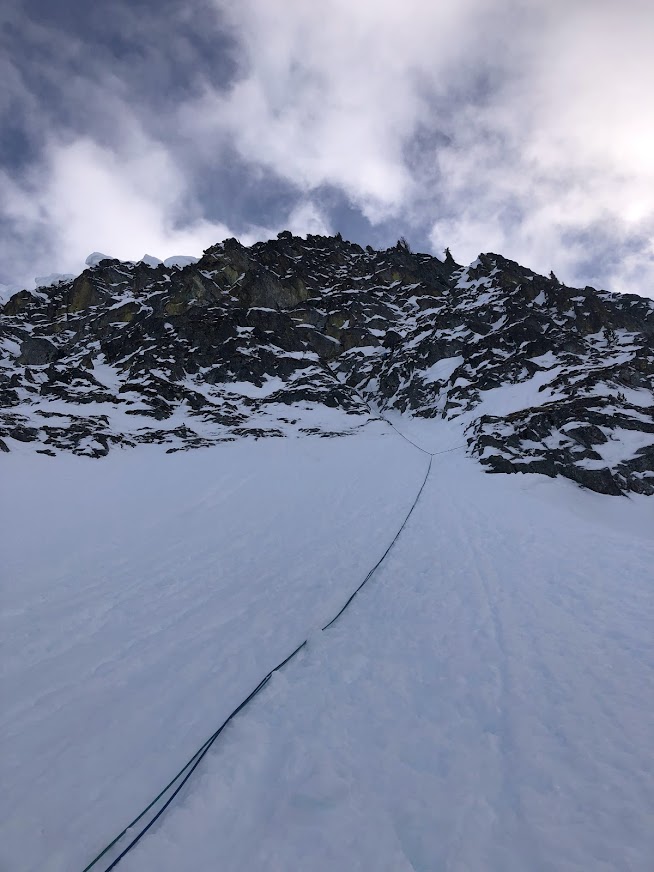
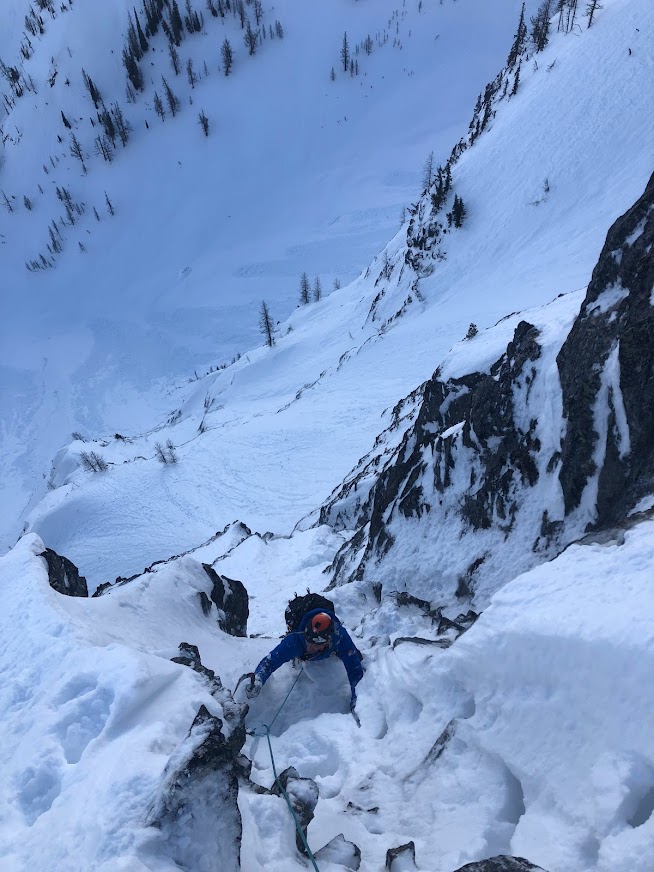
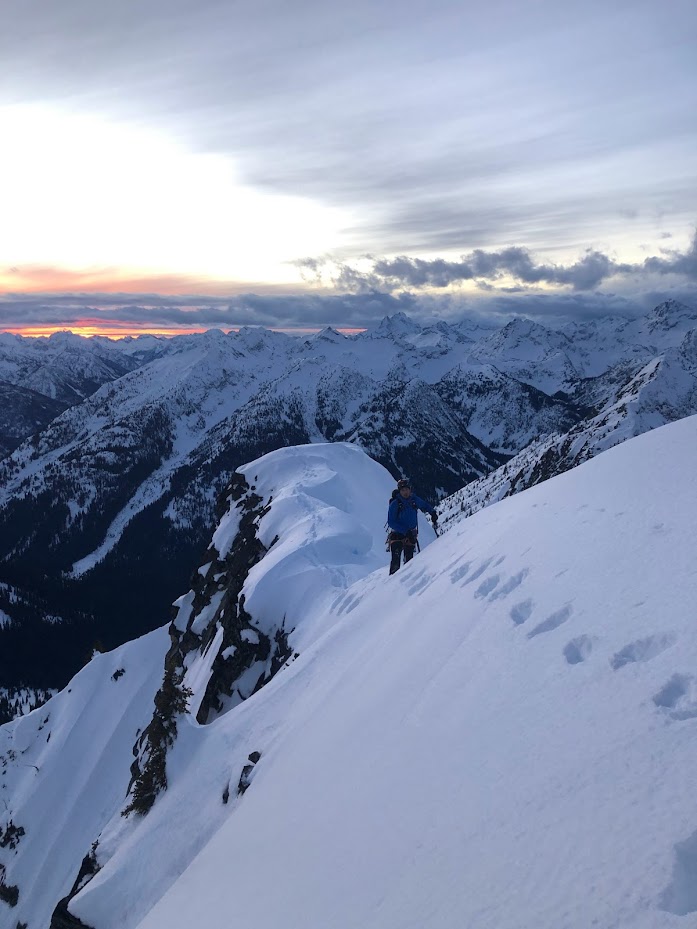
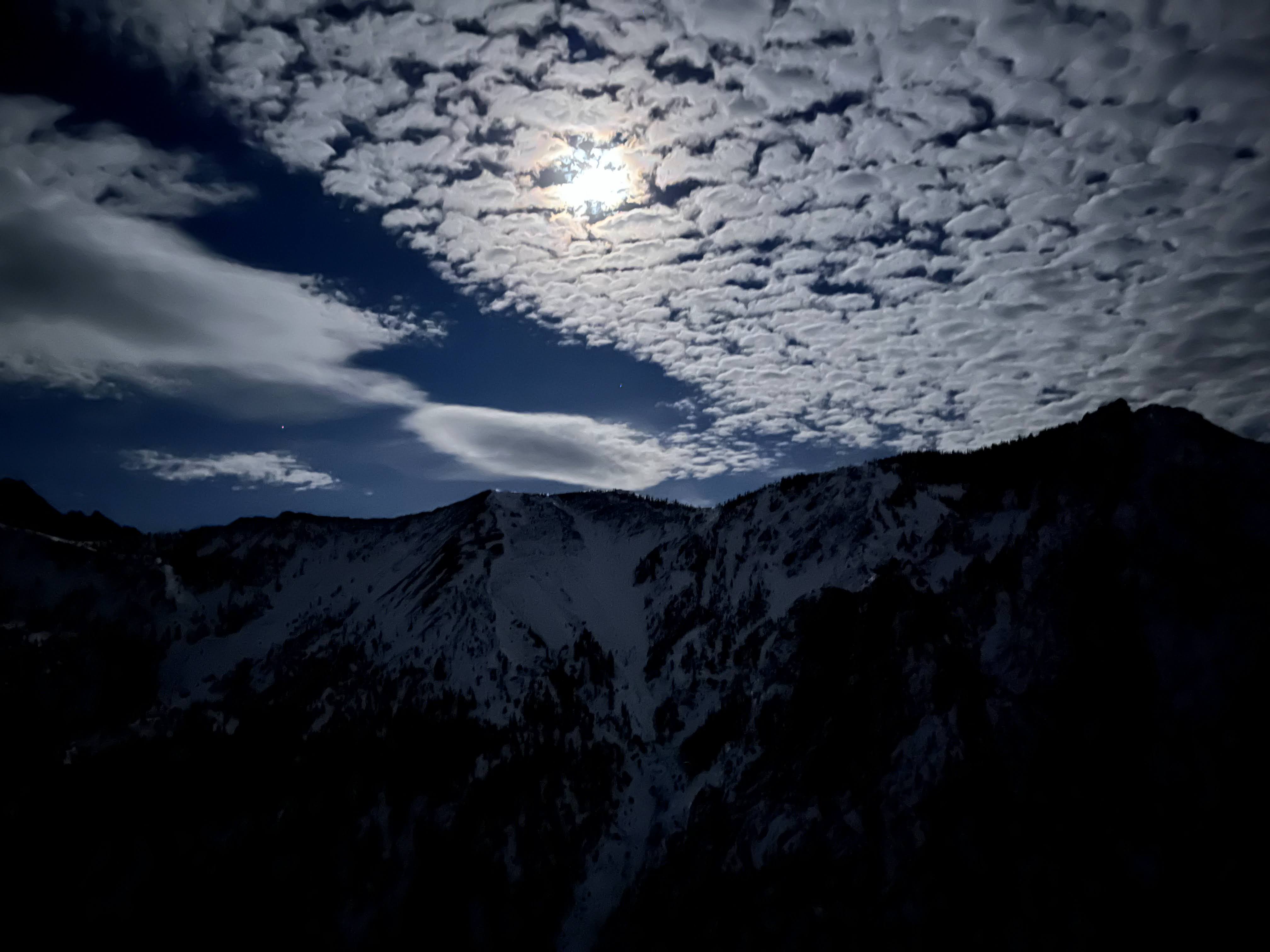
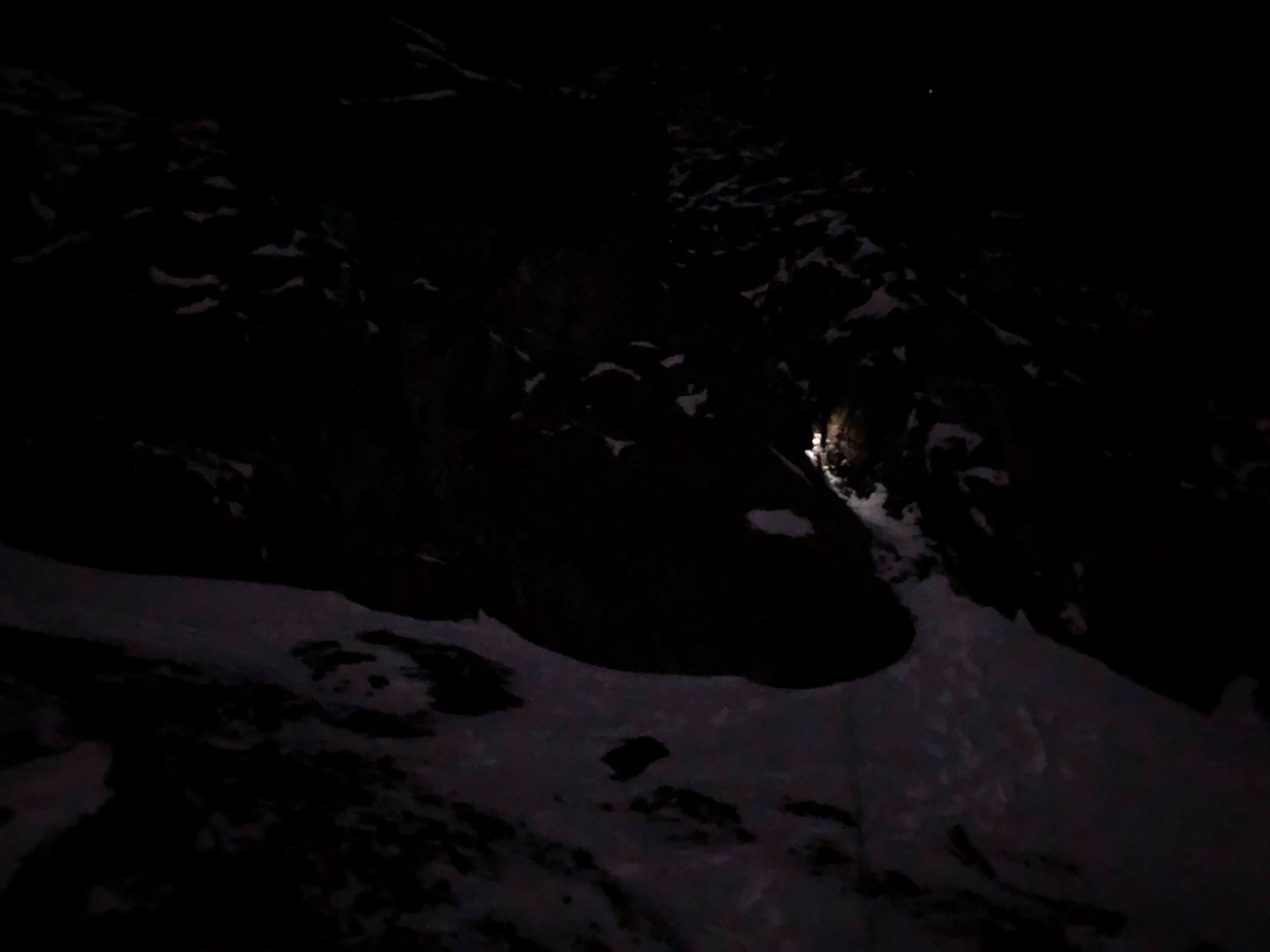
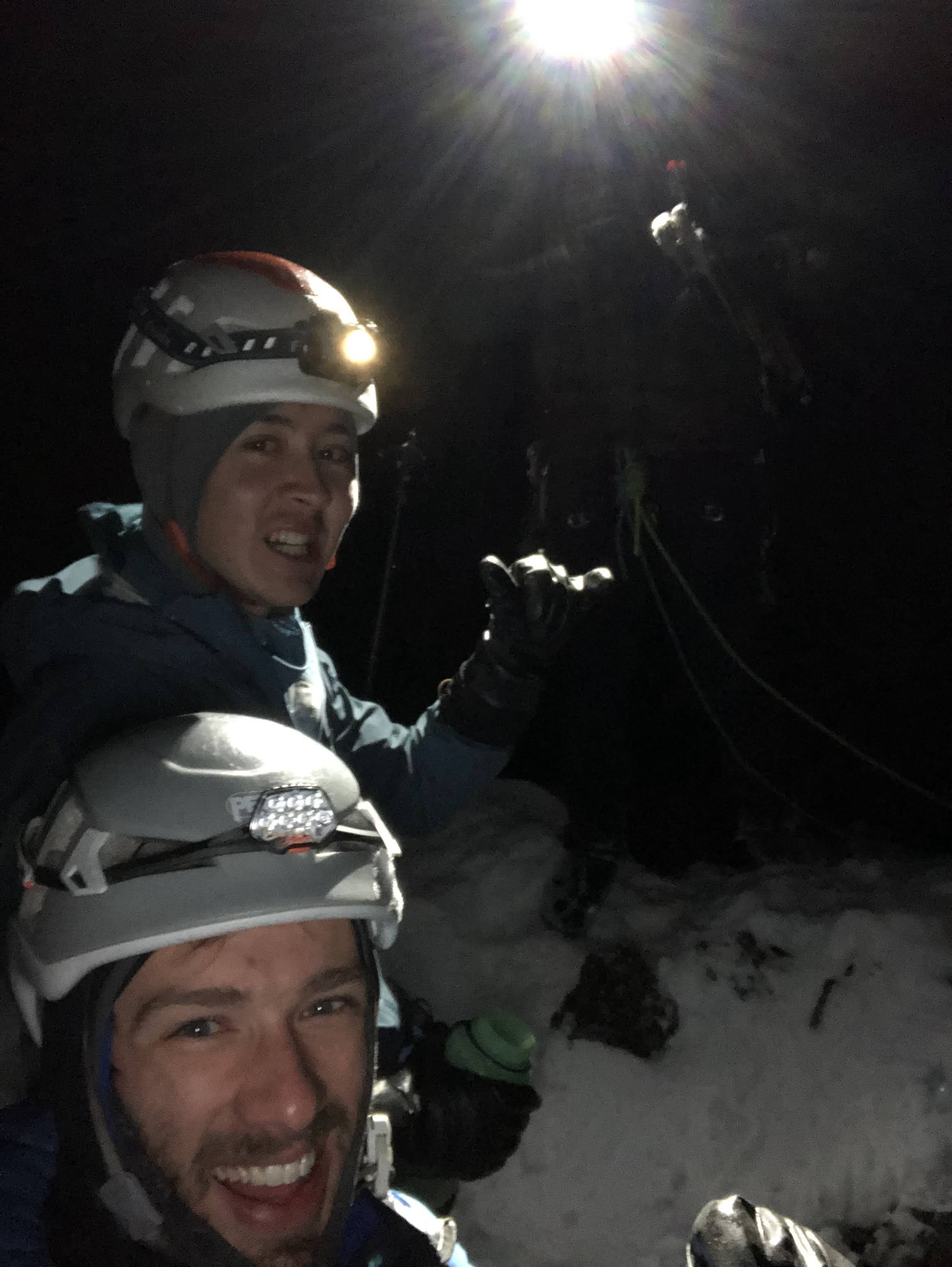
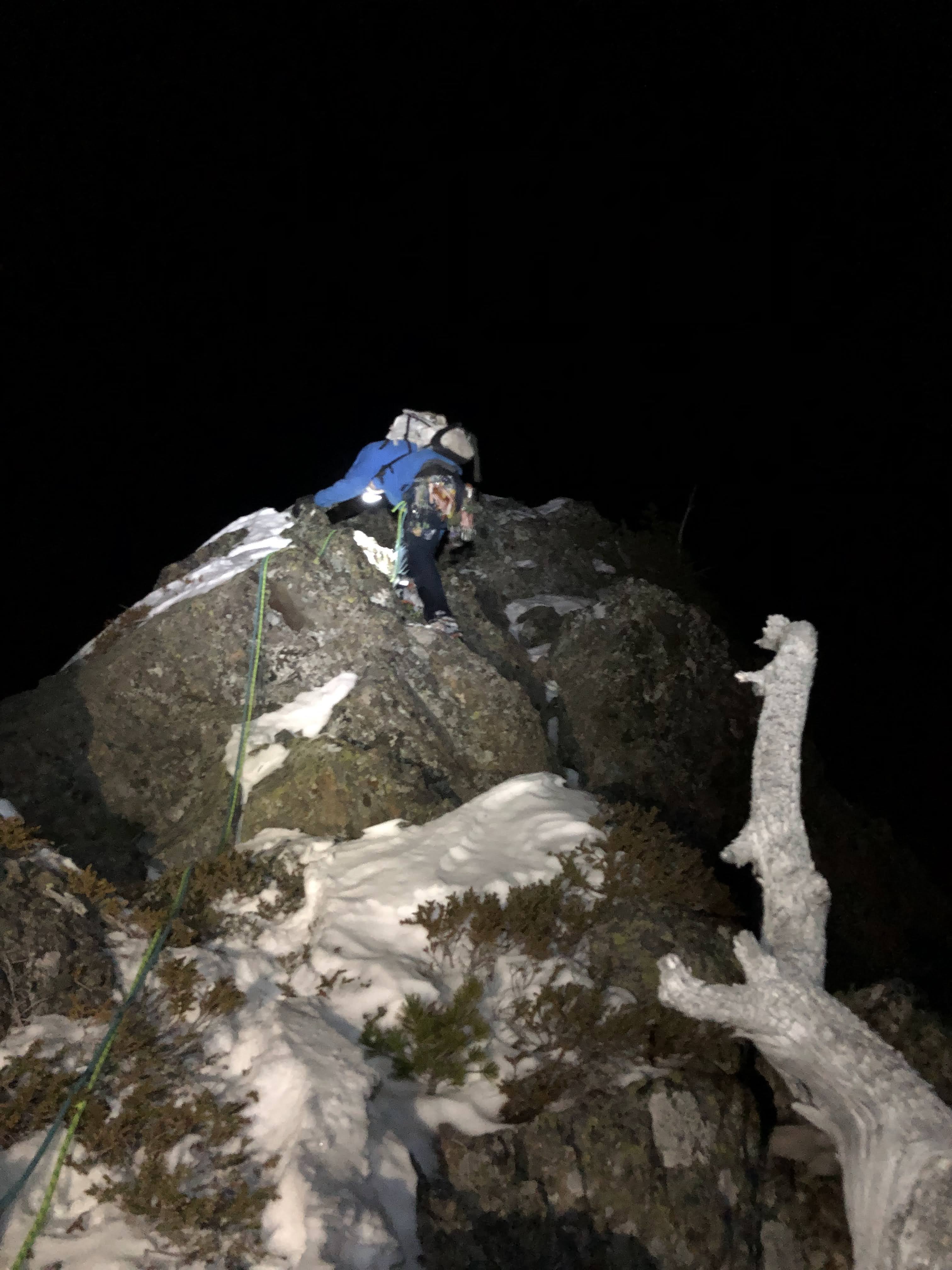
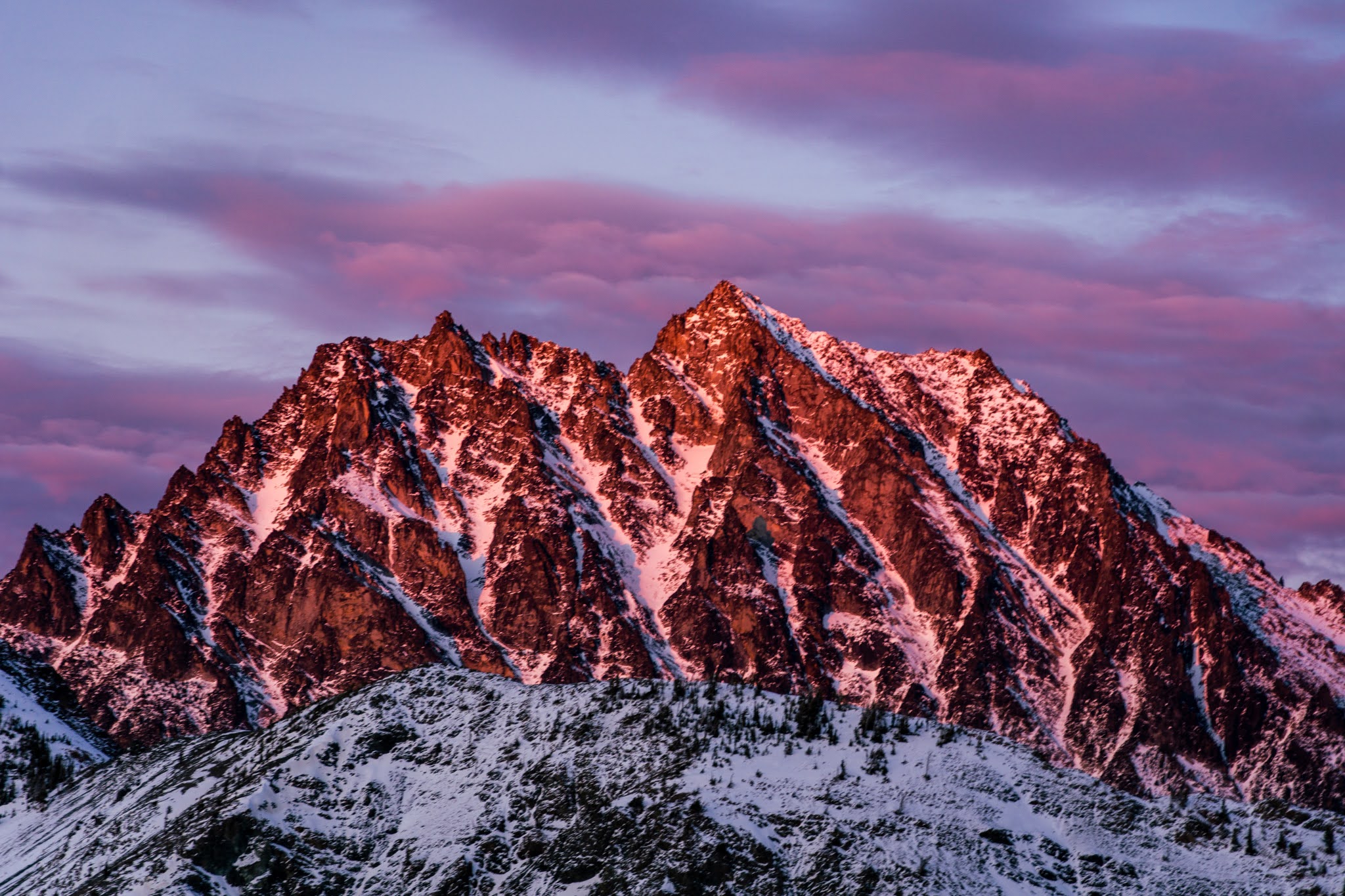

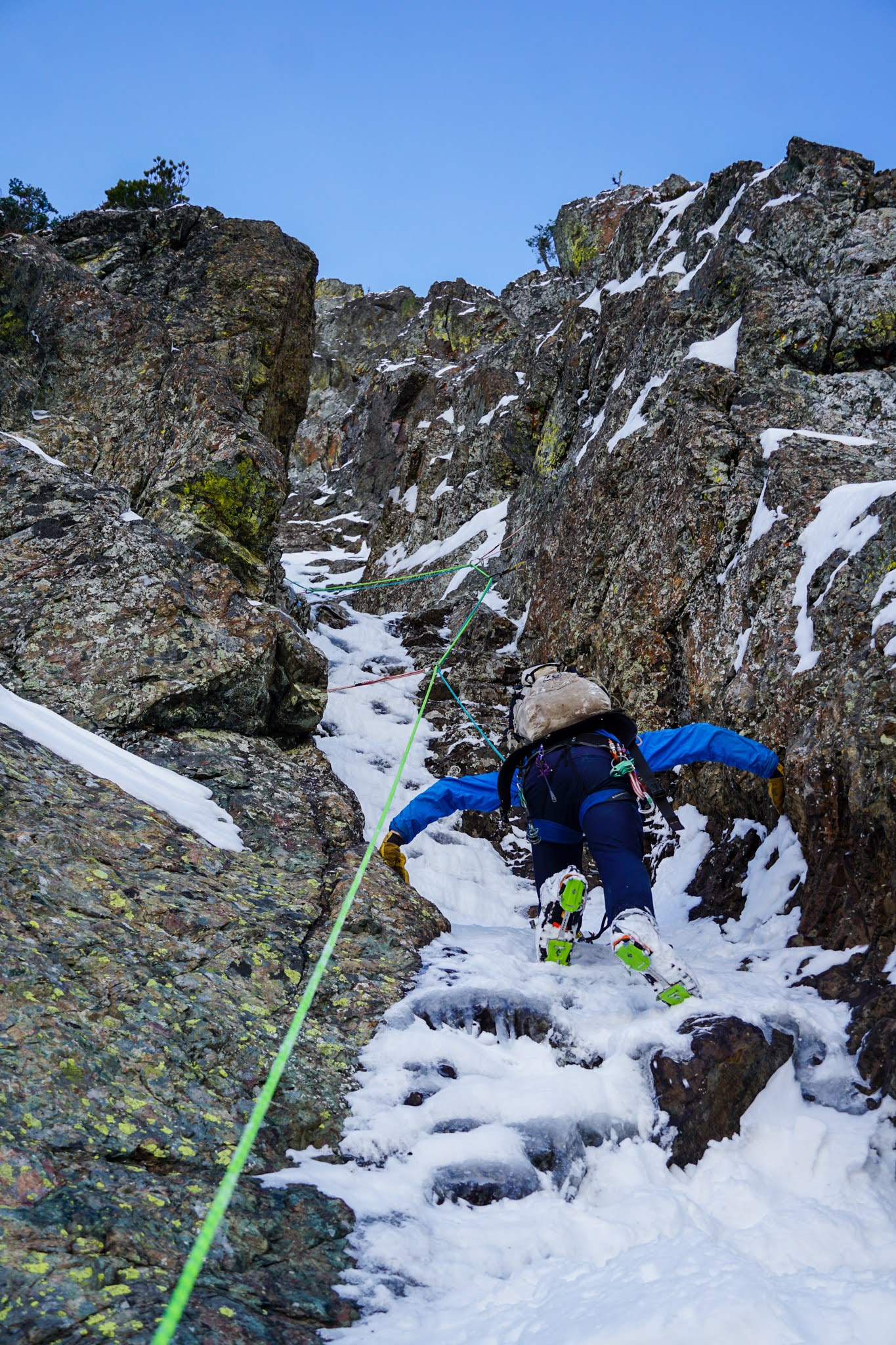
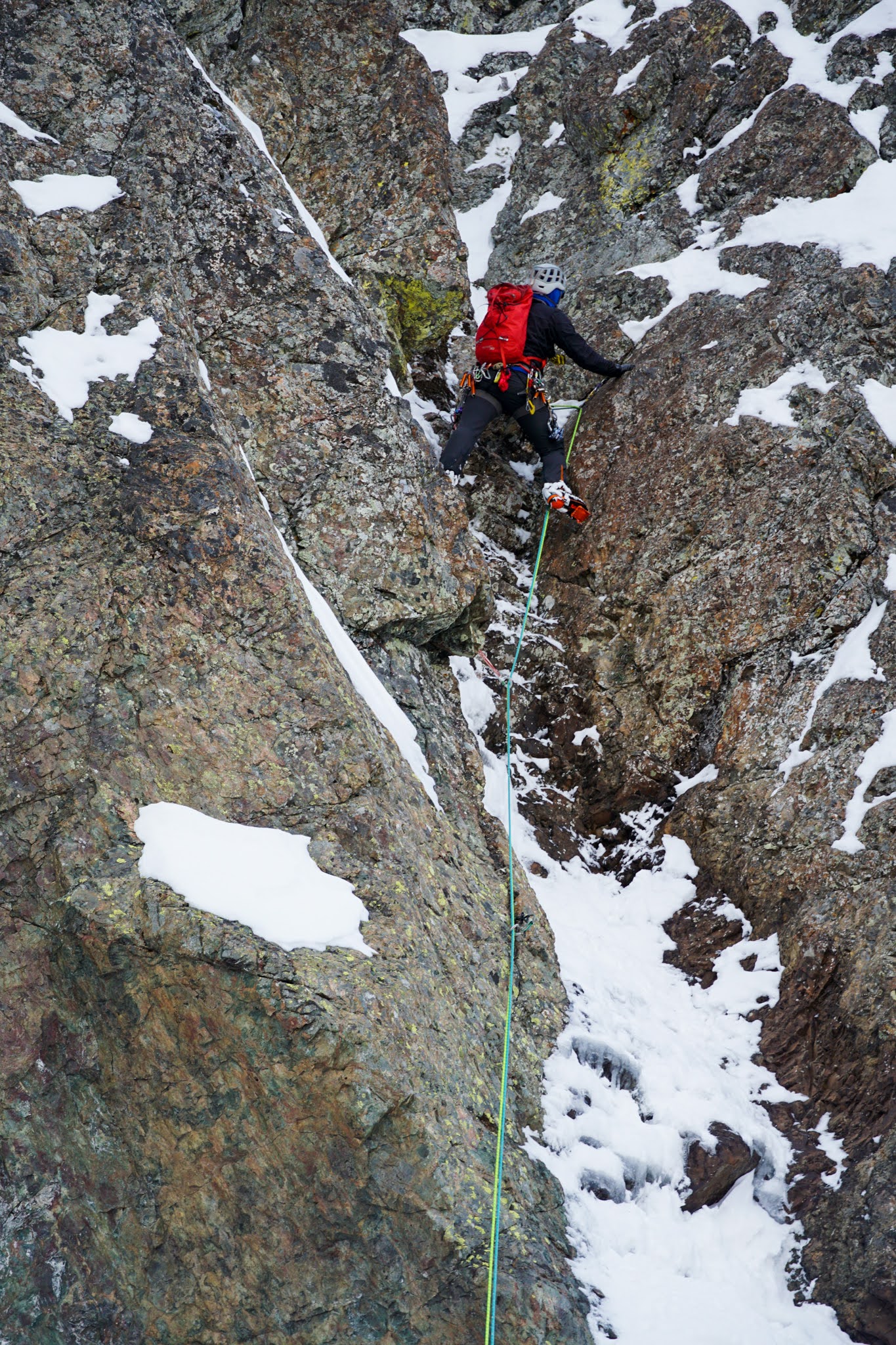
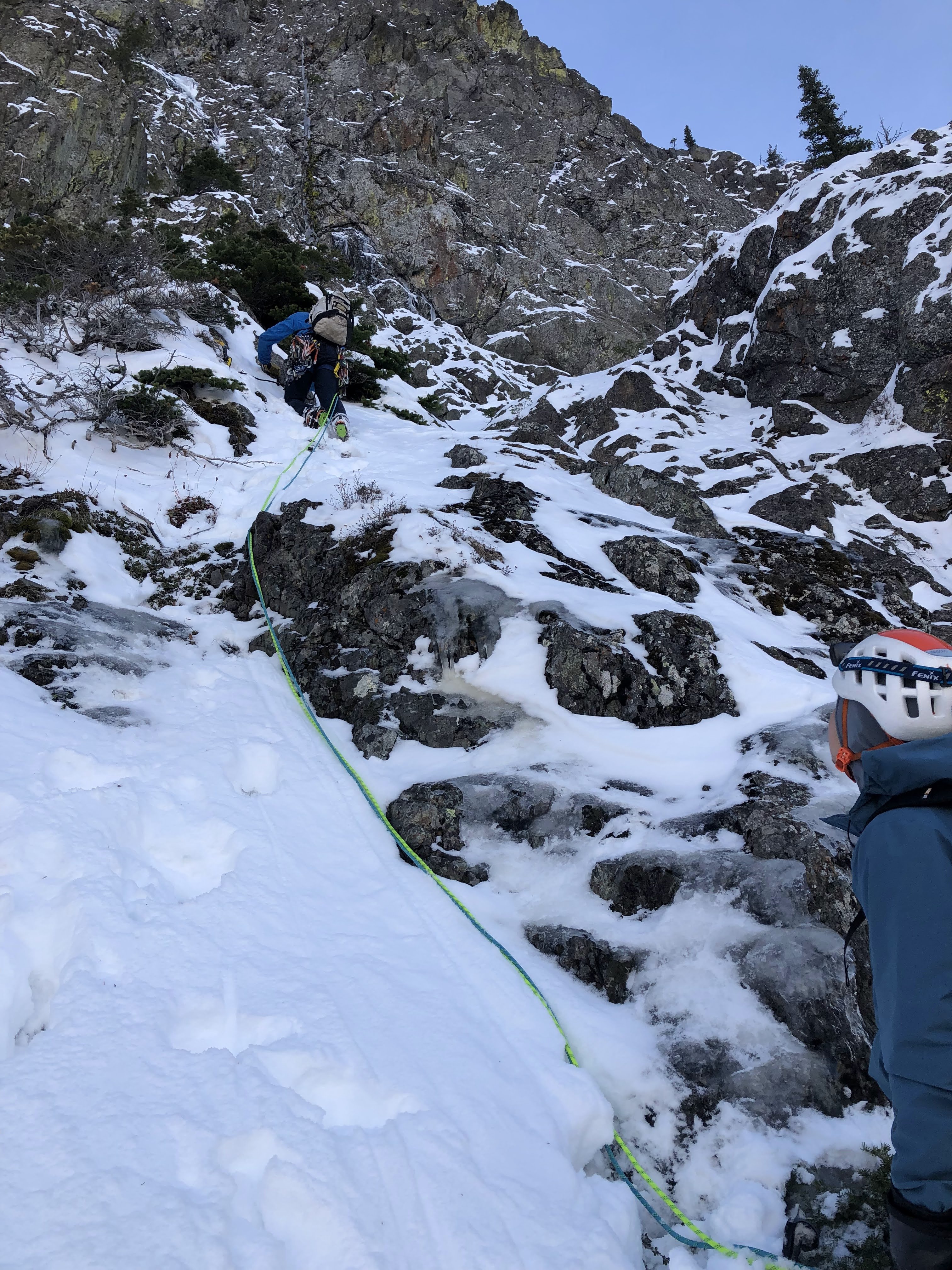
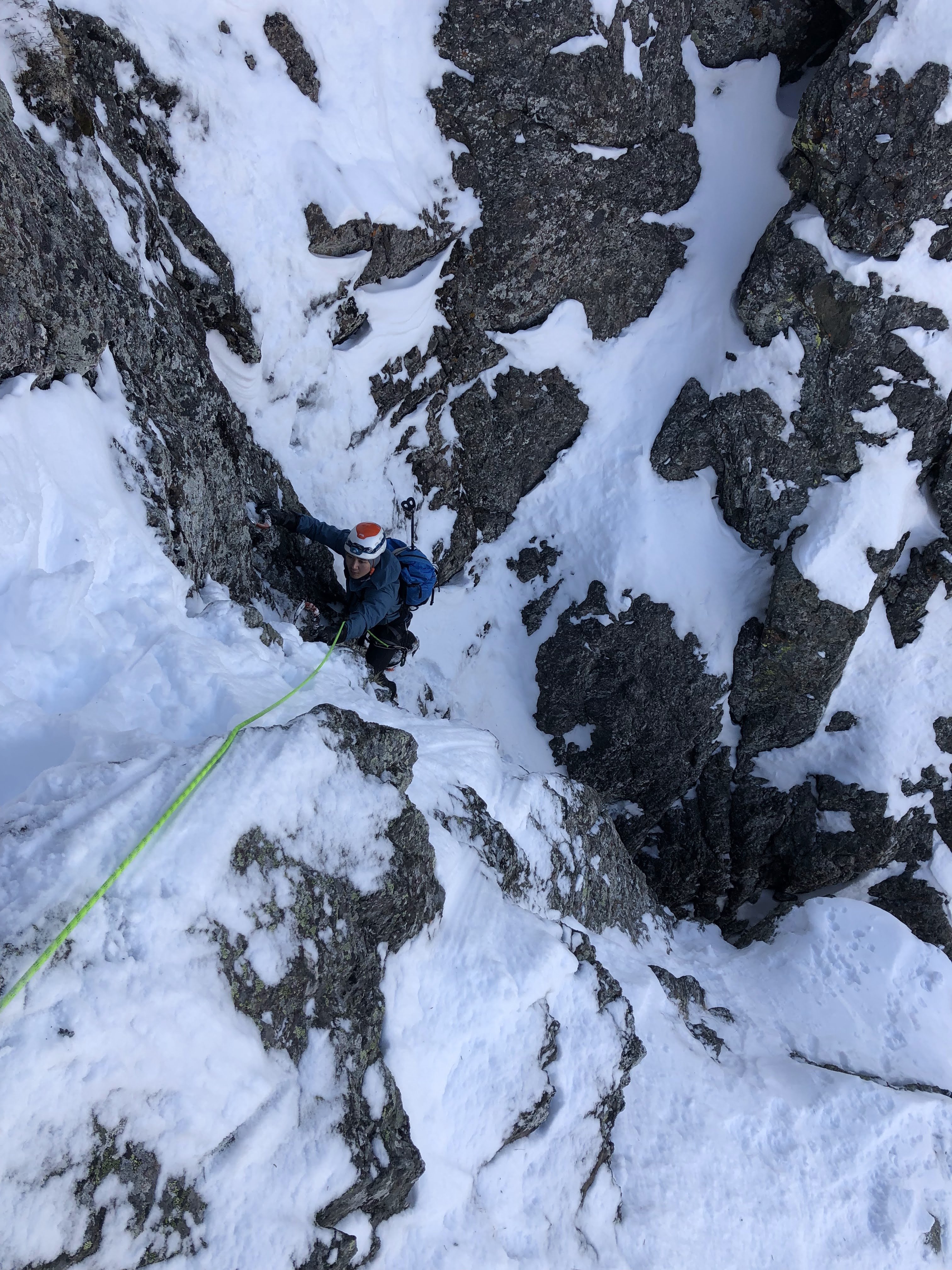
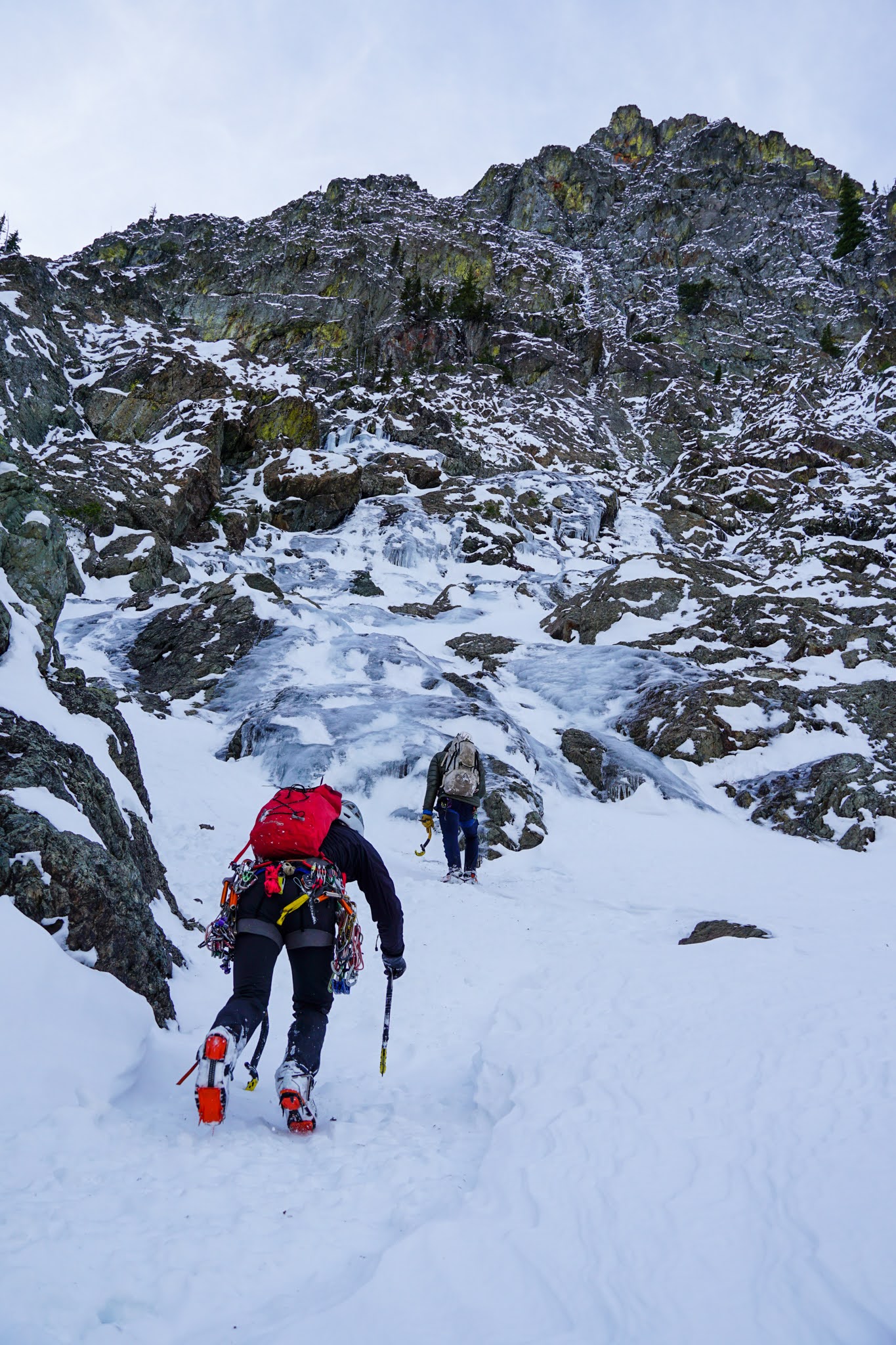
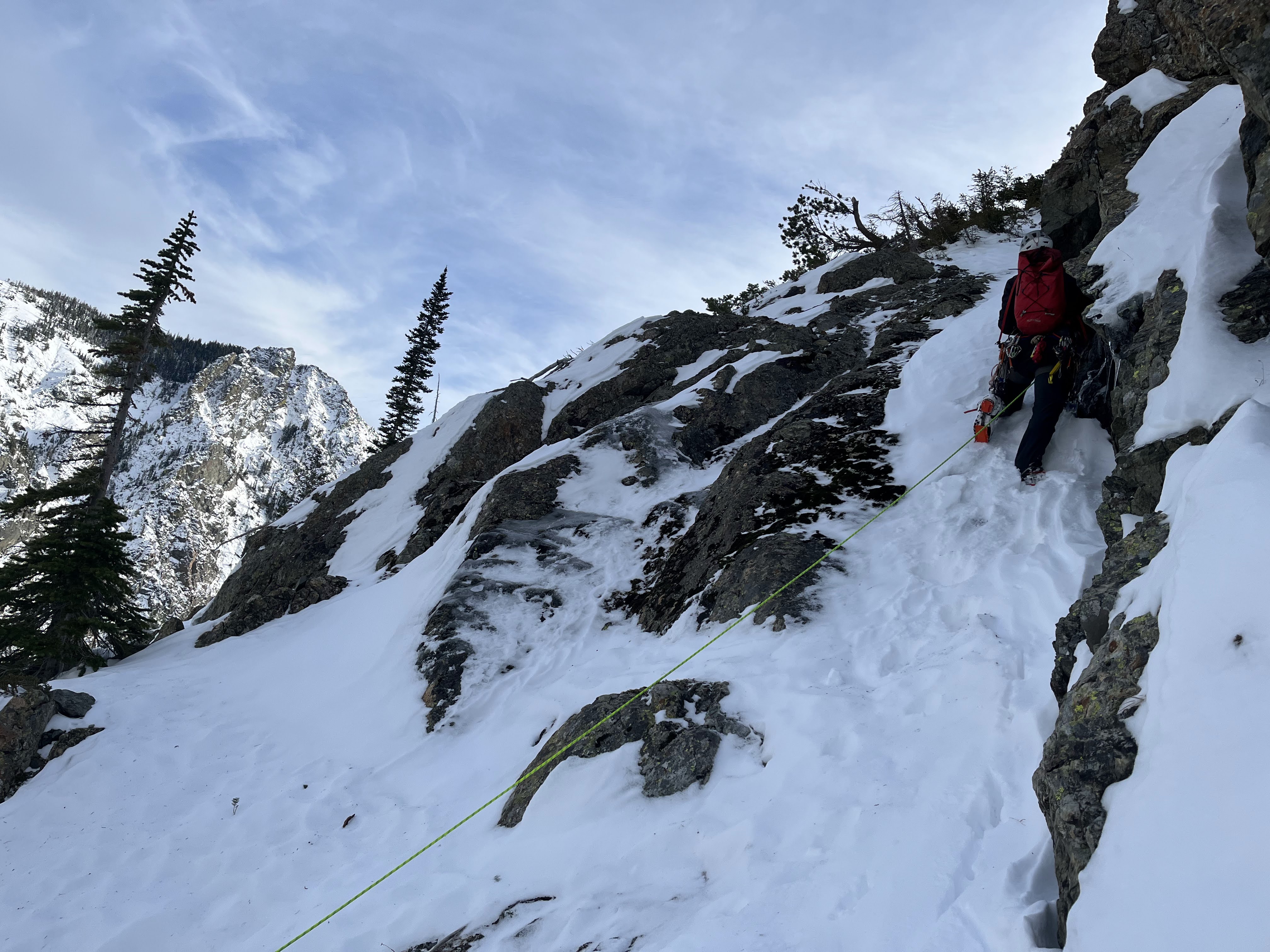
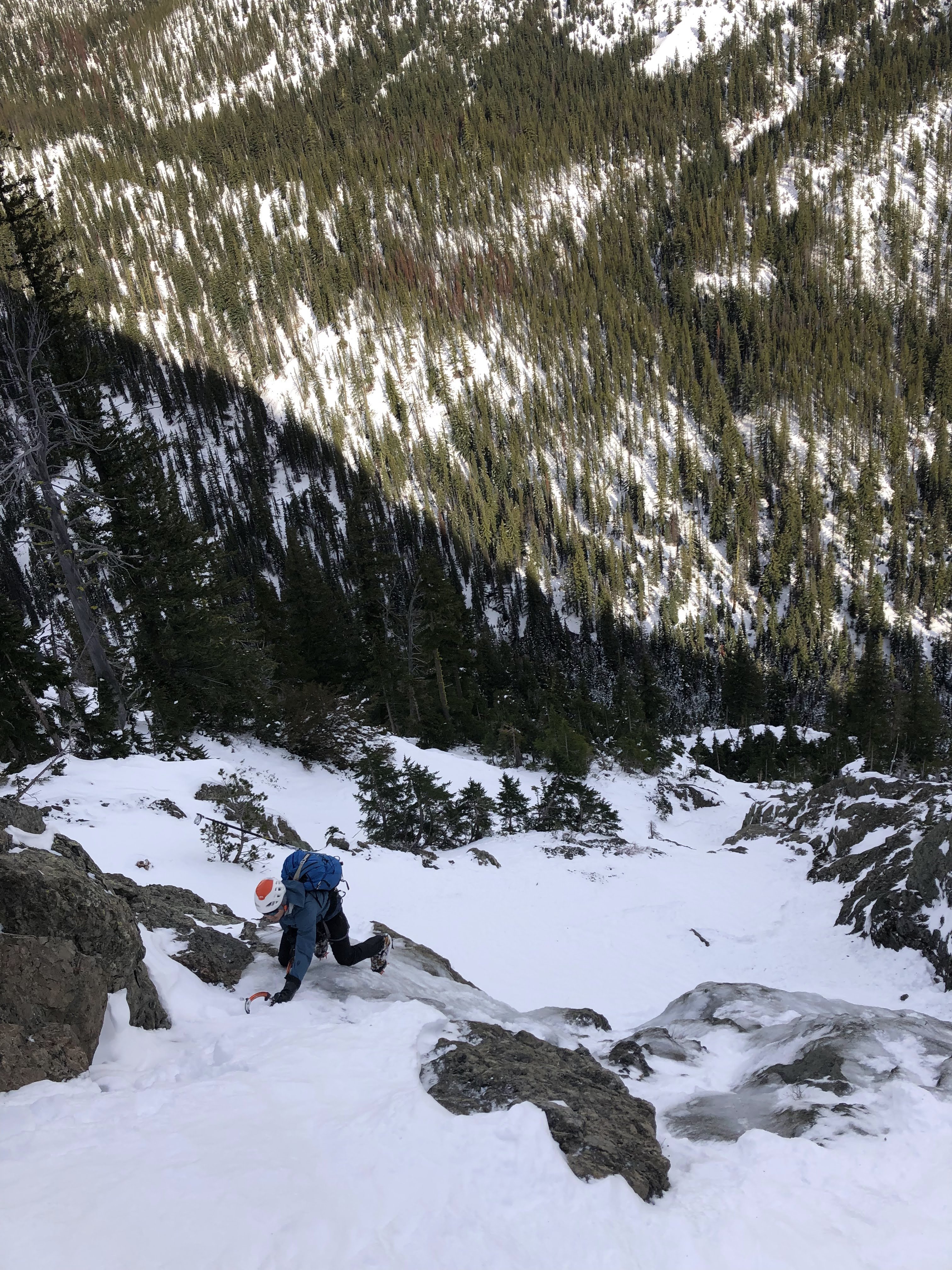
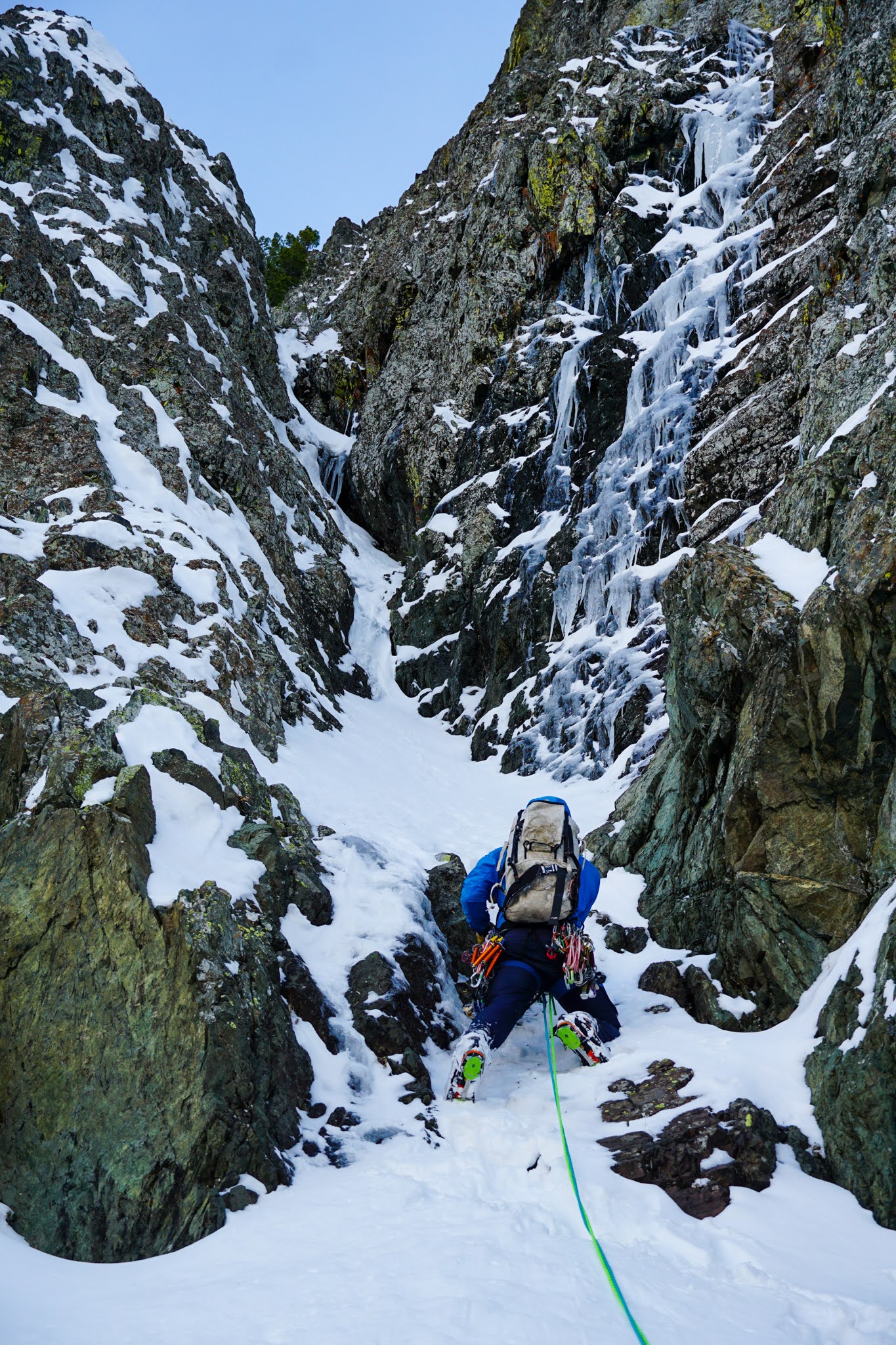
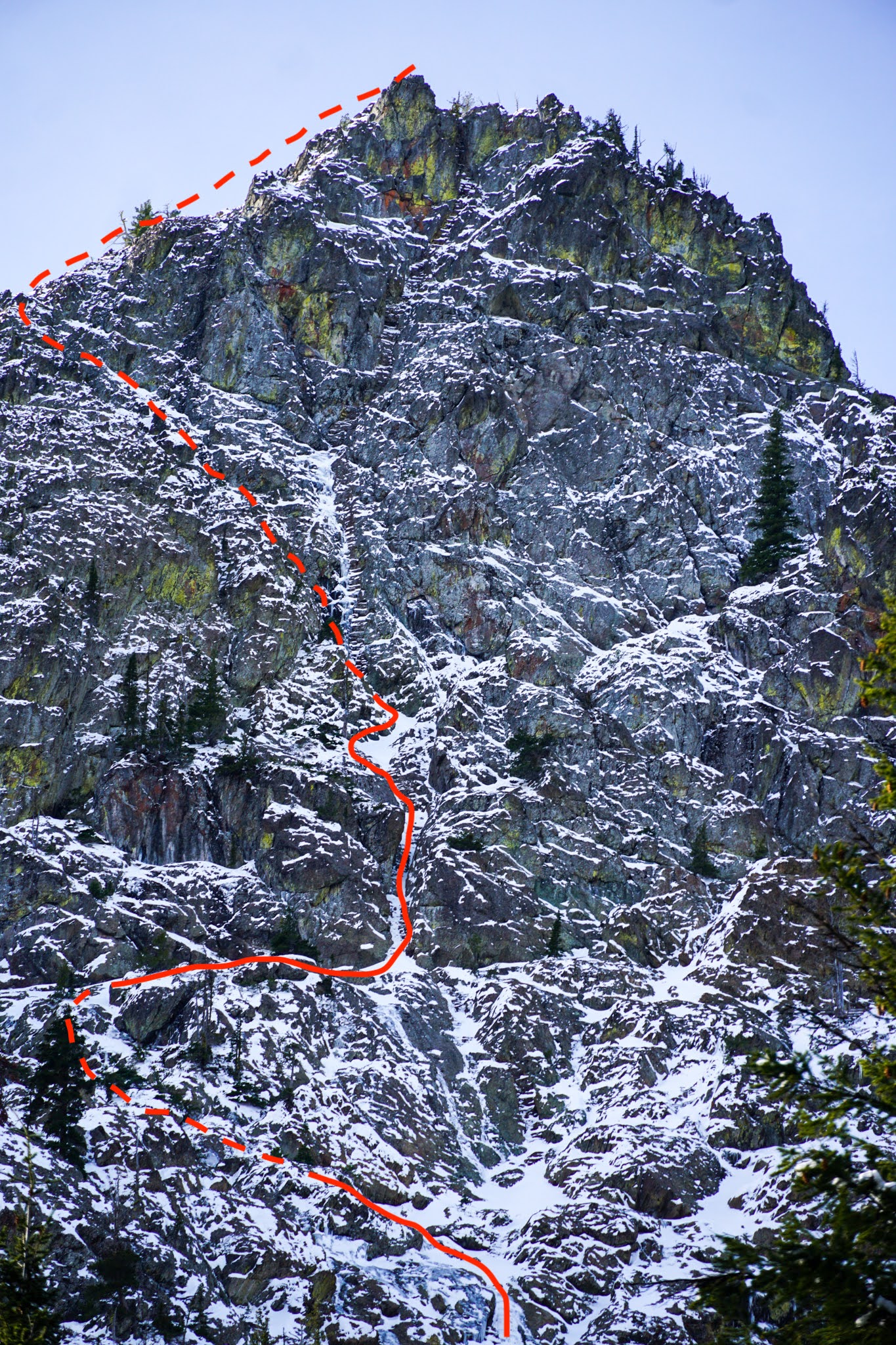

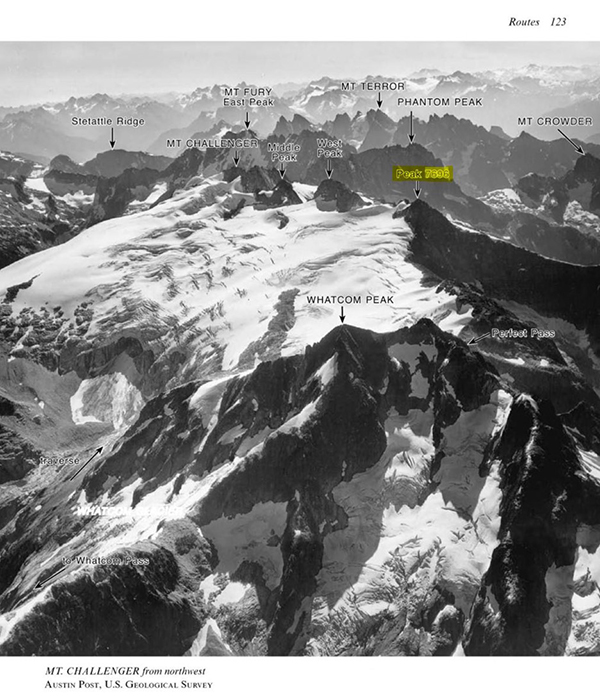
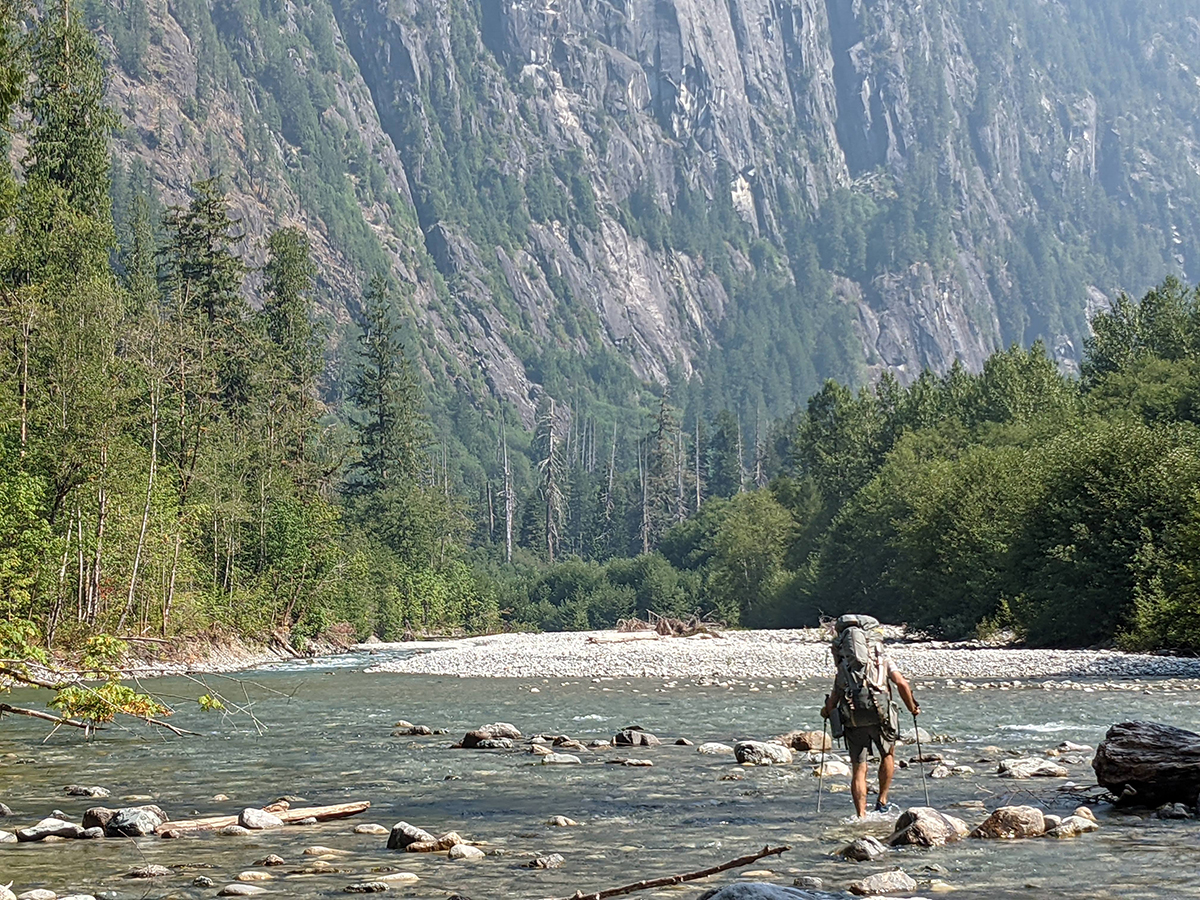
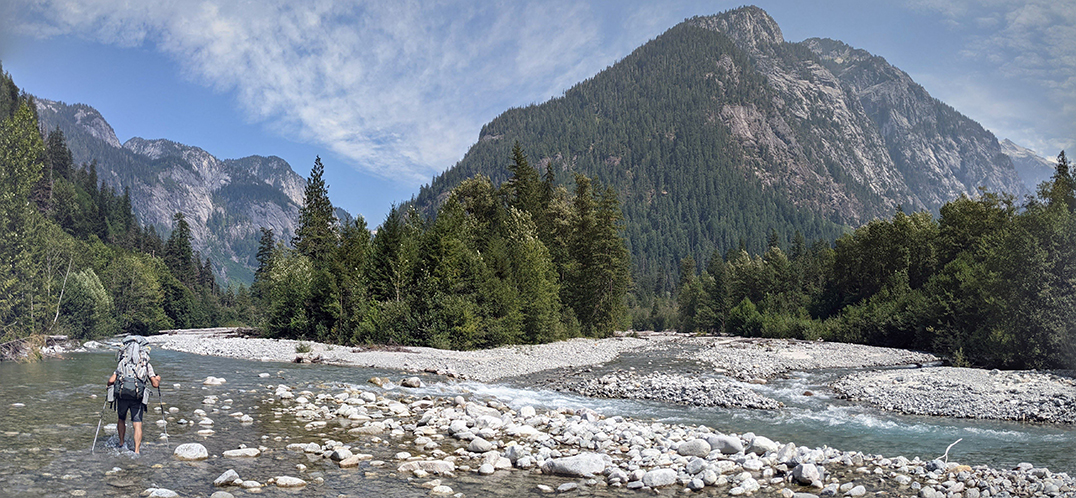
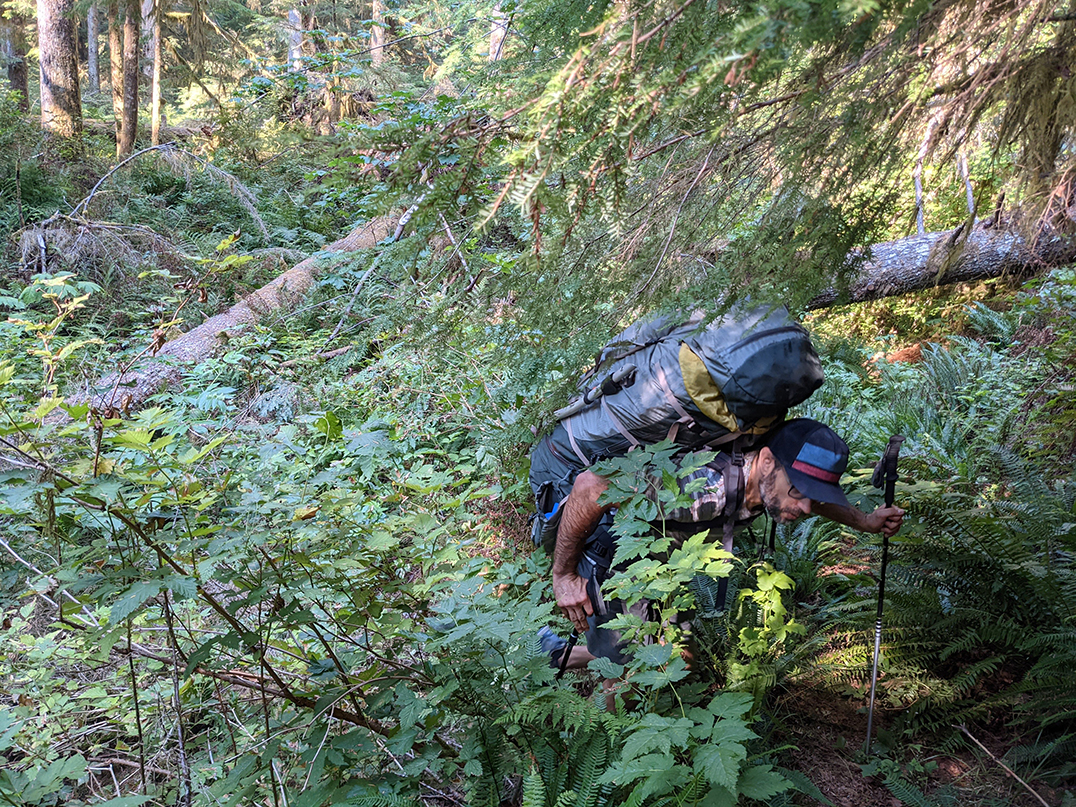
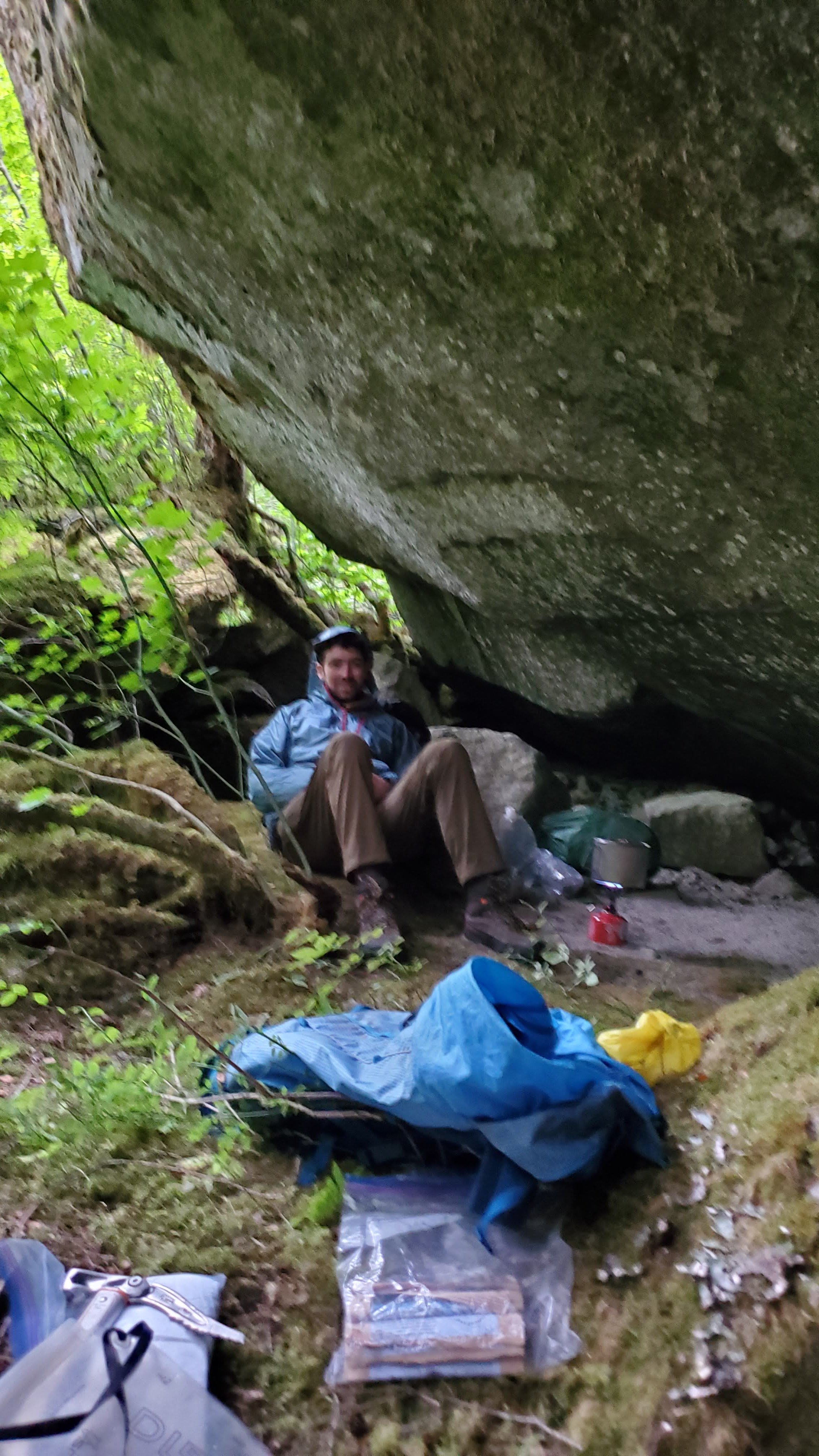
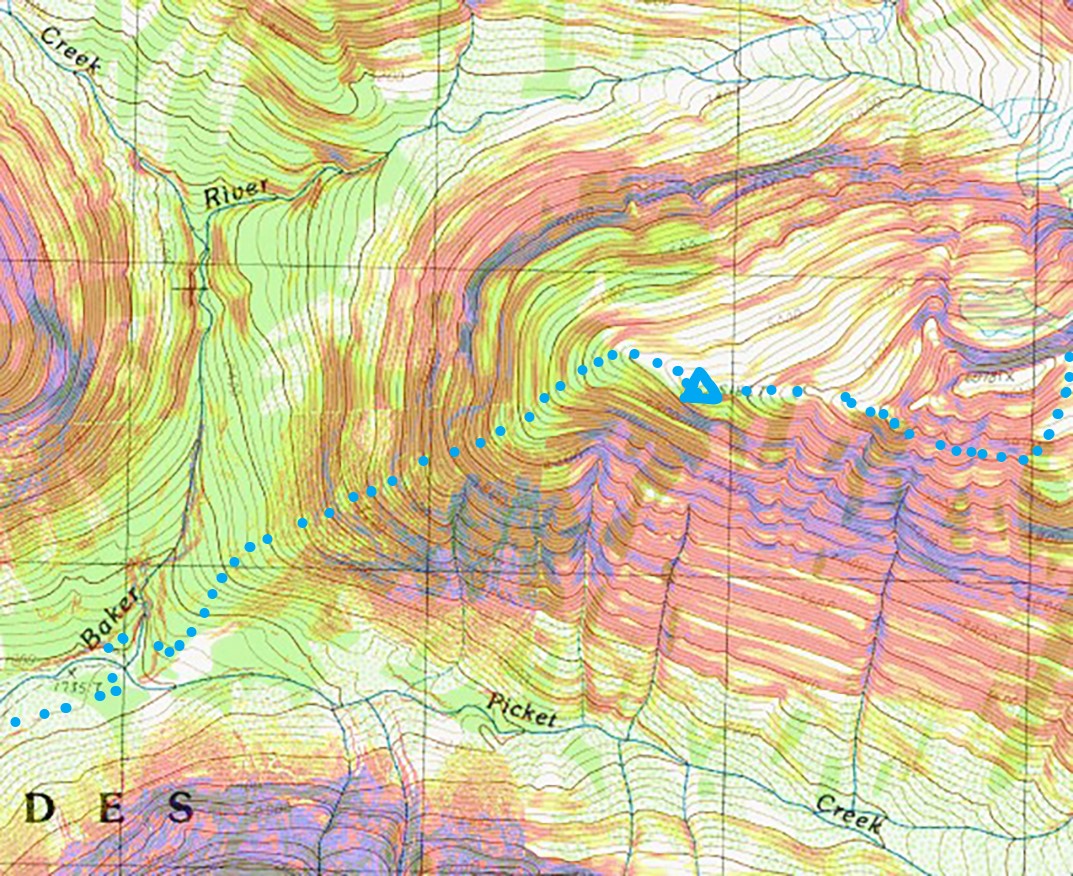
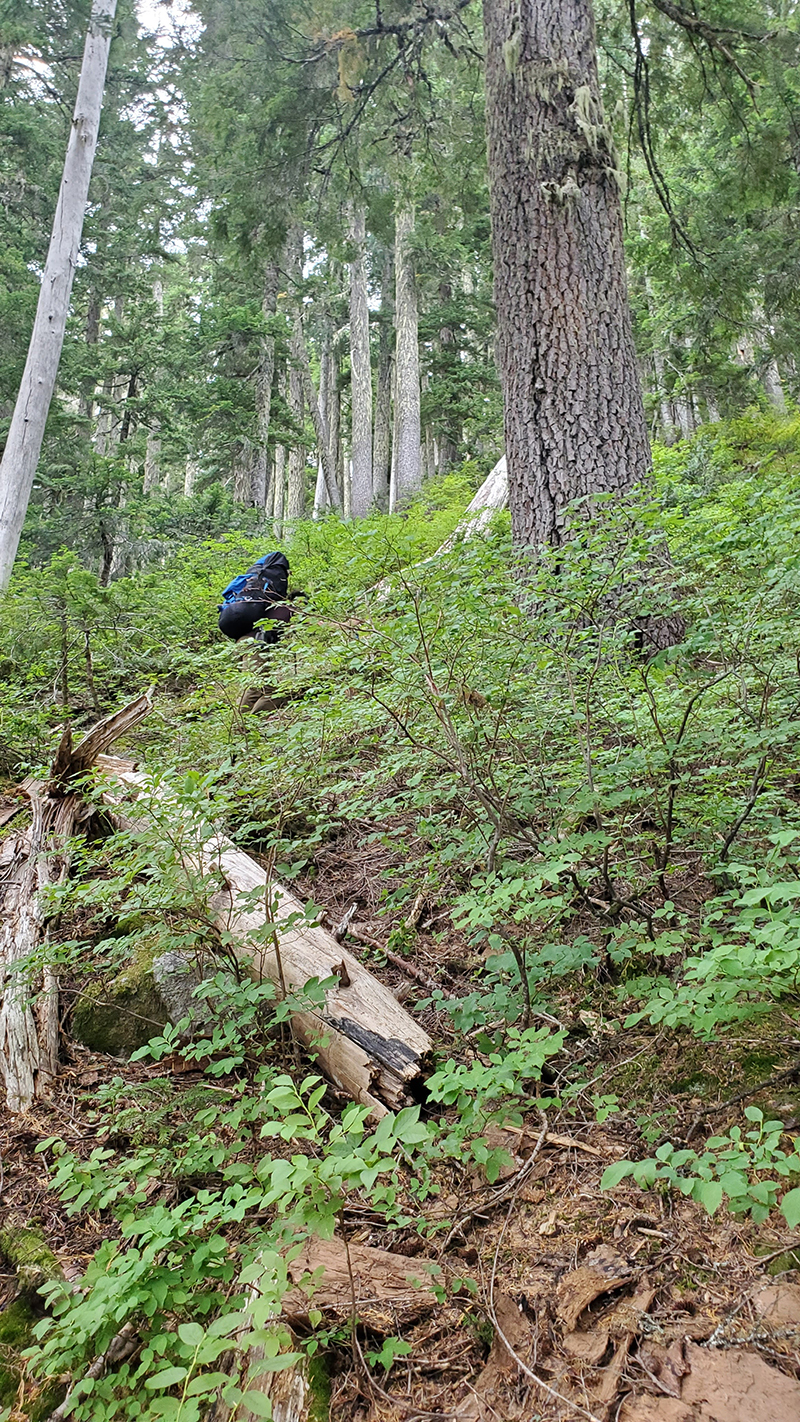
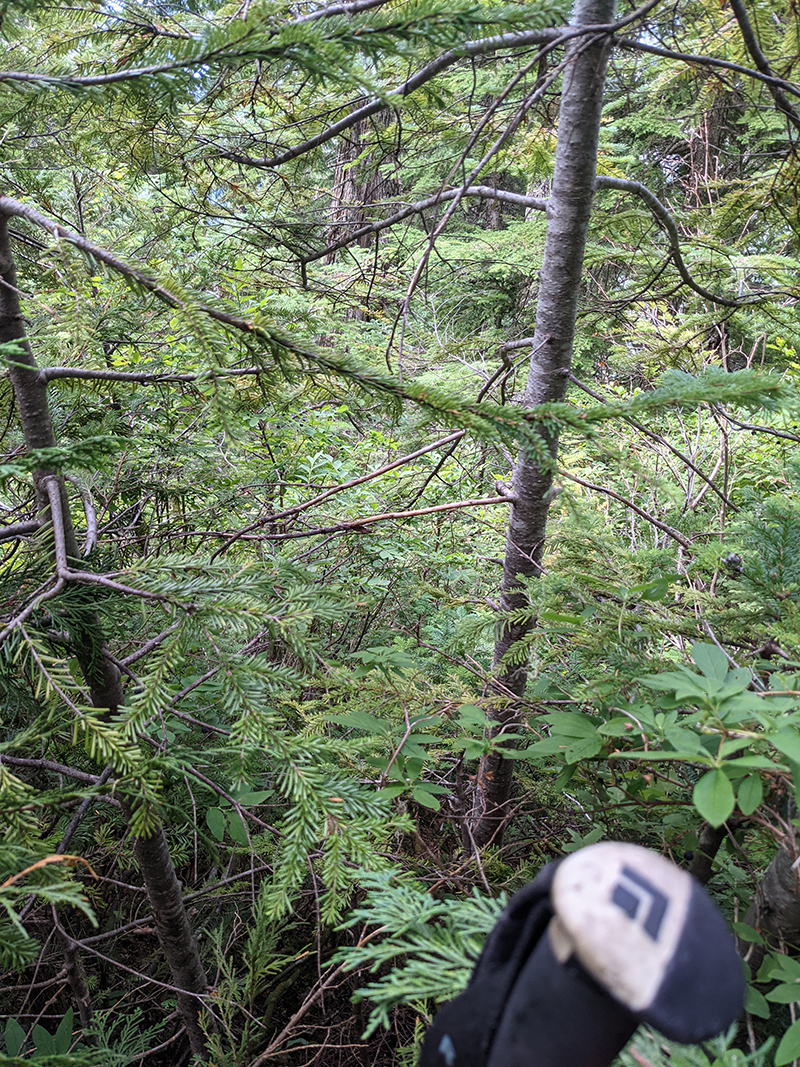
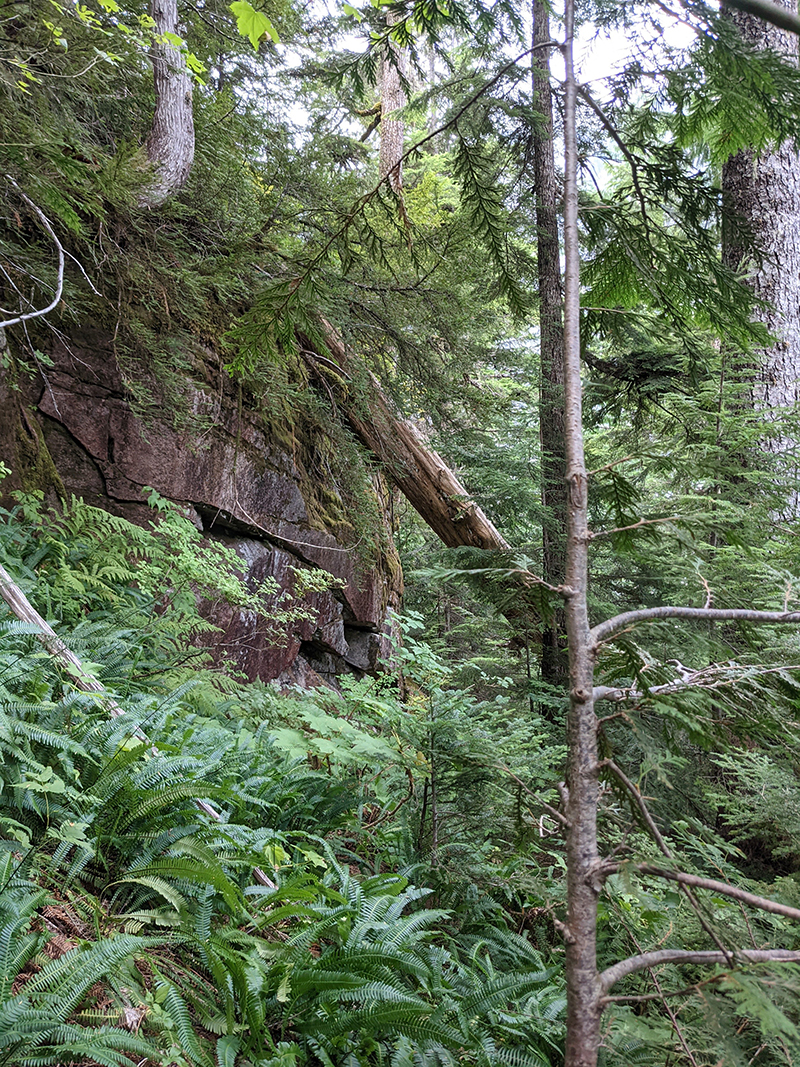
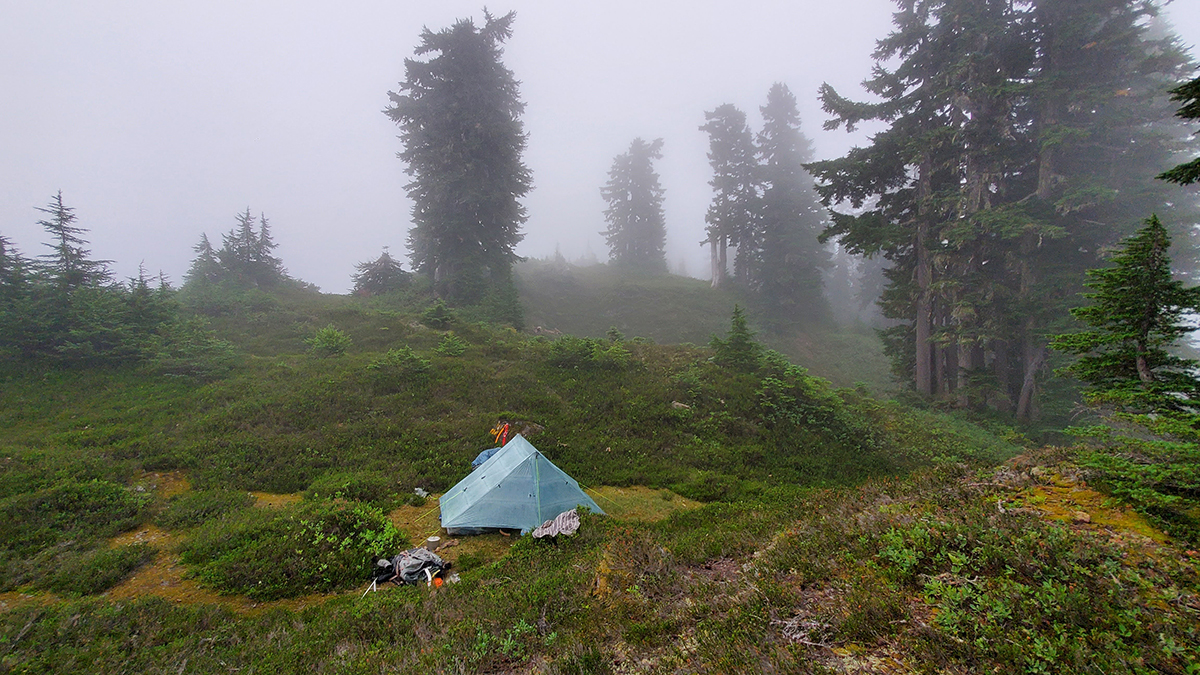
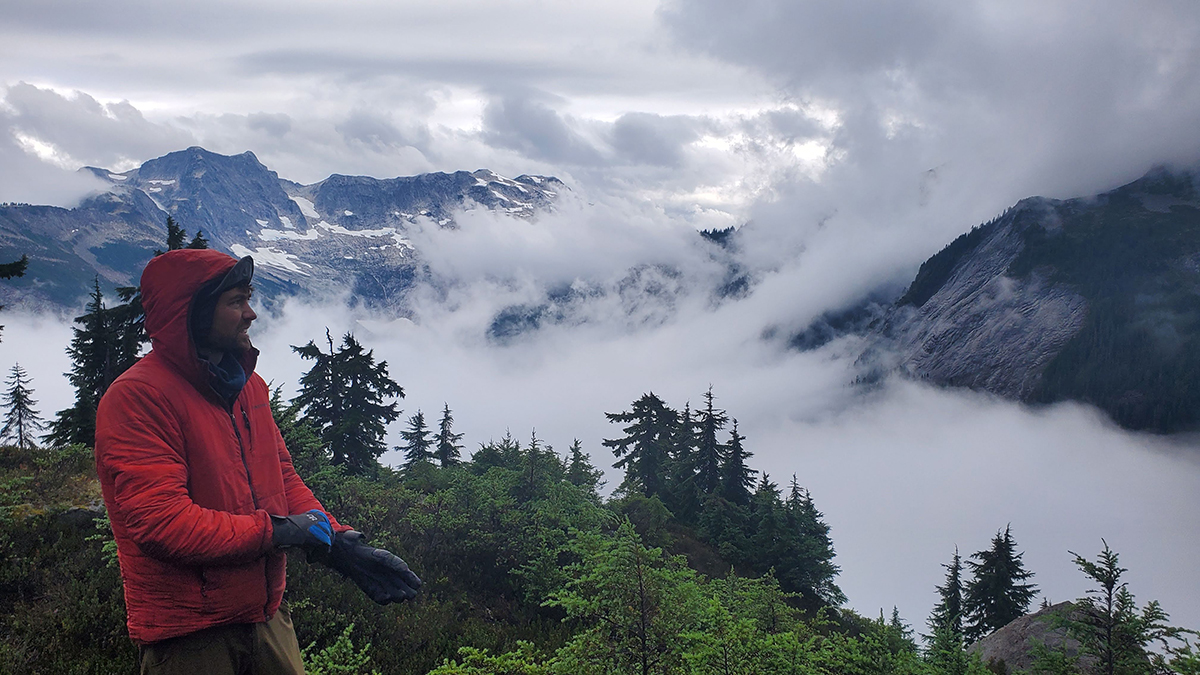
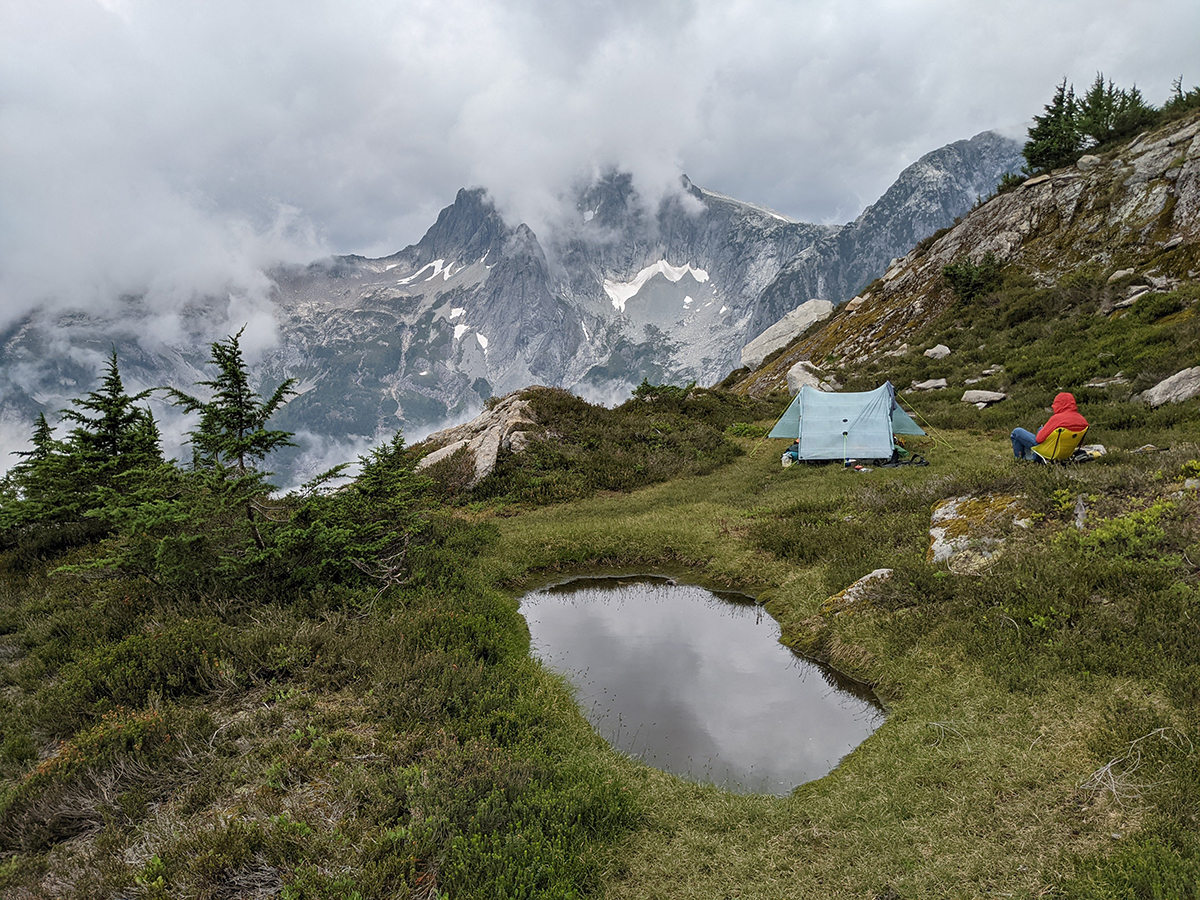
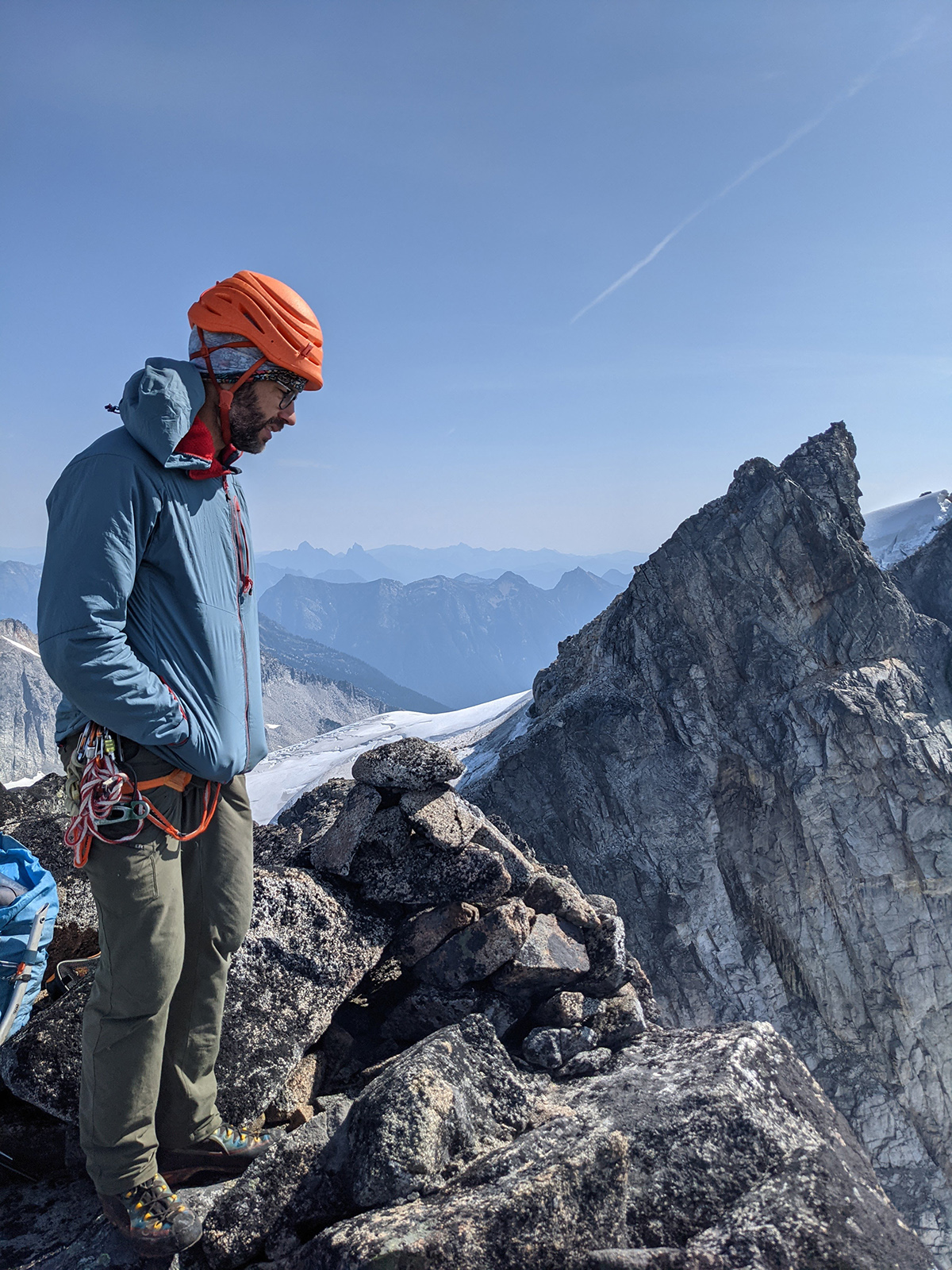
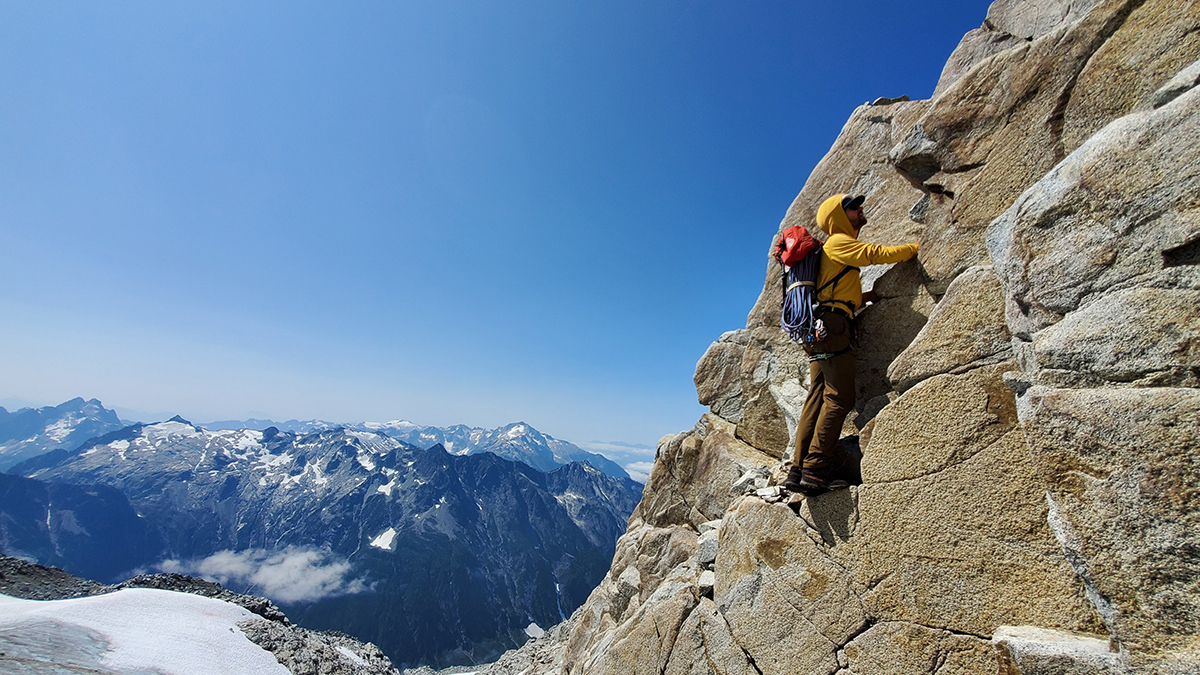
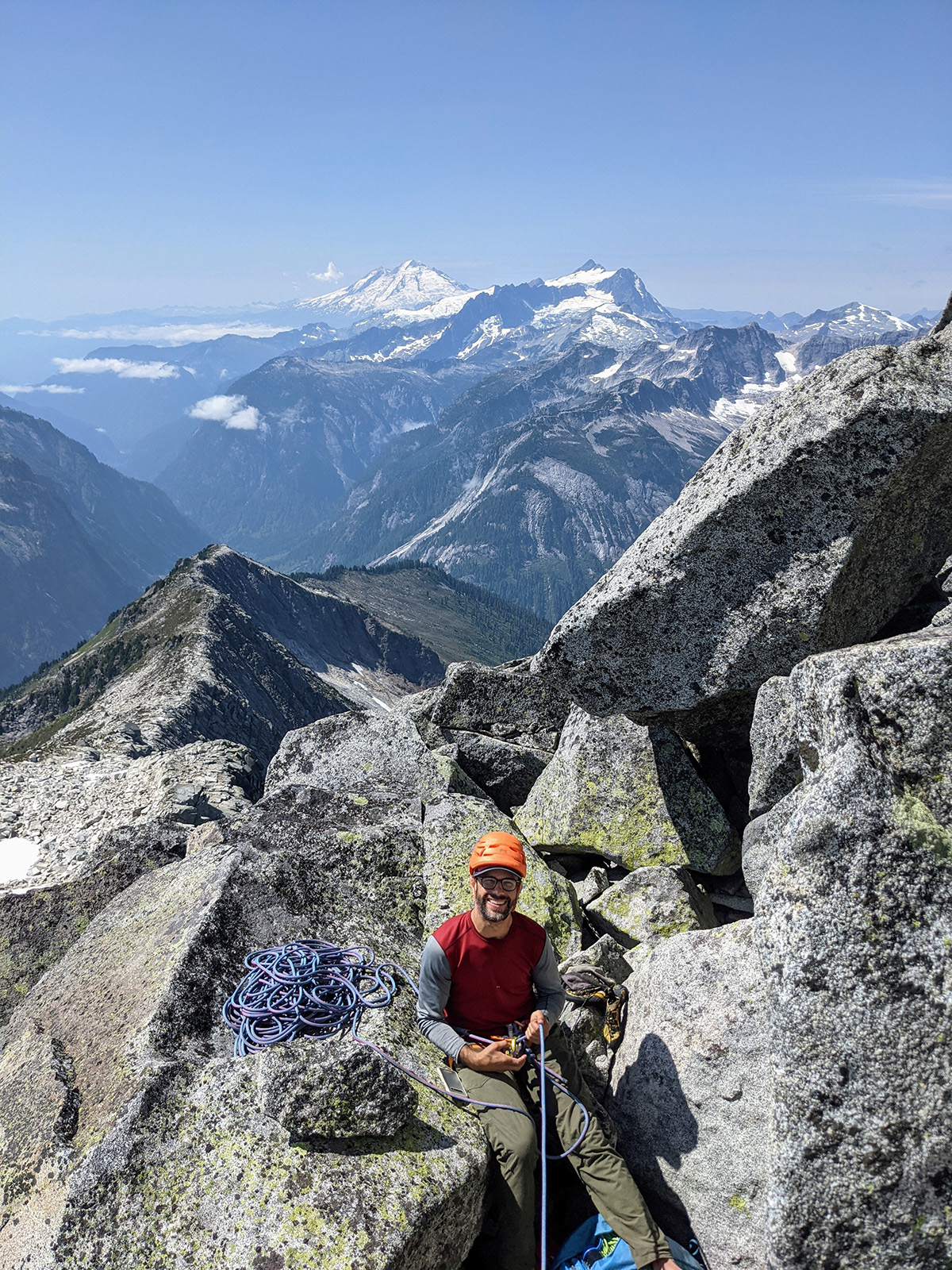
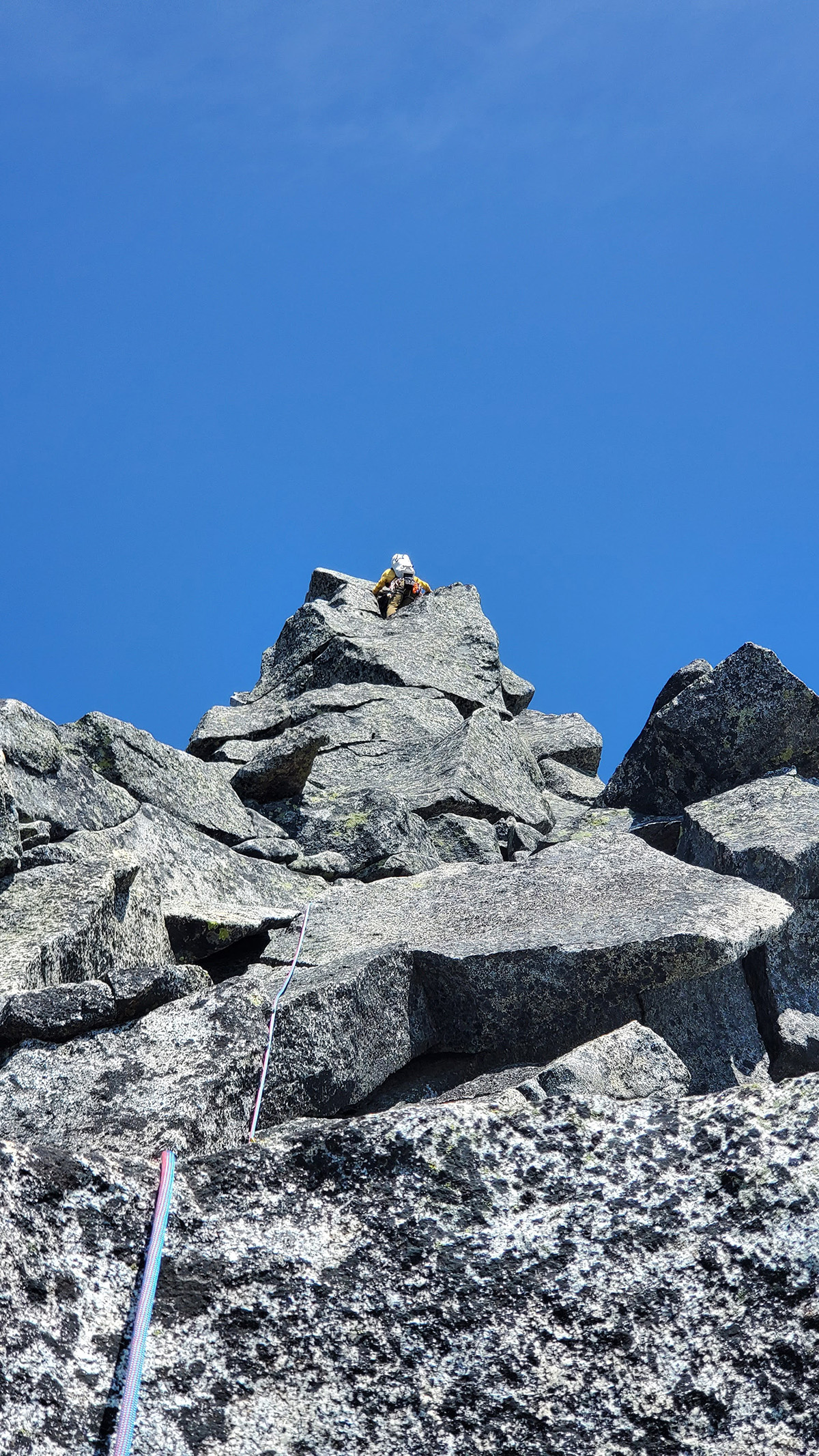

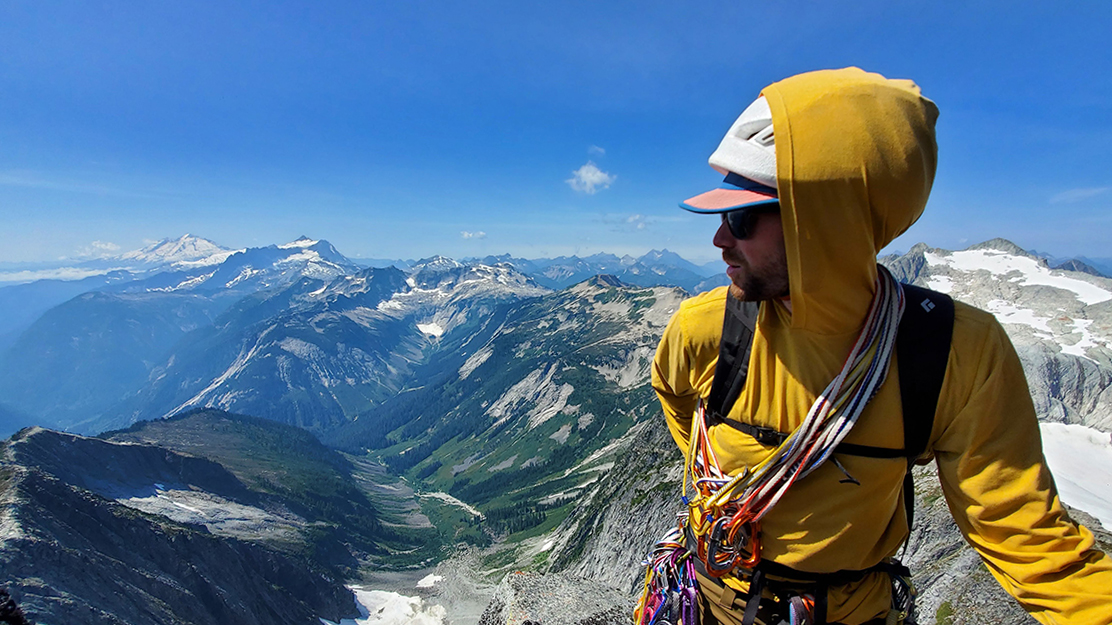
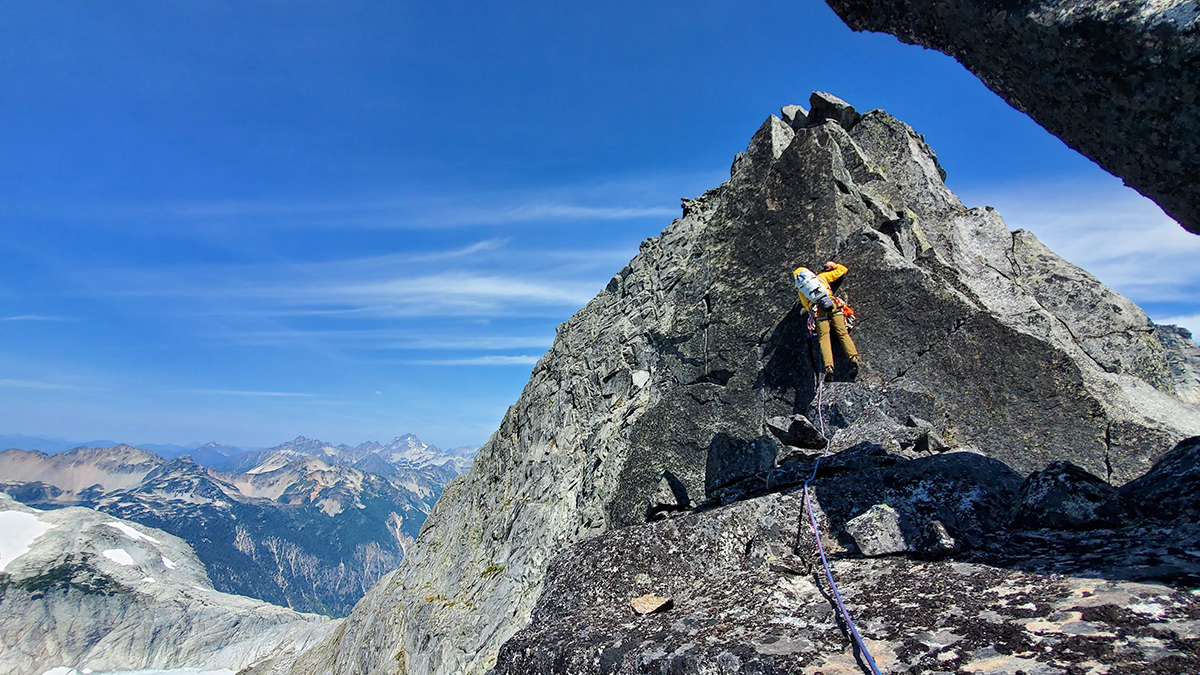
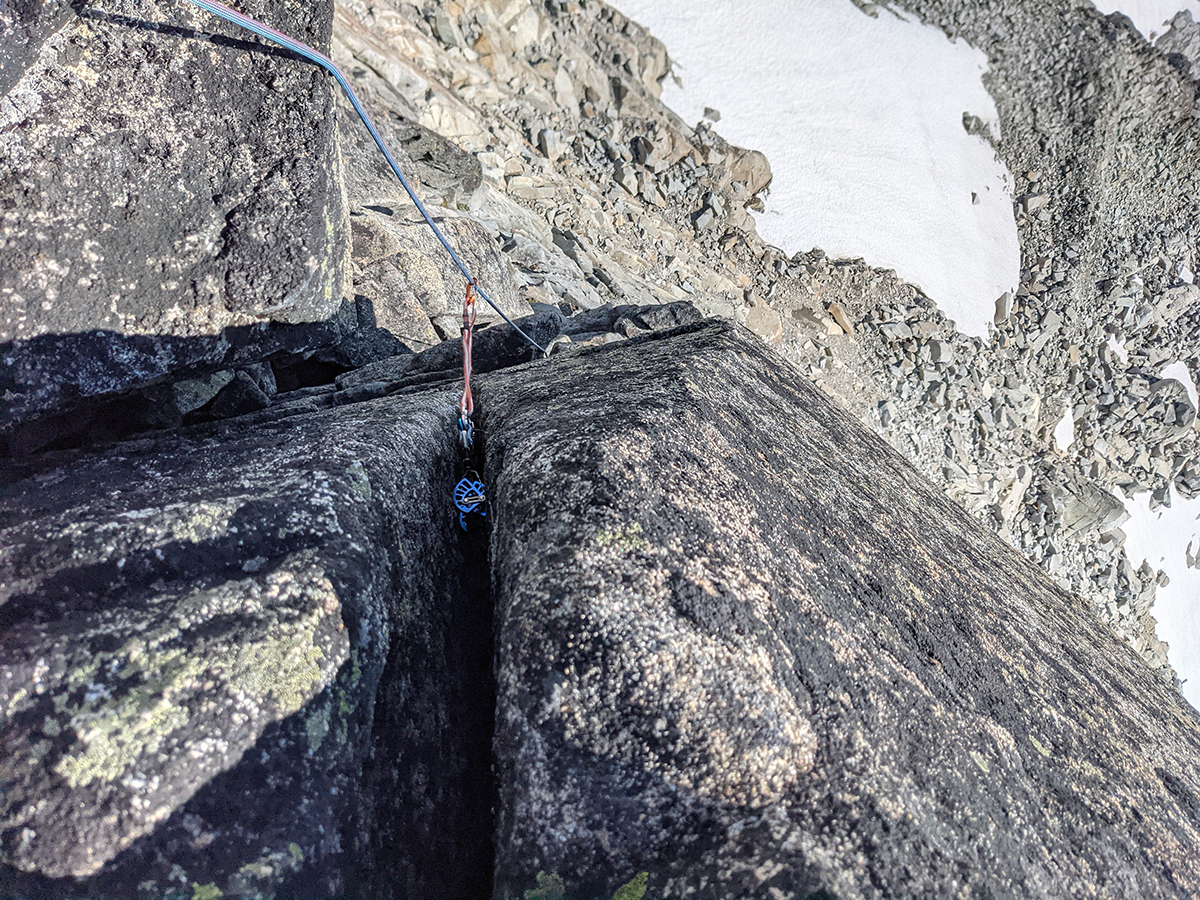
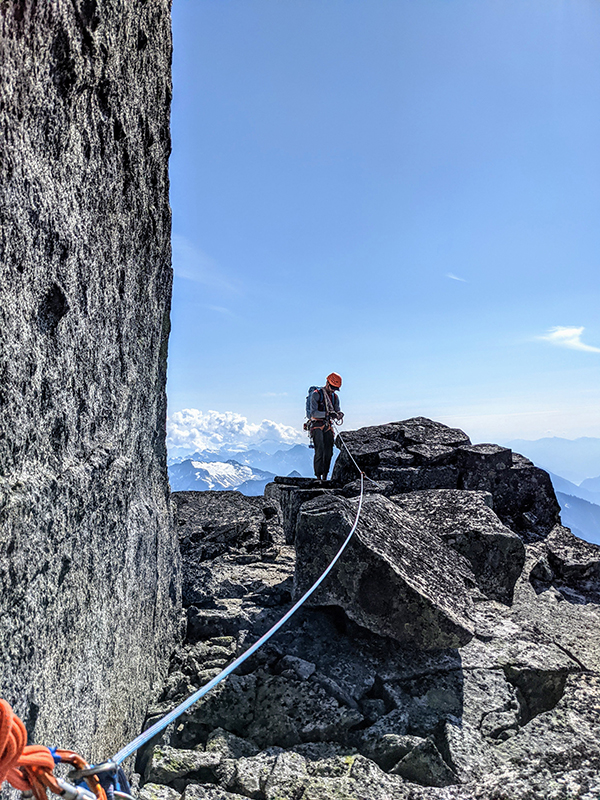
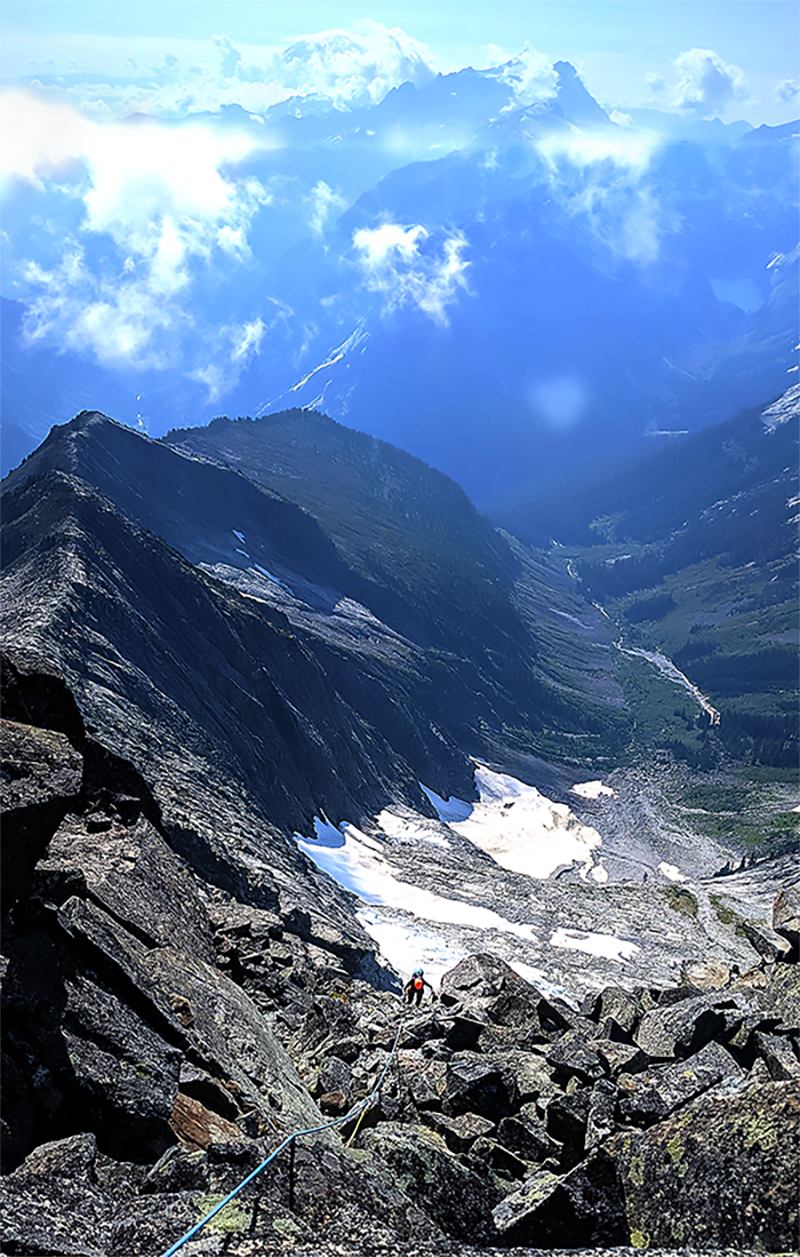
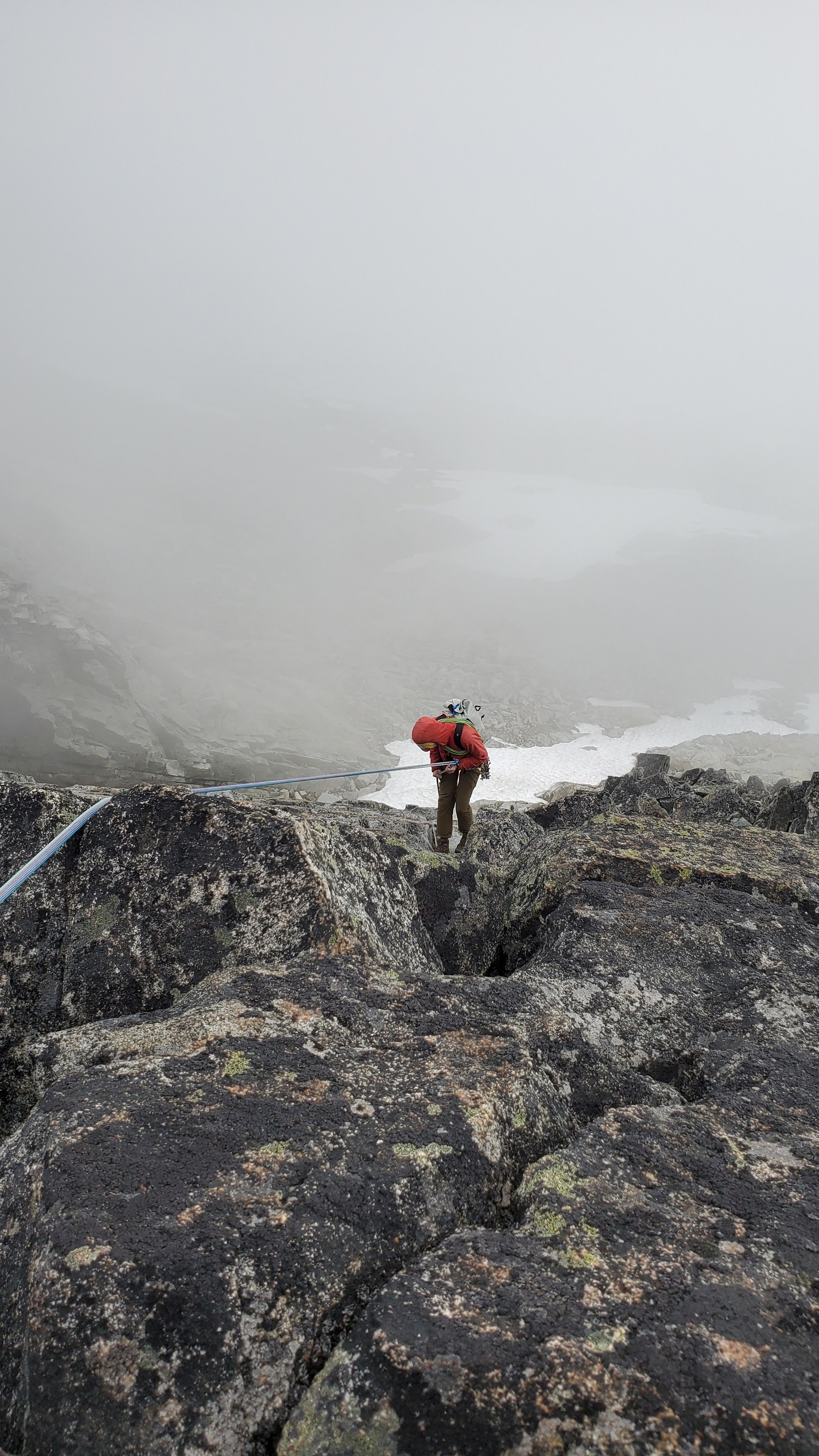
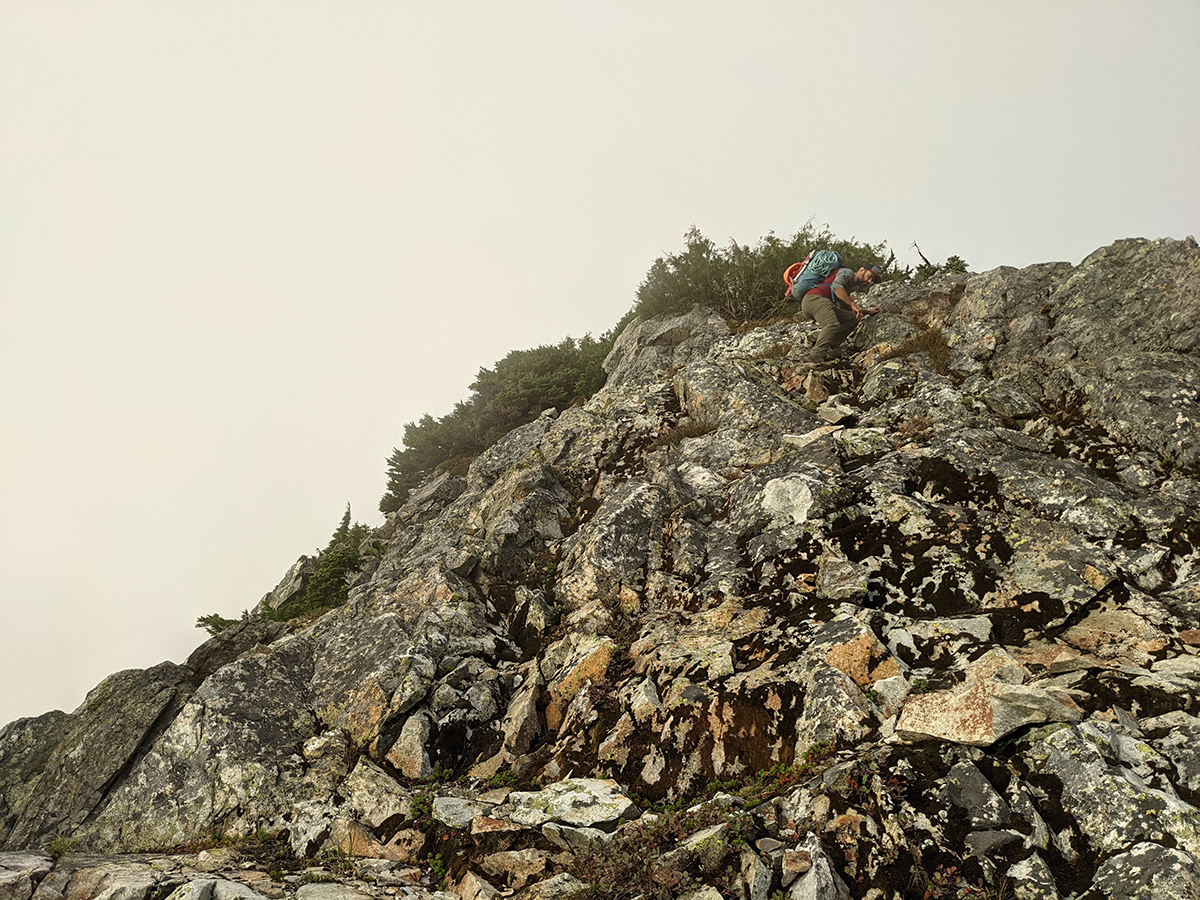

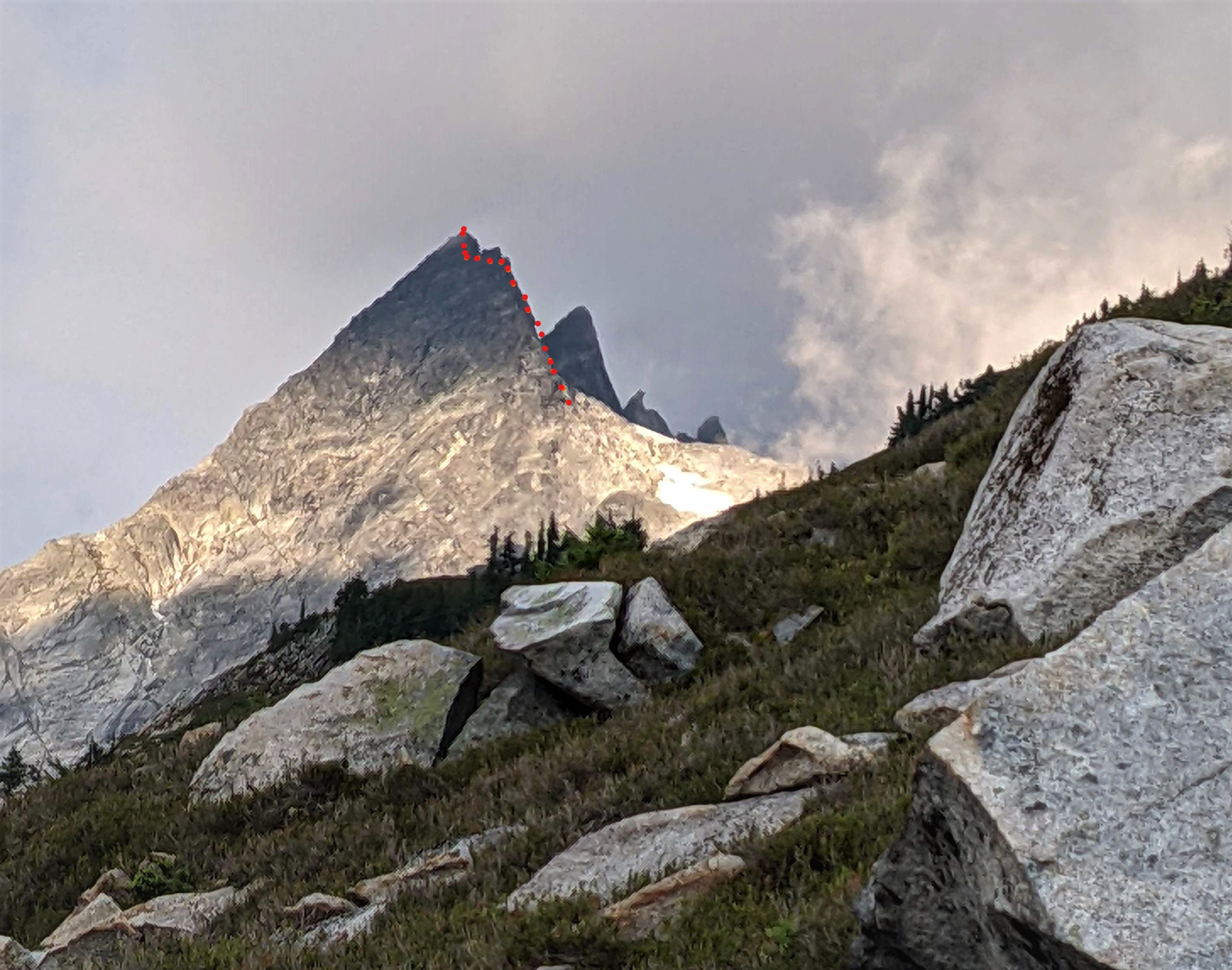
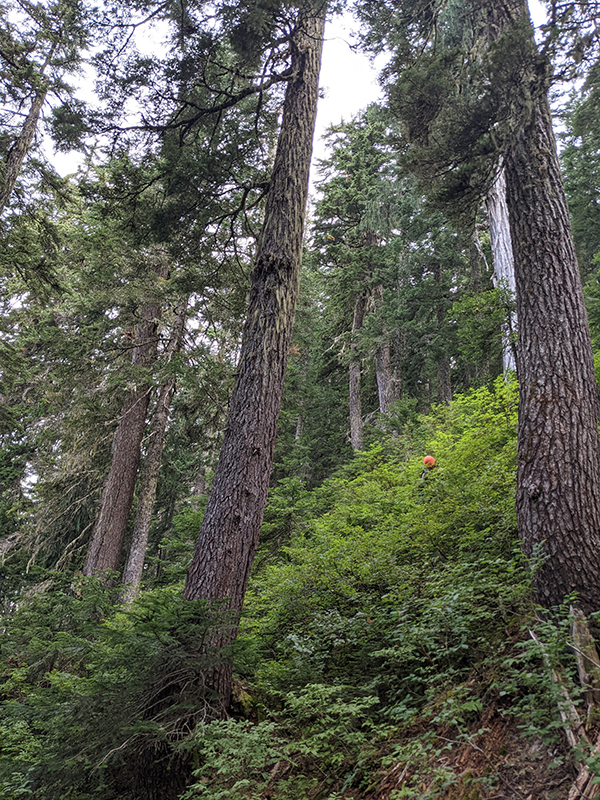
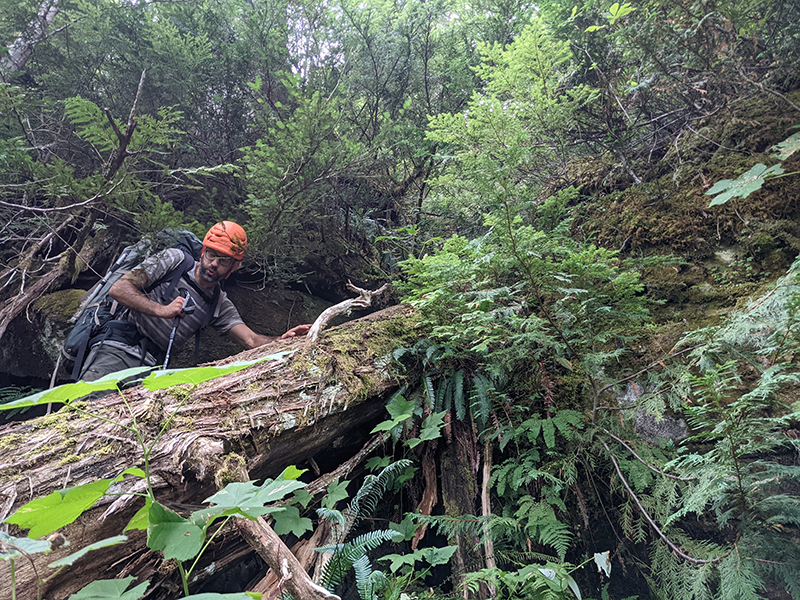
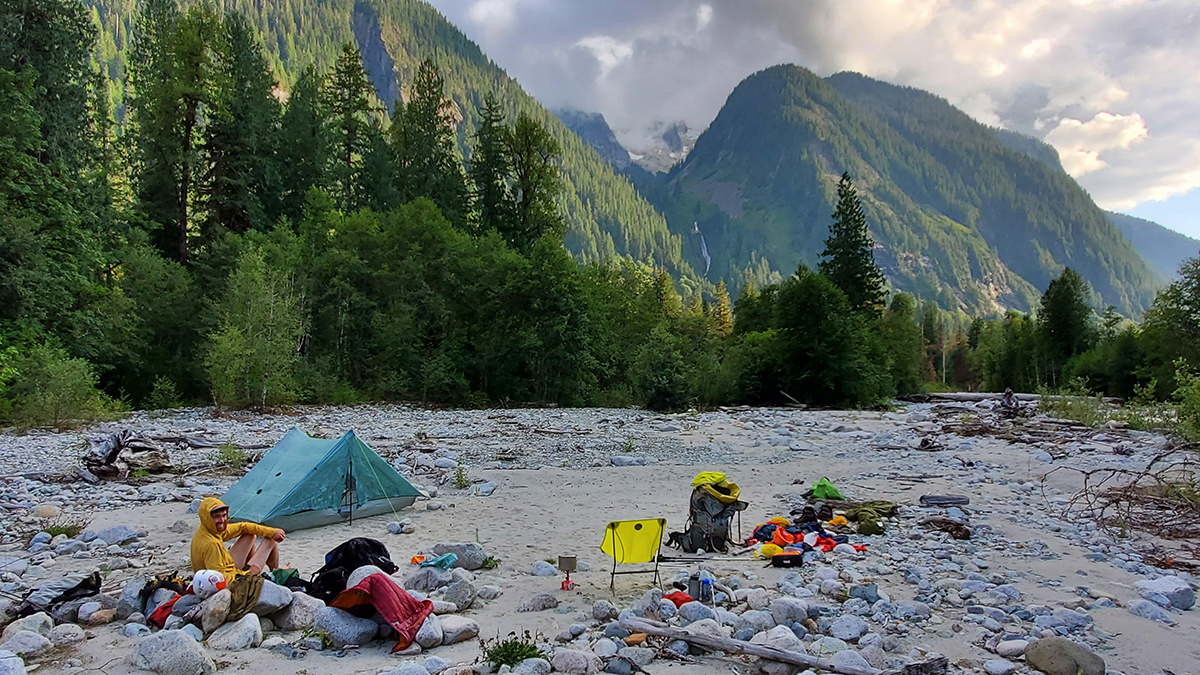
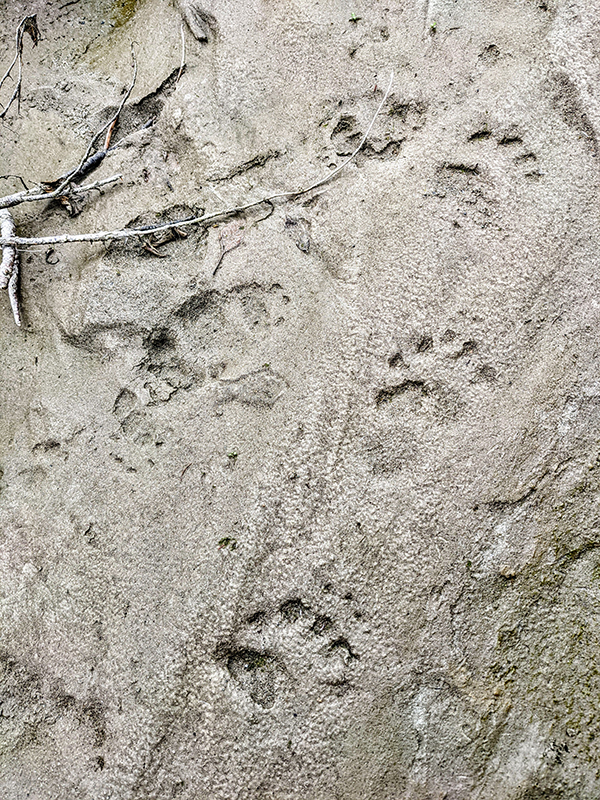
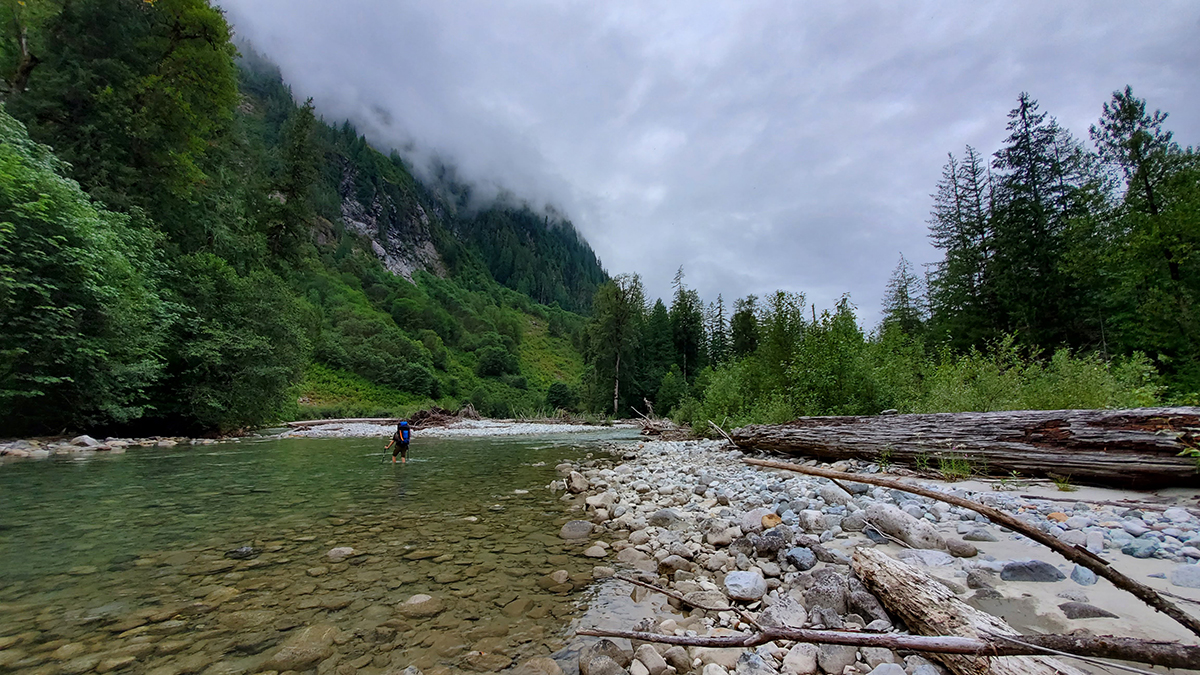

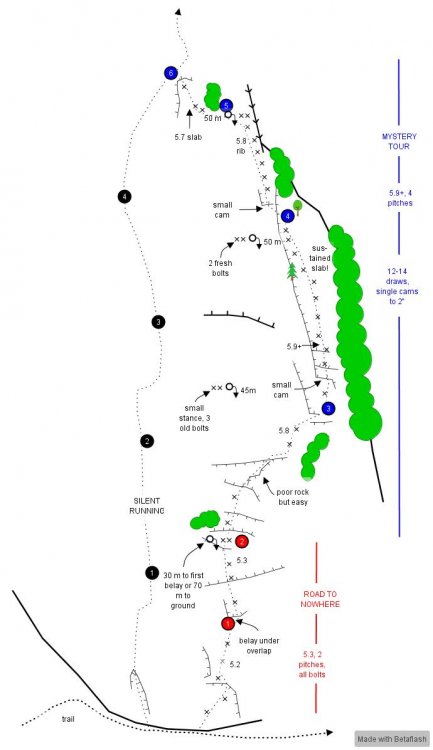
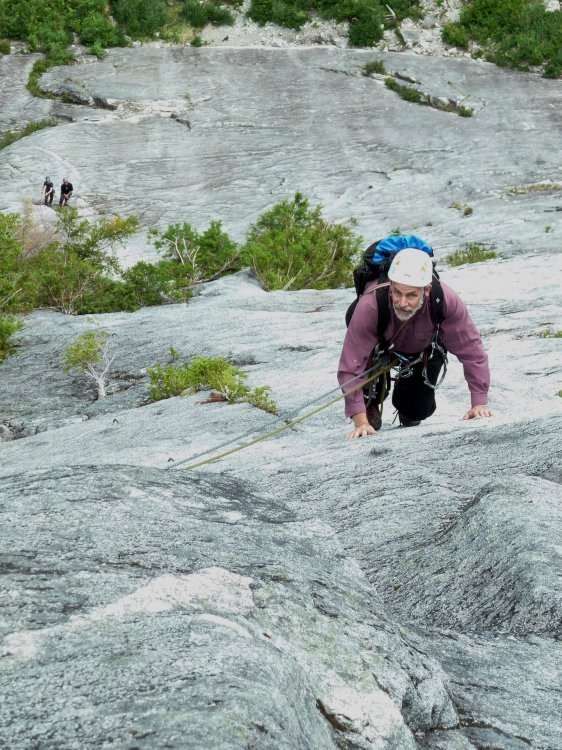
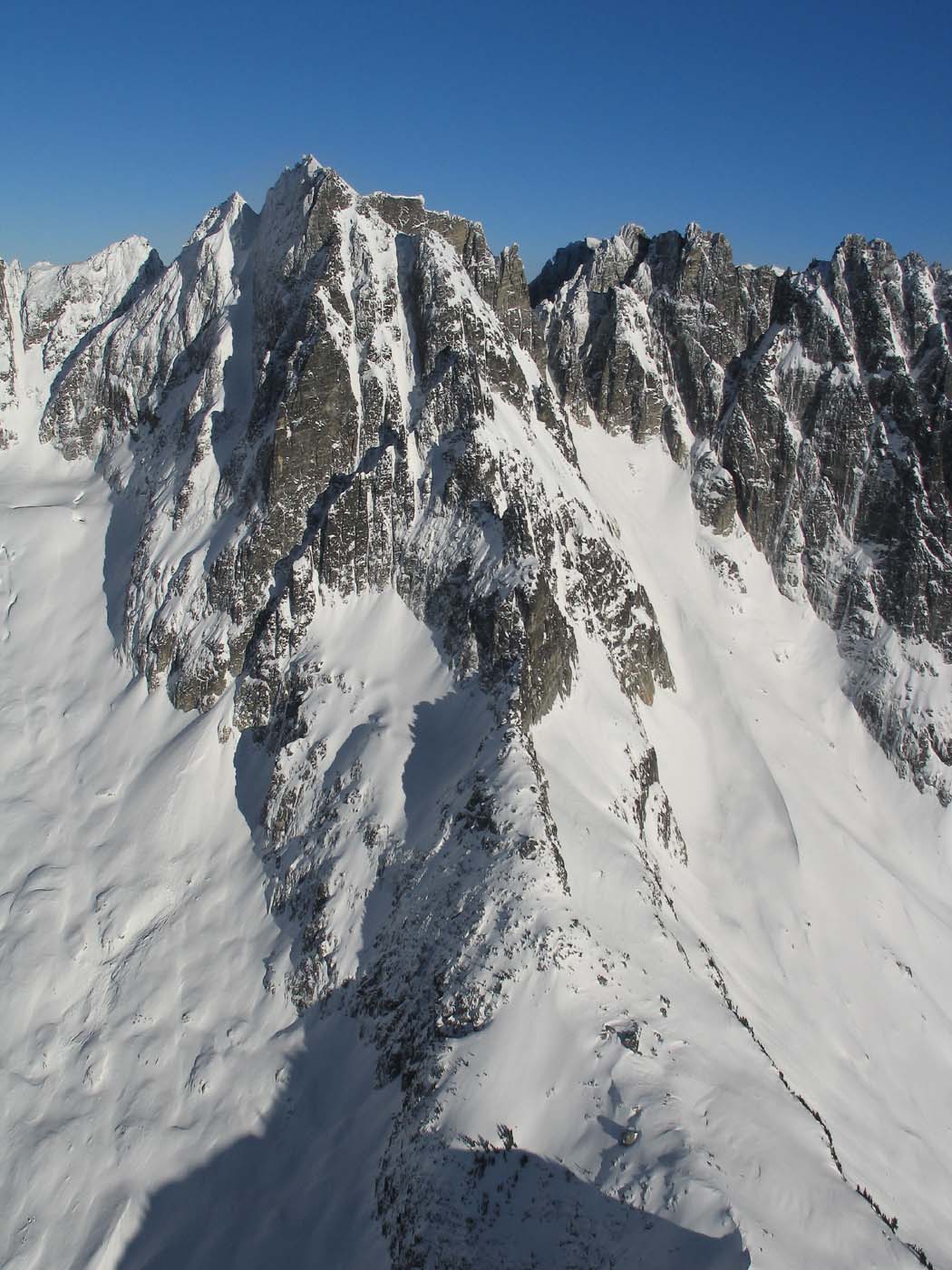

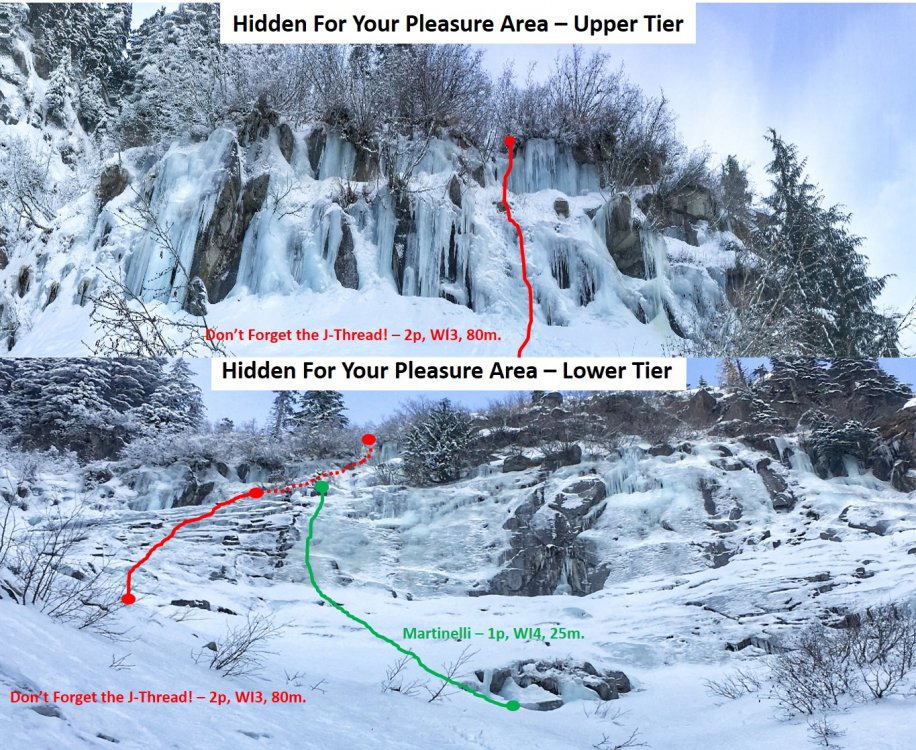
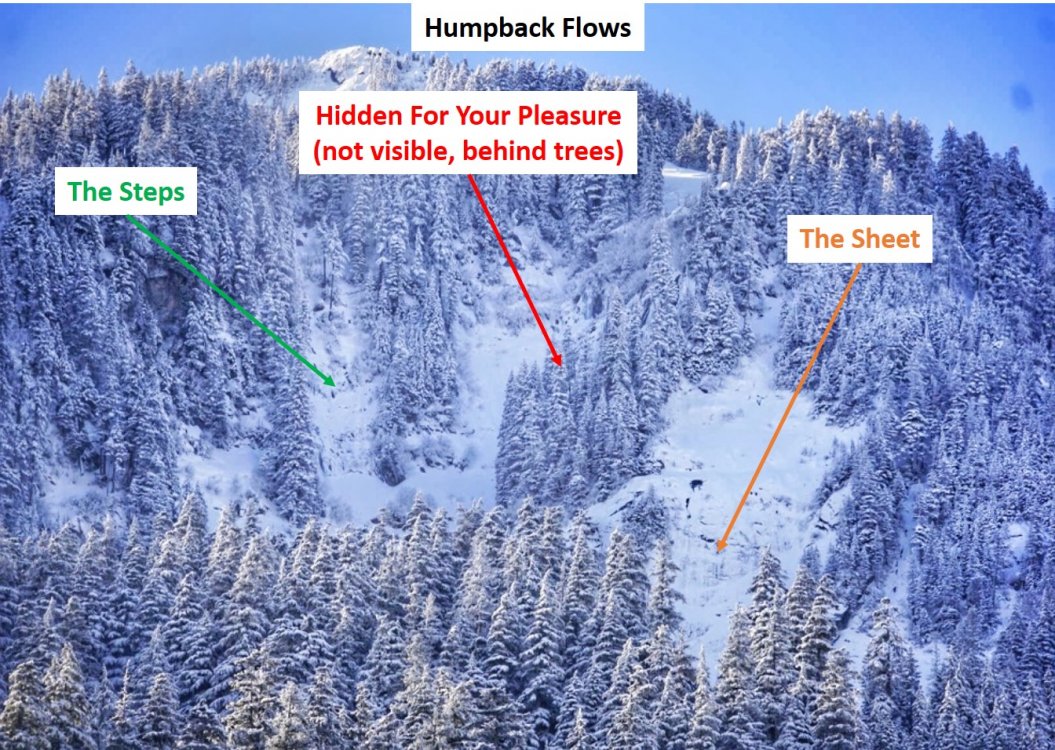
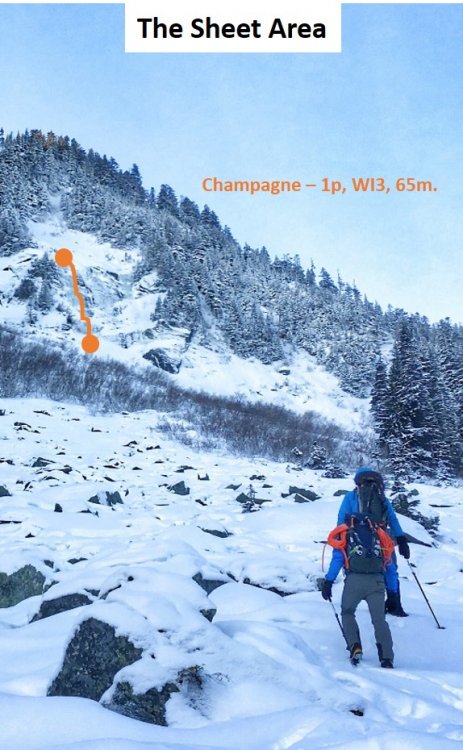
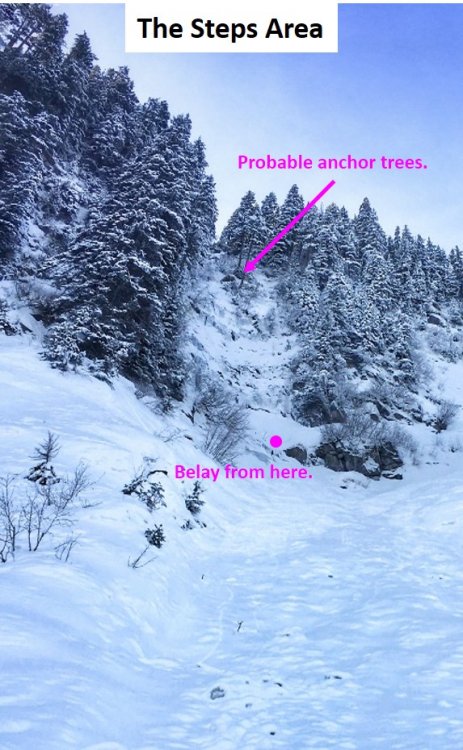
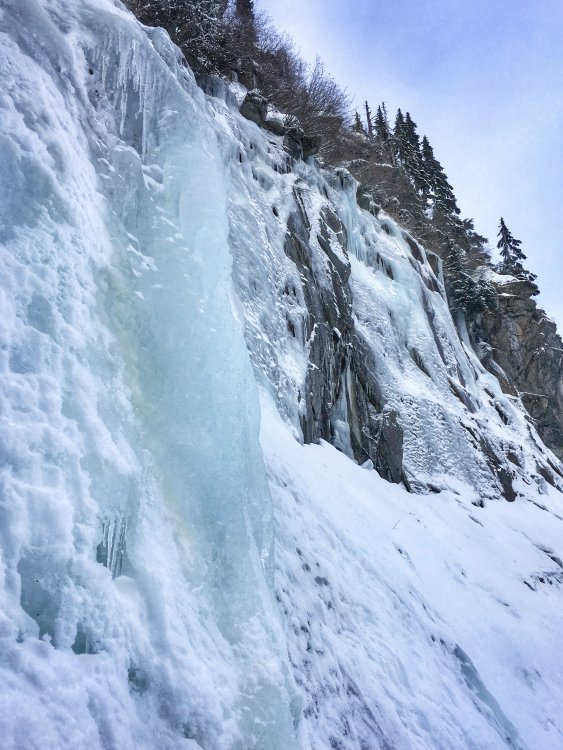
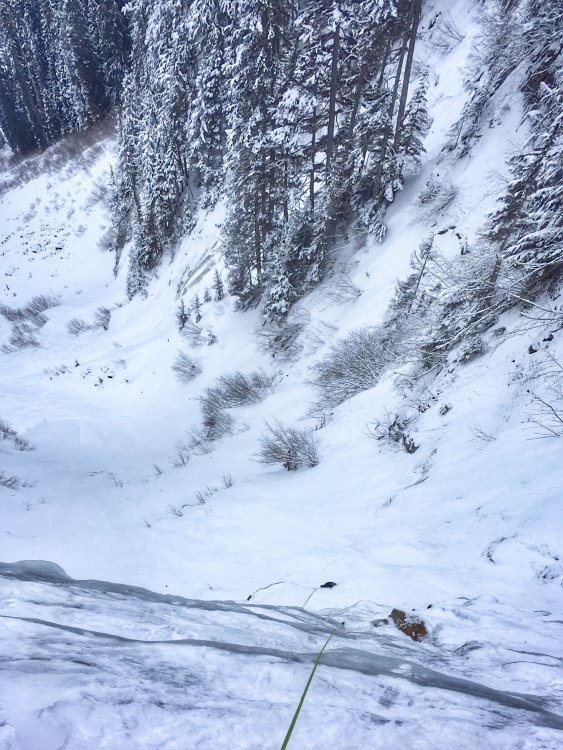
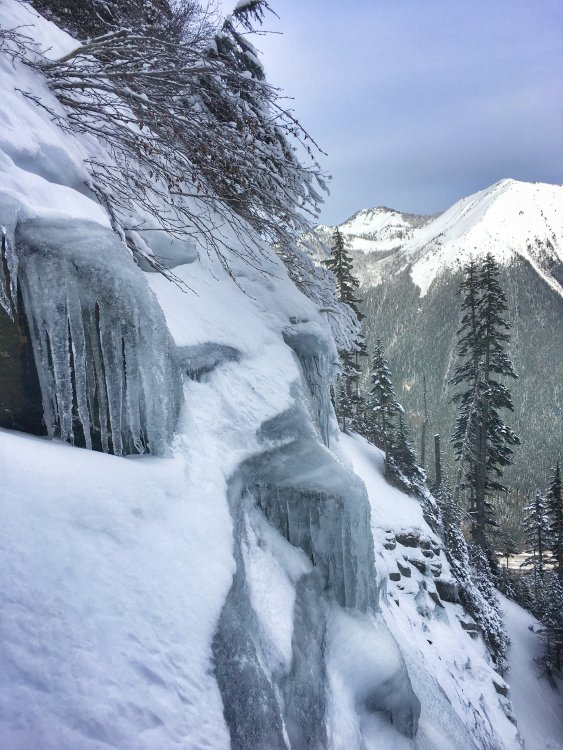
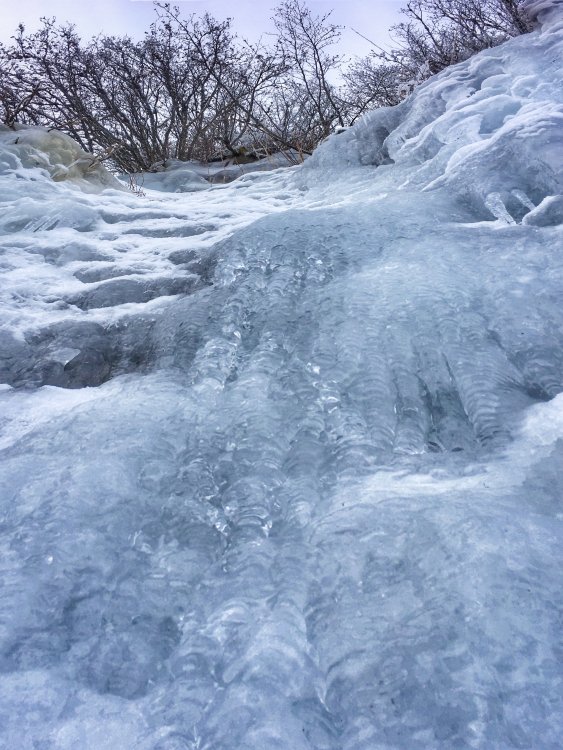
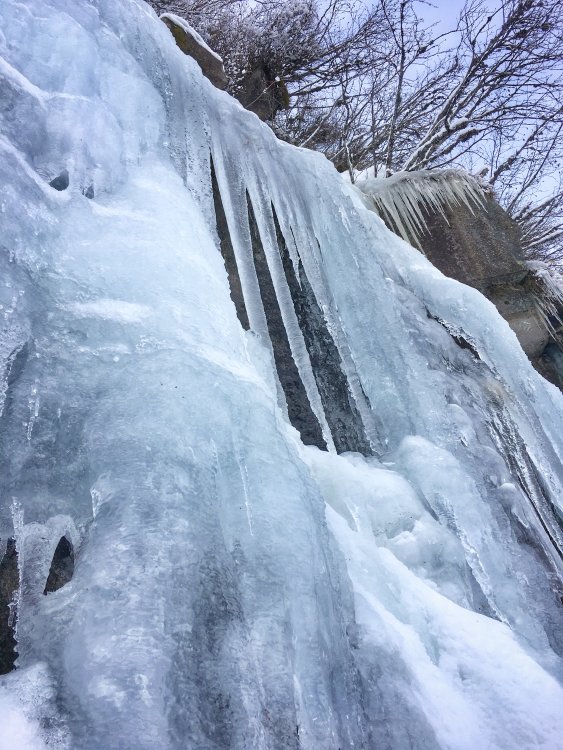
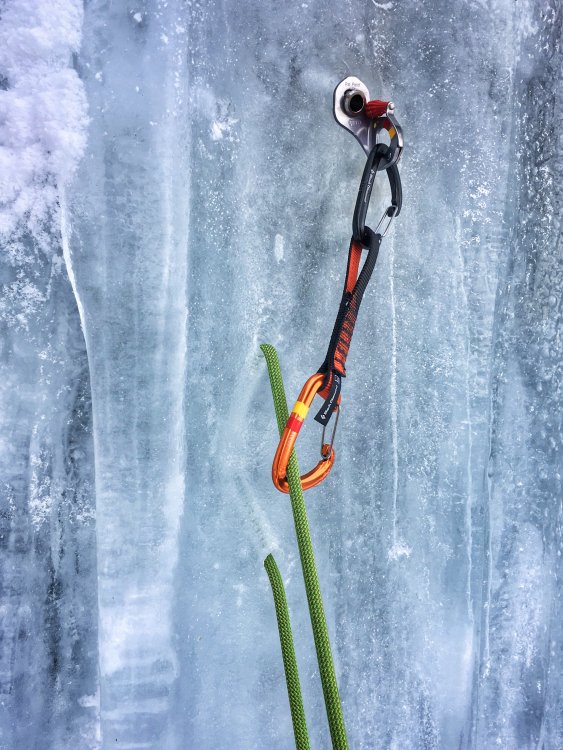
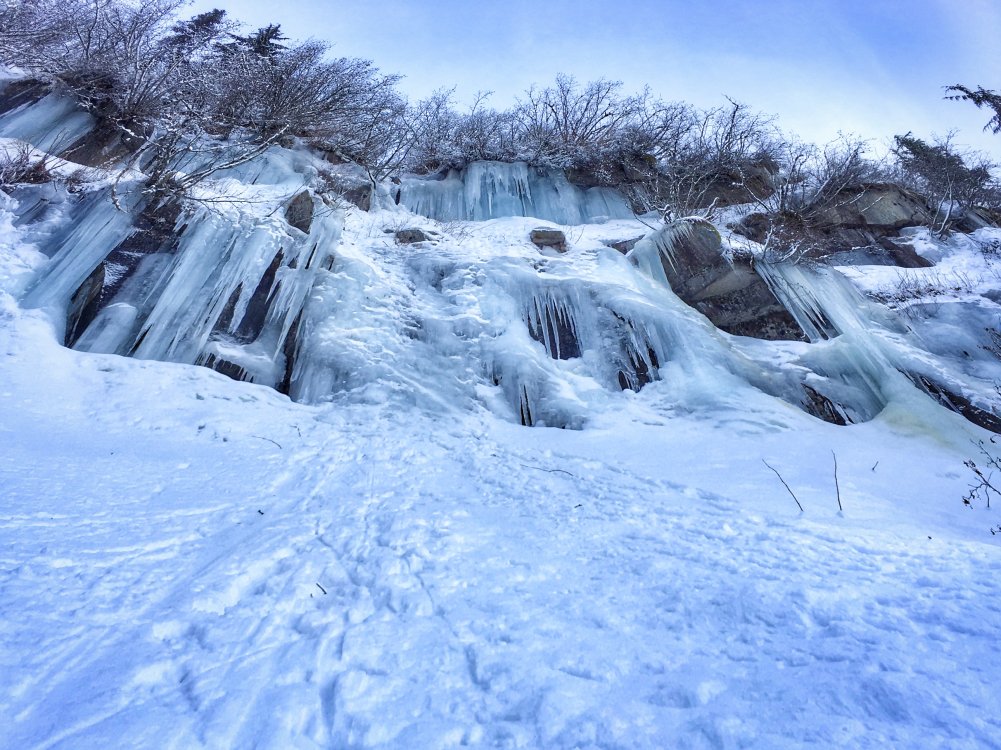
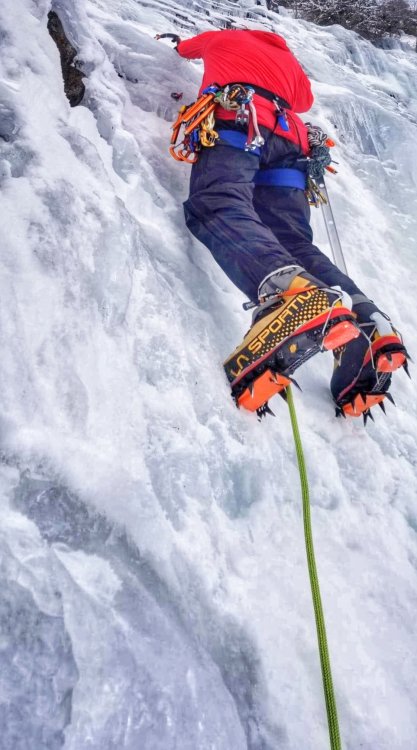
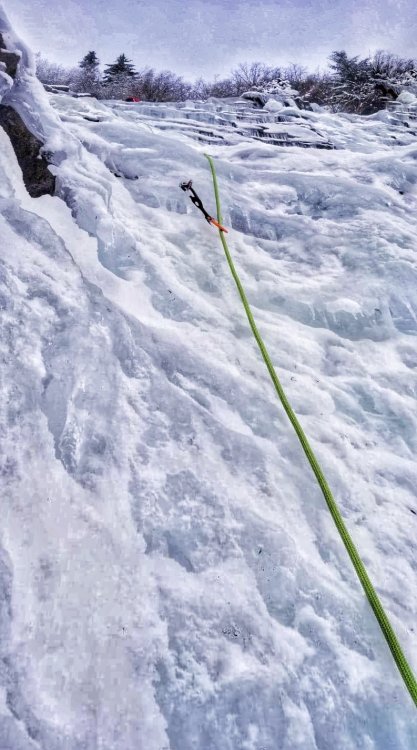
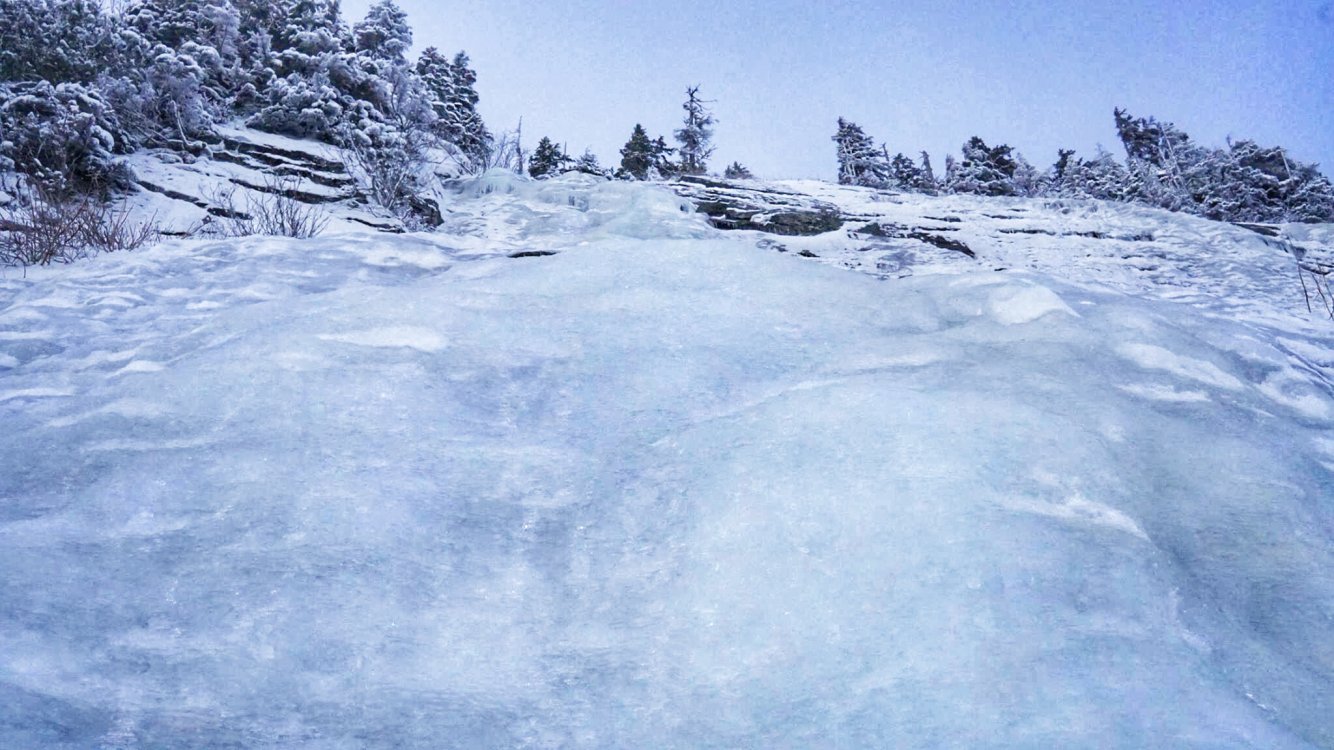
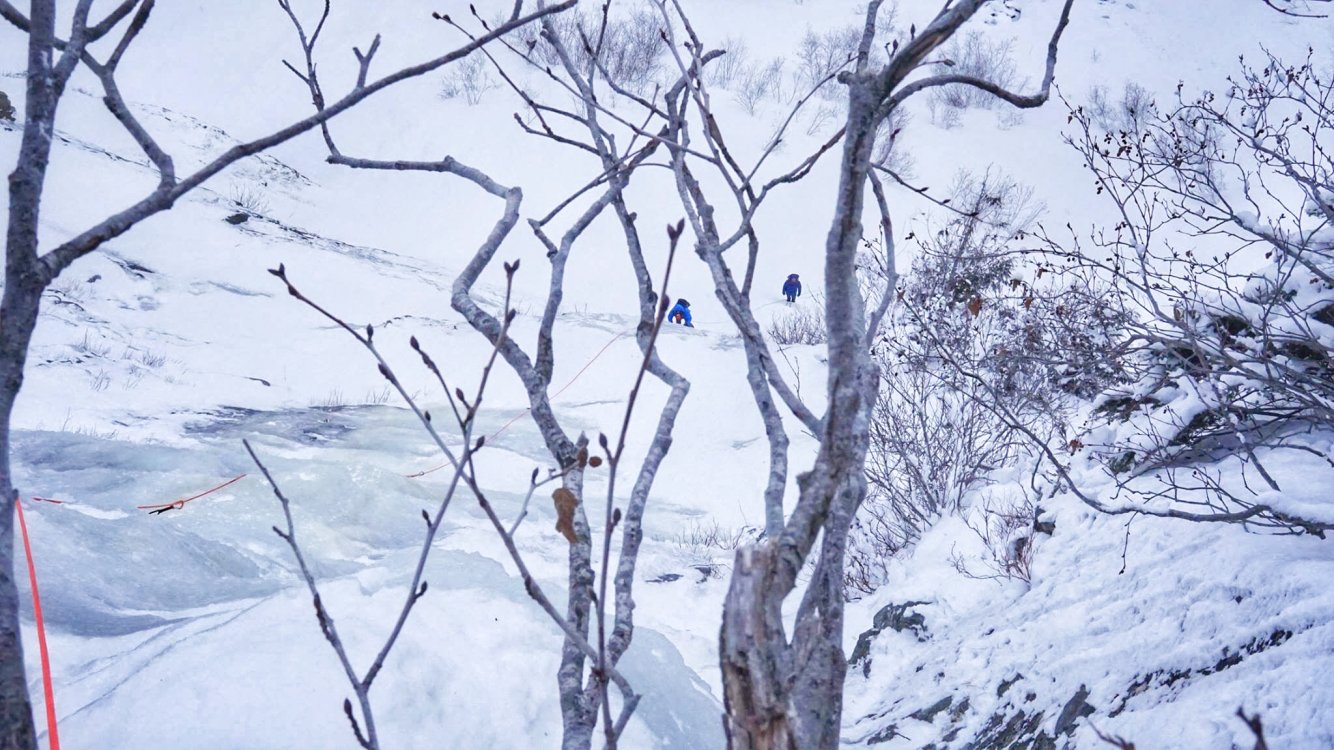
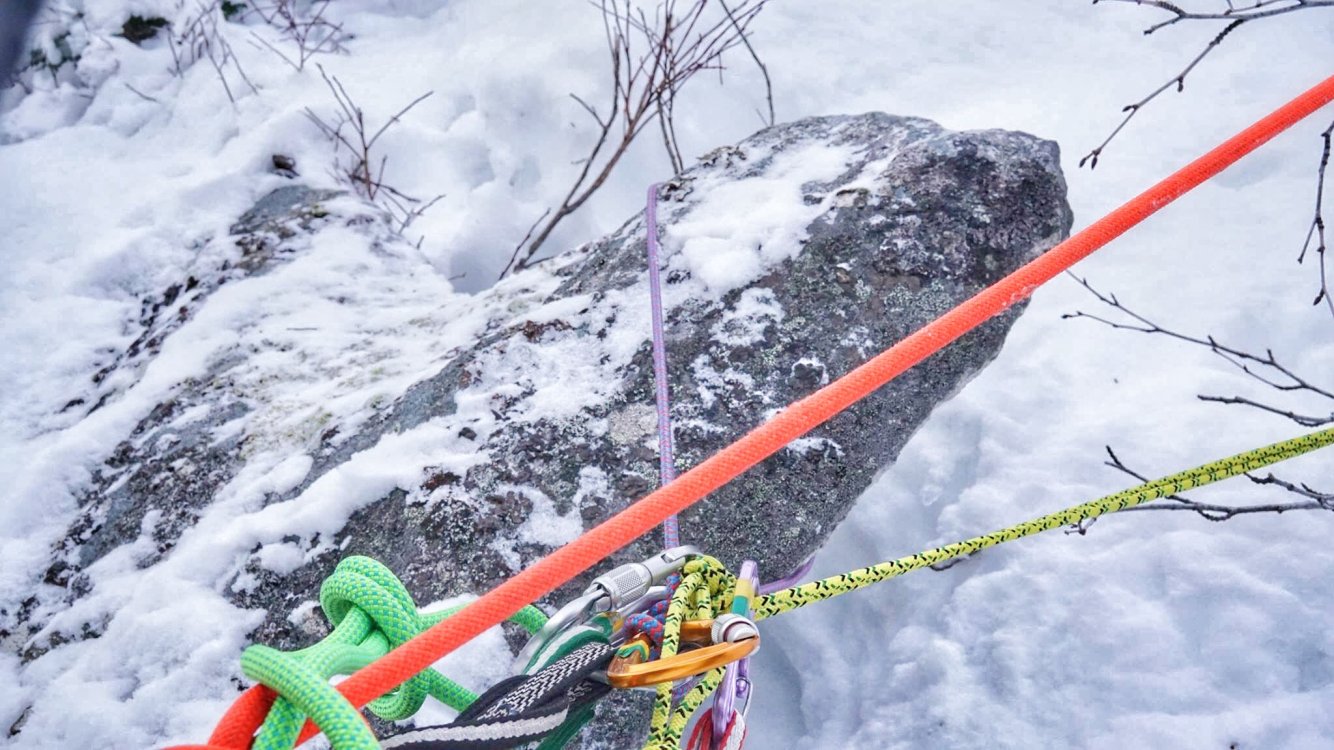
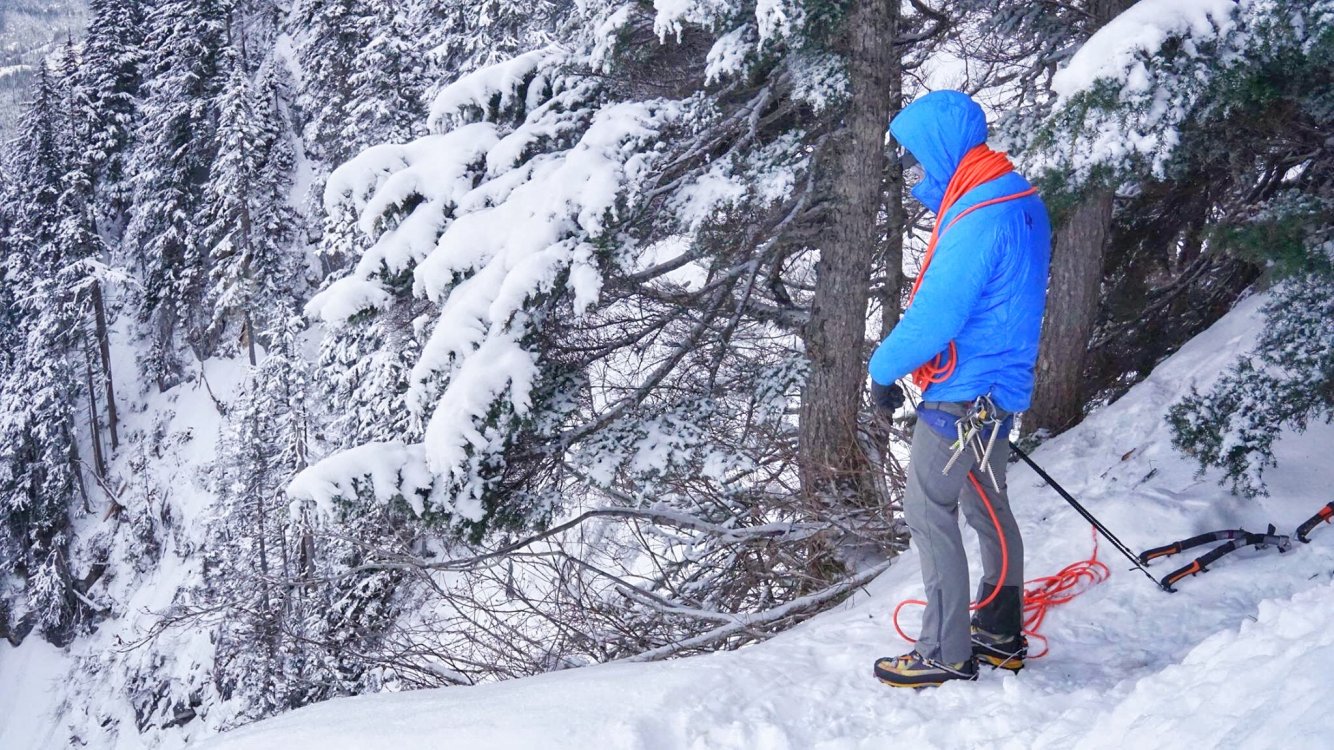
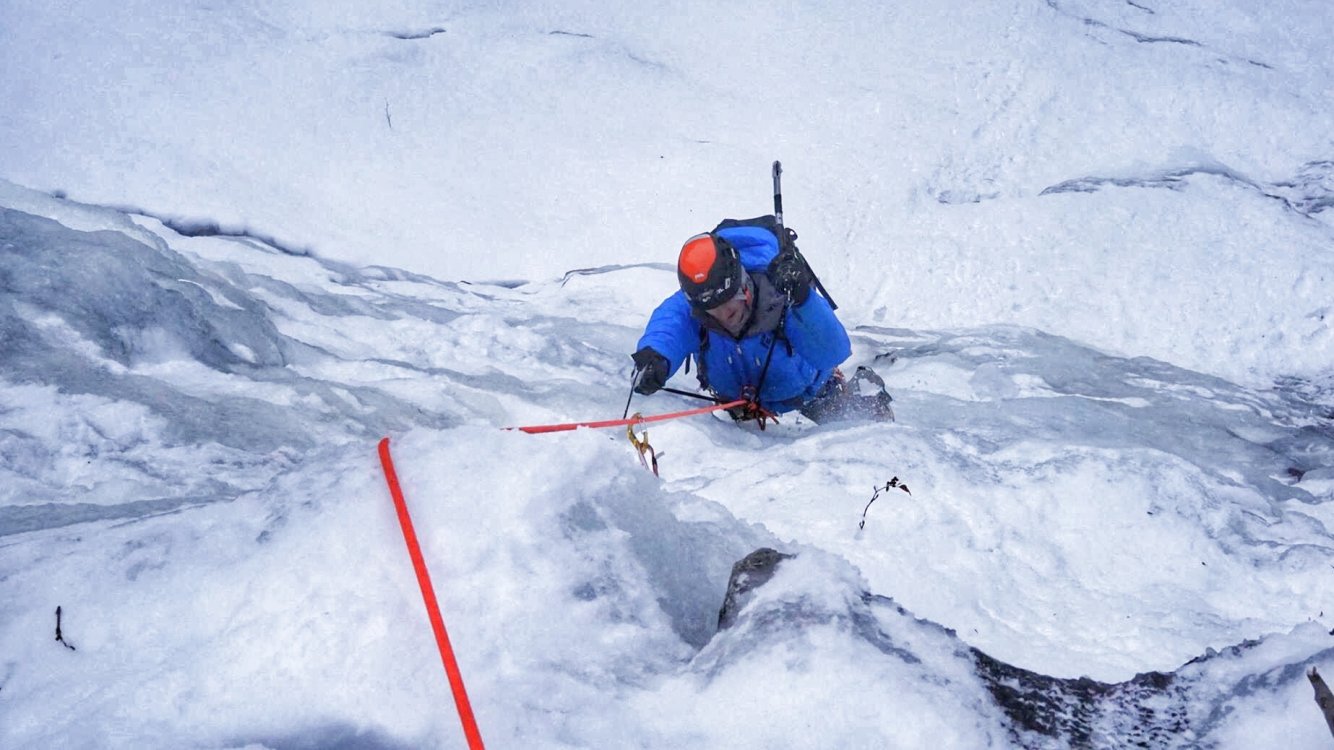
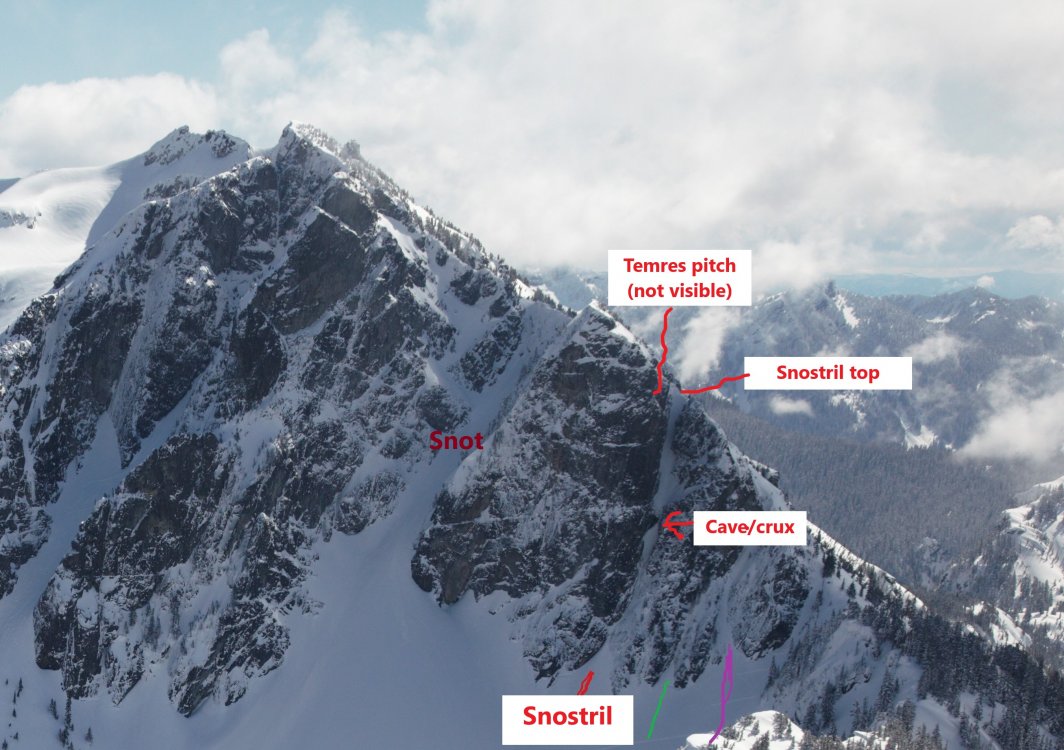
.thumb.jpg.202ae28d845e30d556650539735e1317.jpg)
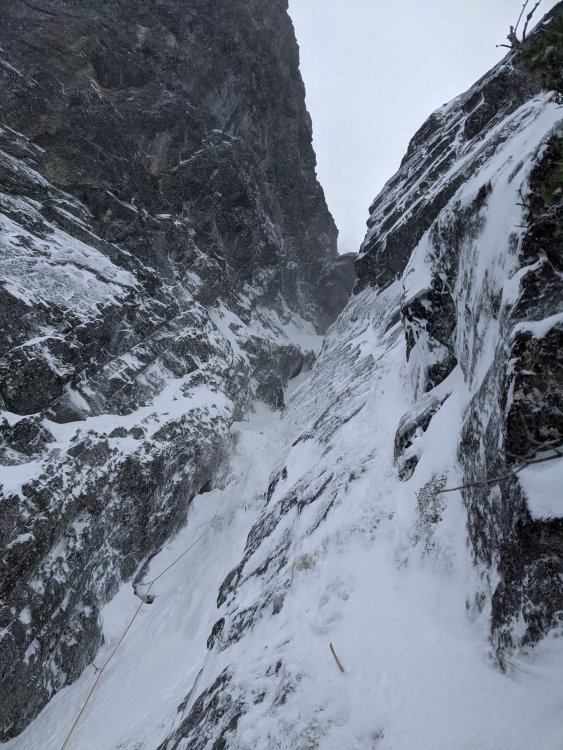
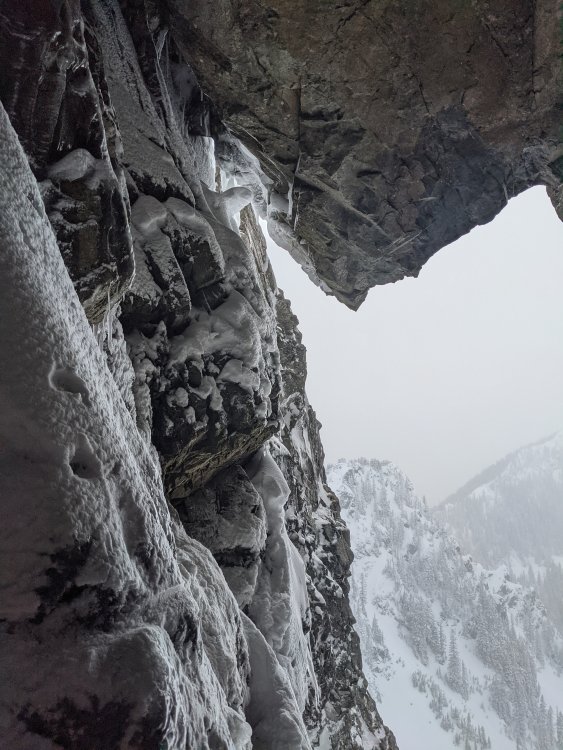
.thumb.jpg.10a64de5a509645c6f49ee25f7dfd192.jpg)
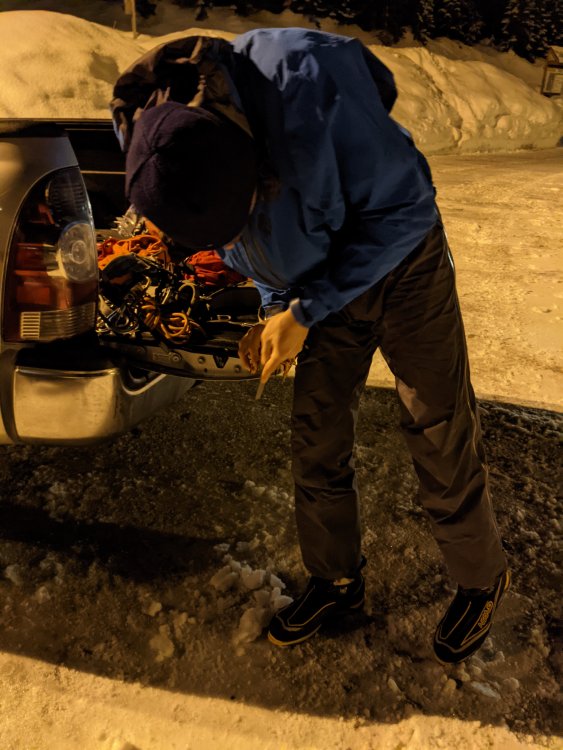
.thumb.jpg.2c08c9d9c1de4ccdd6a77a747d518c7c.jpg)
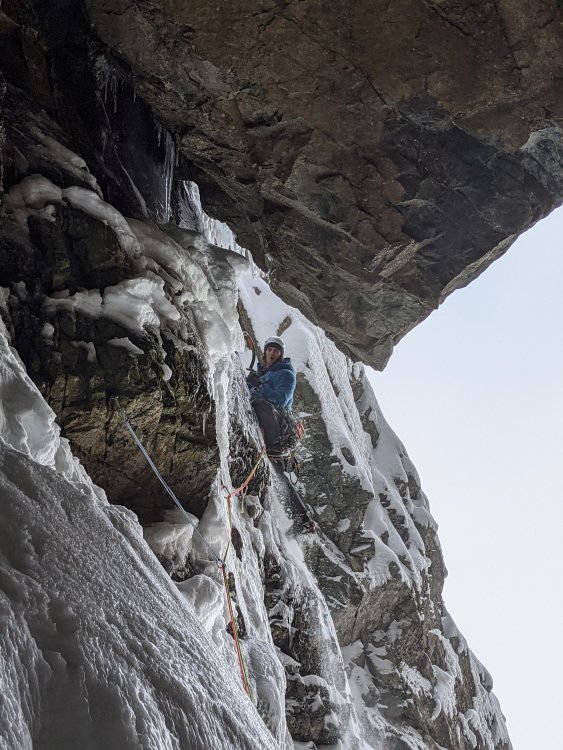
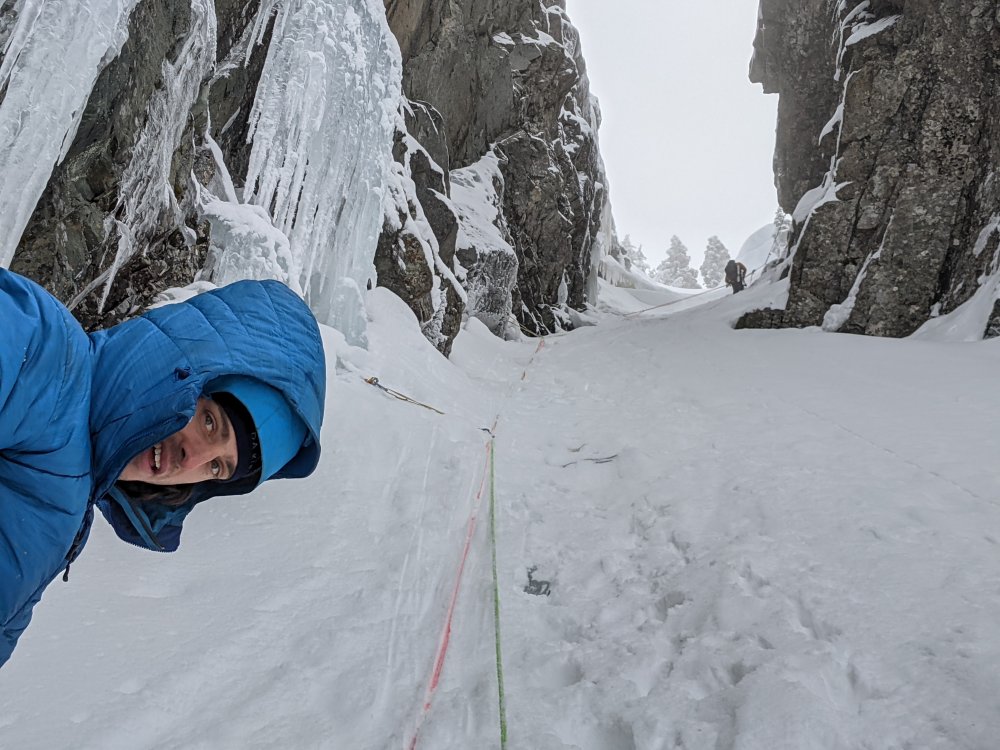
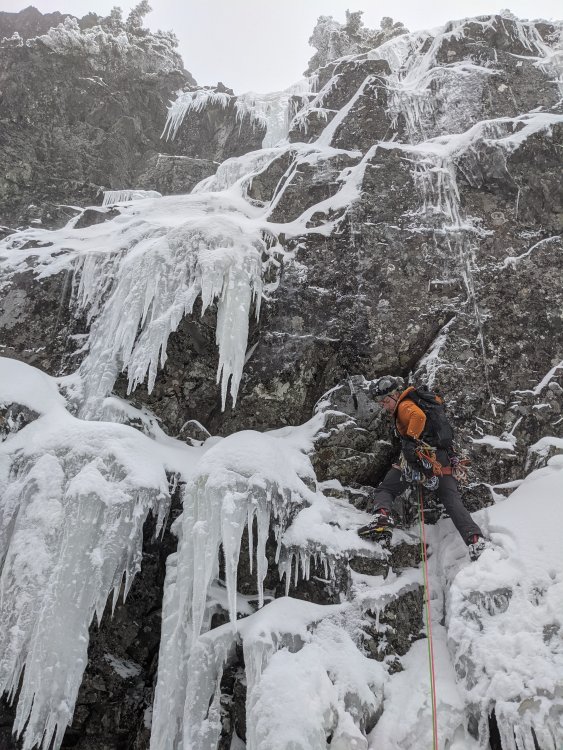
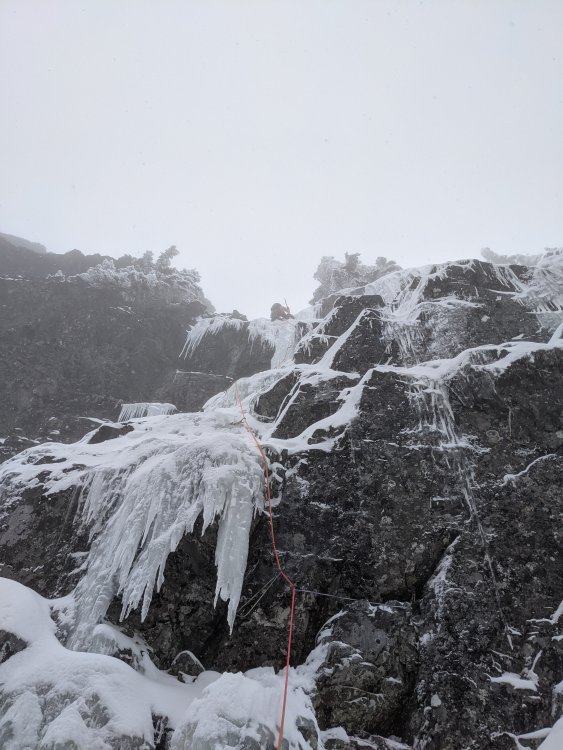
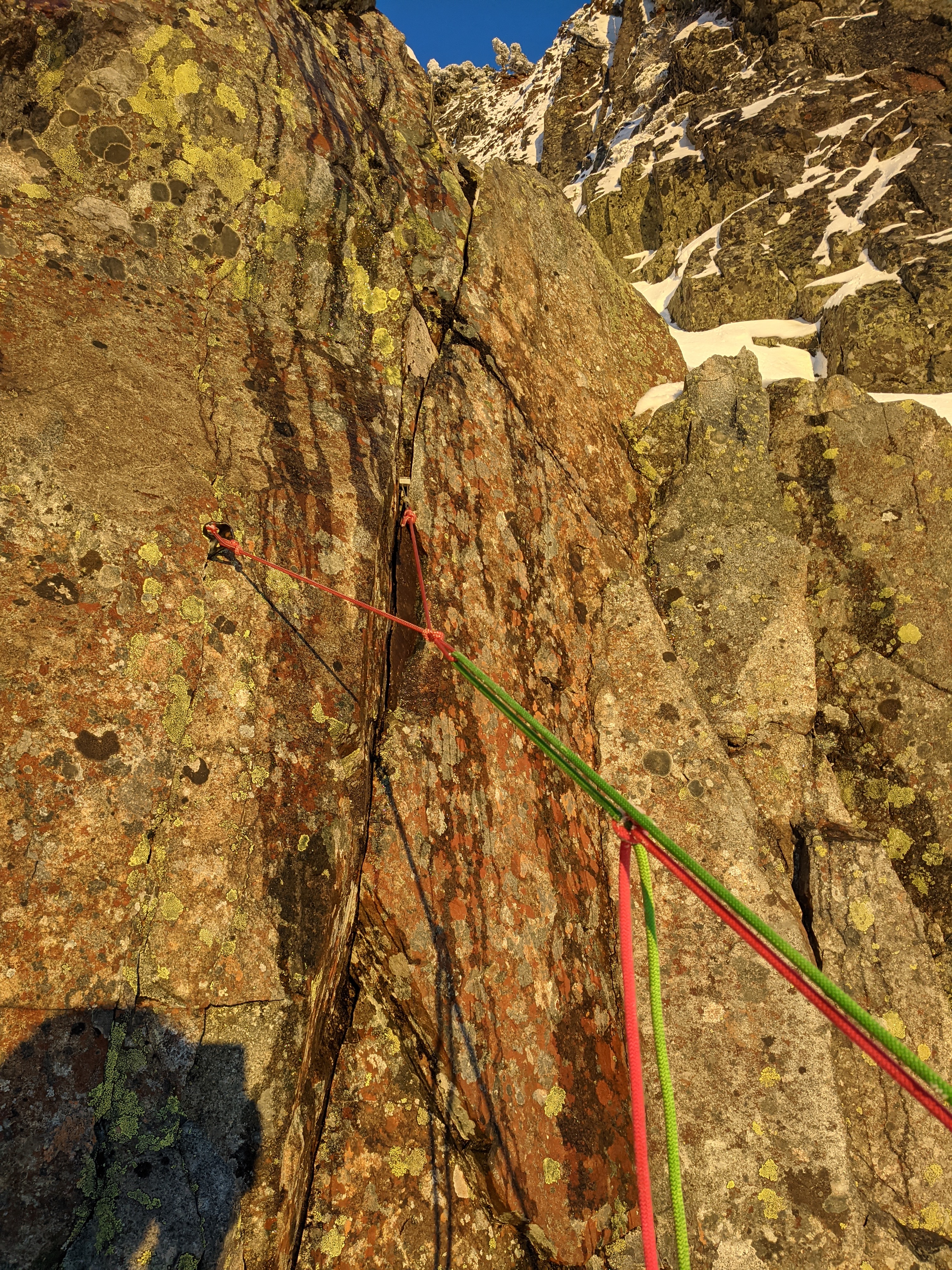
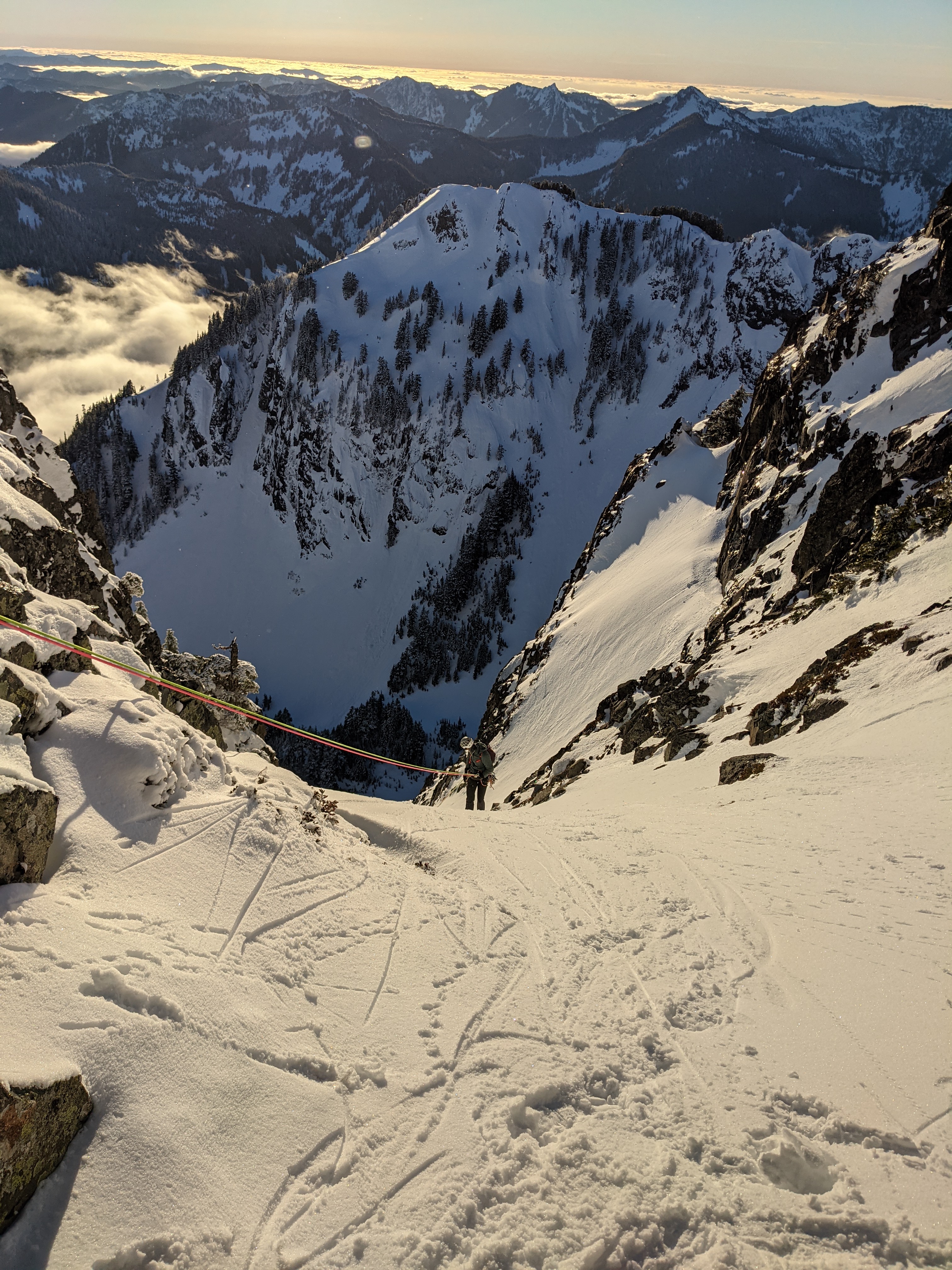

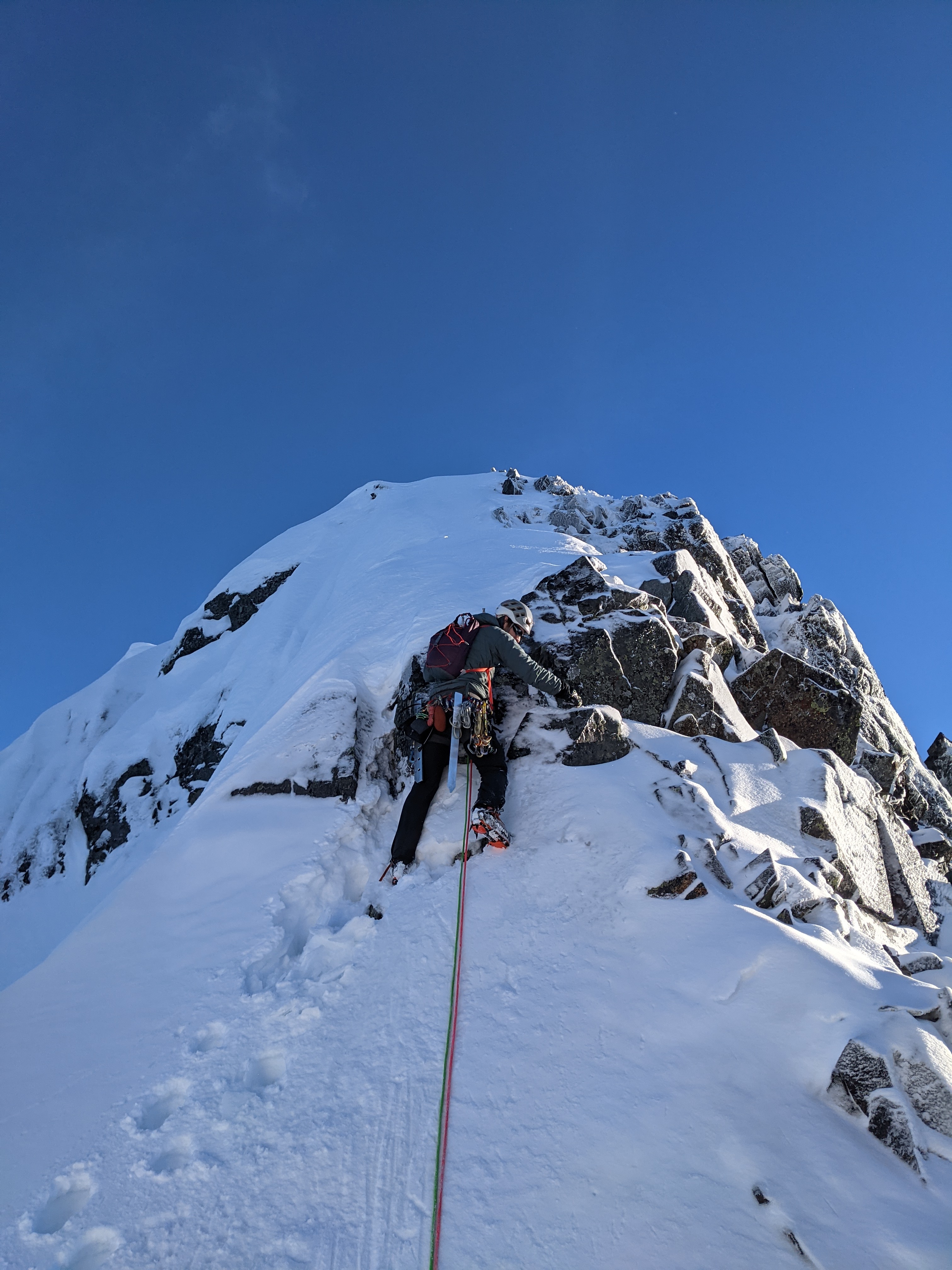


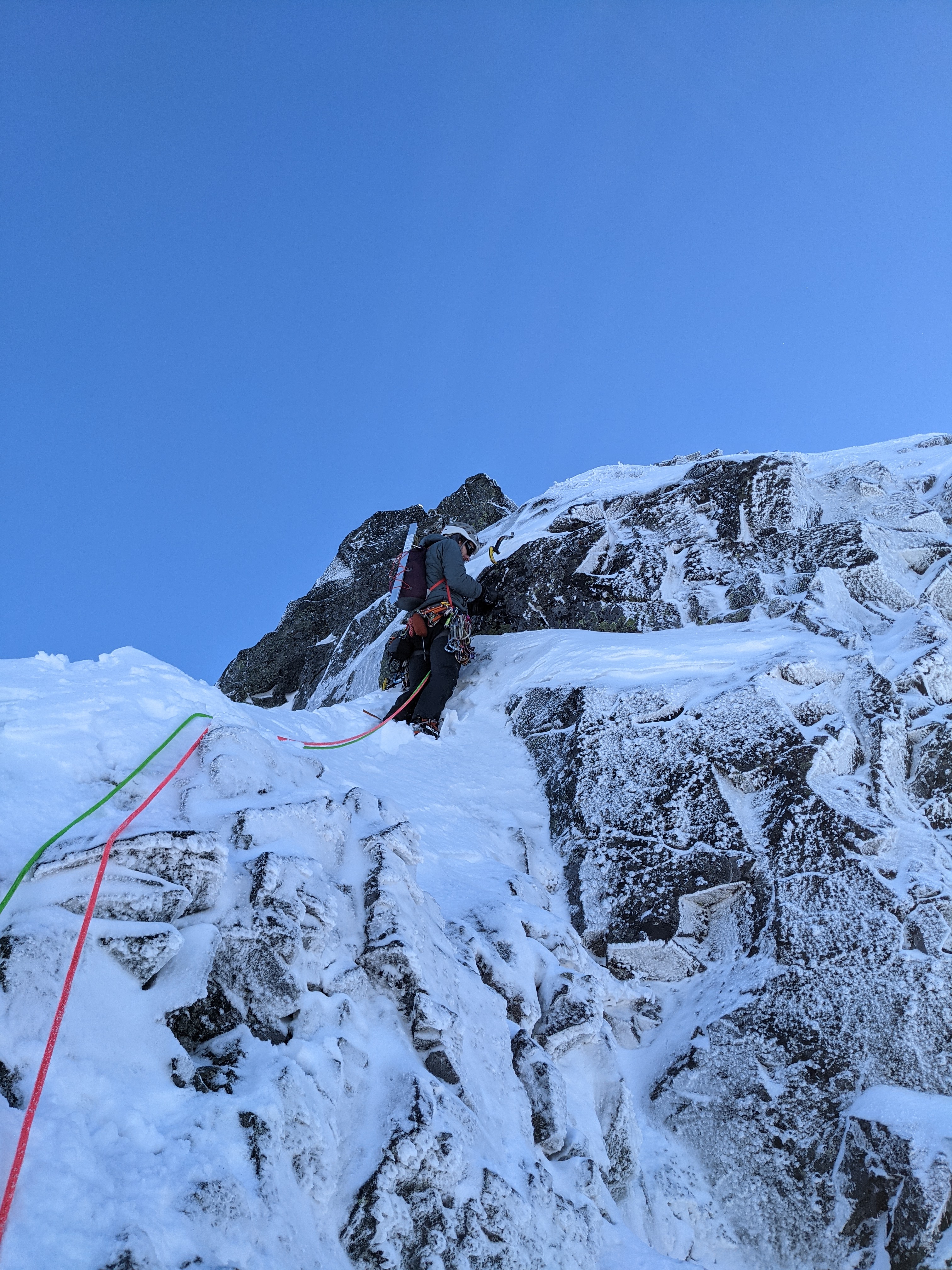
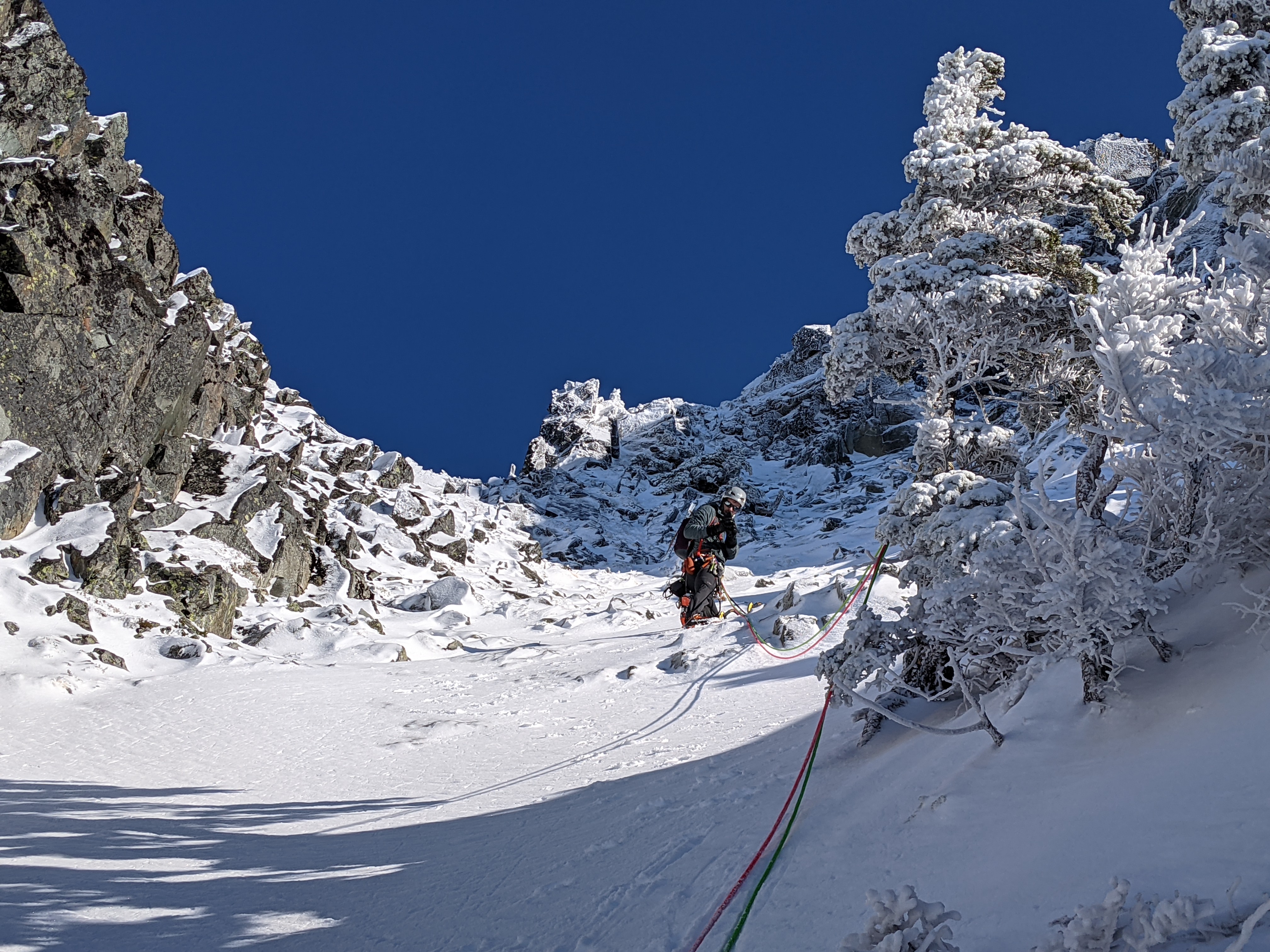
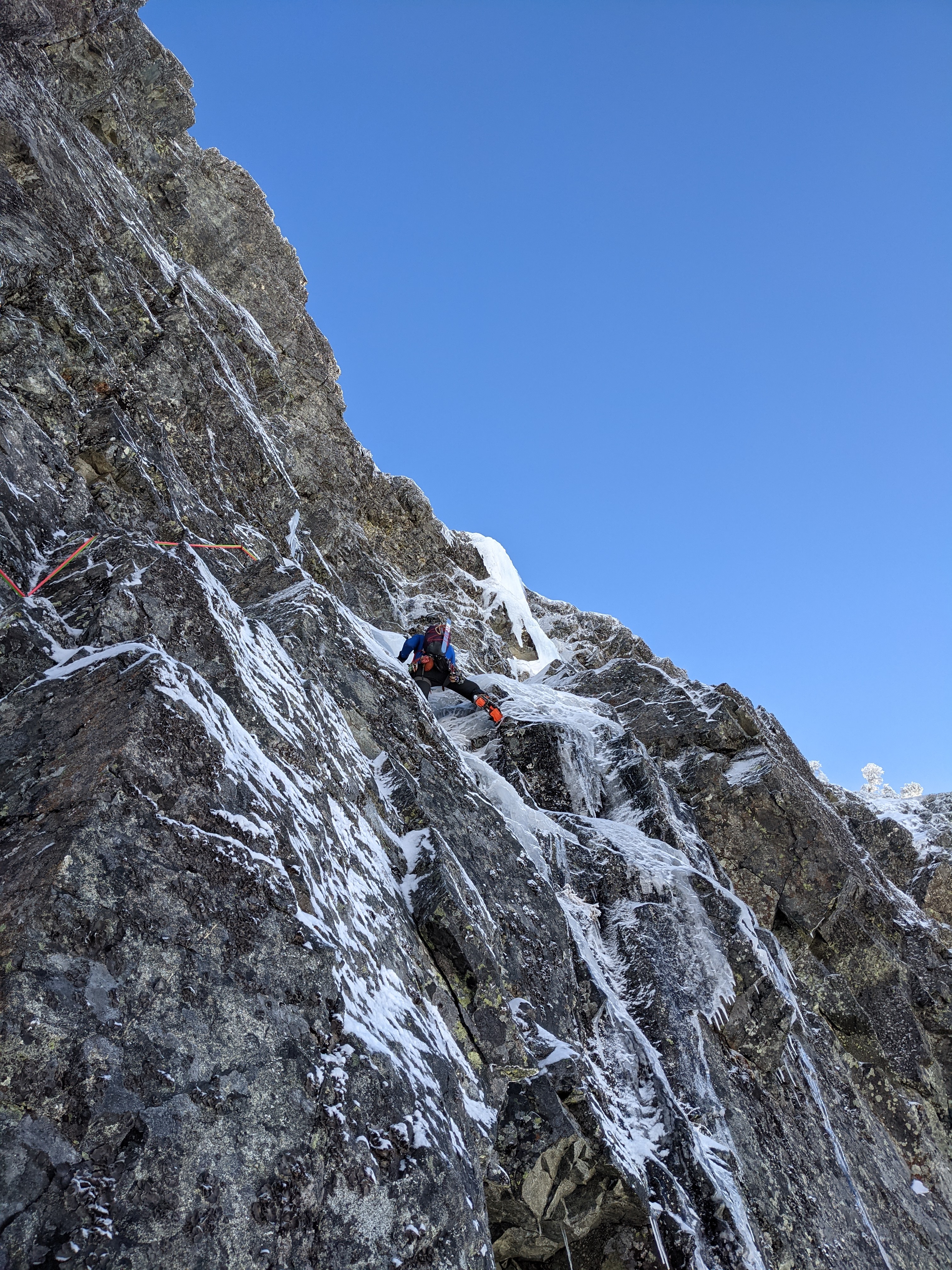
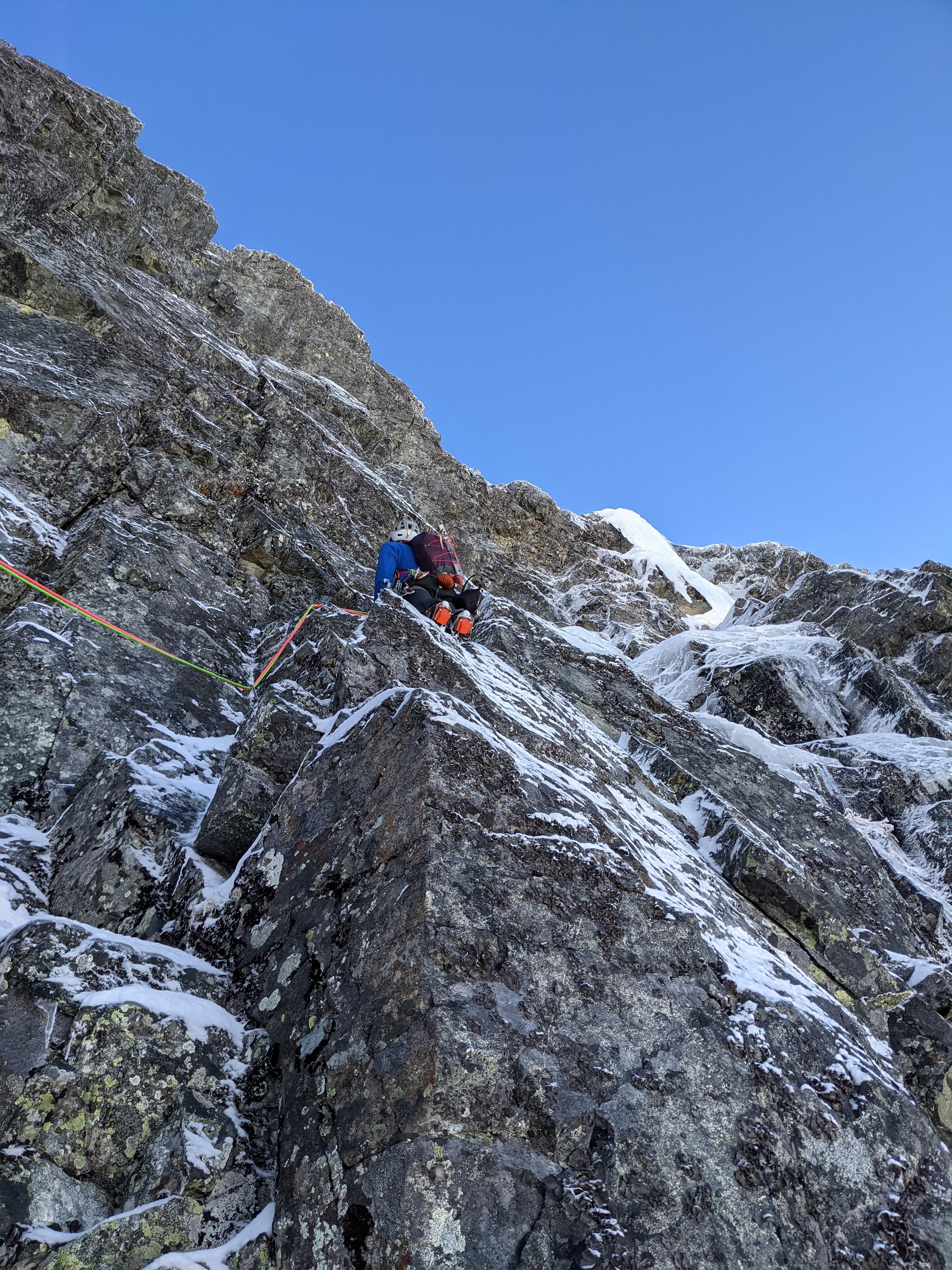
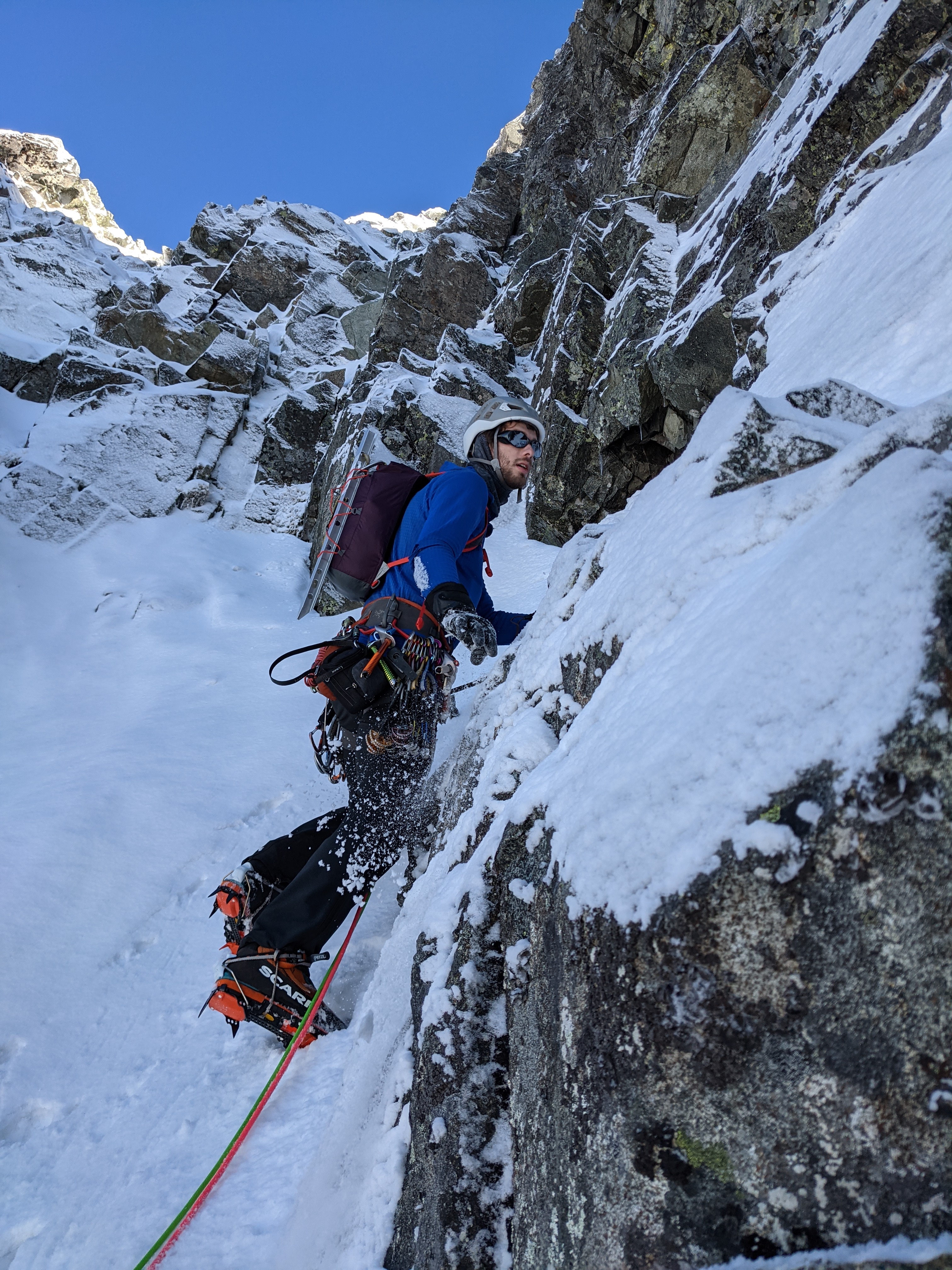
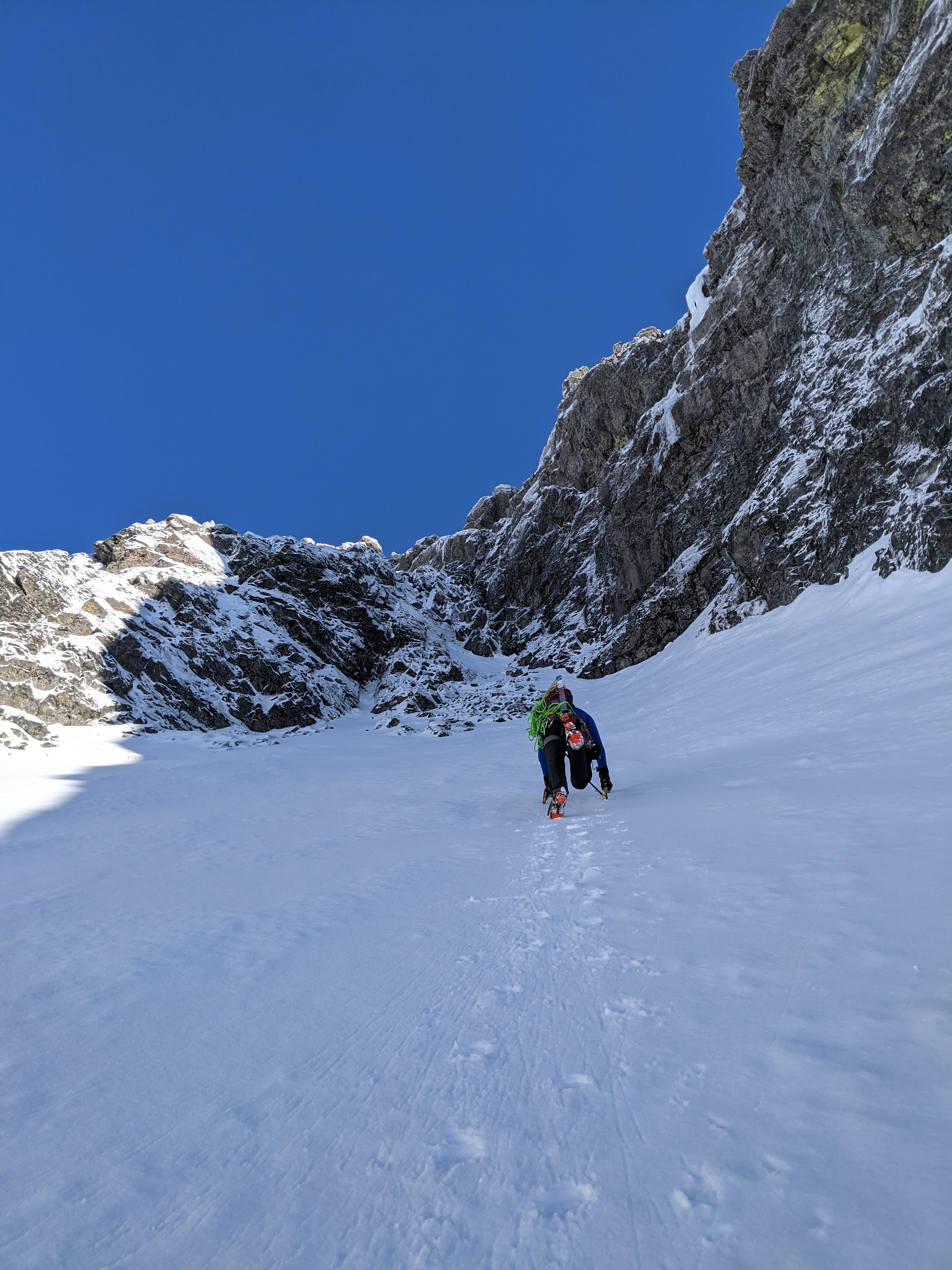
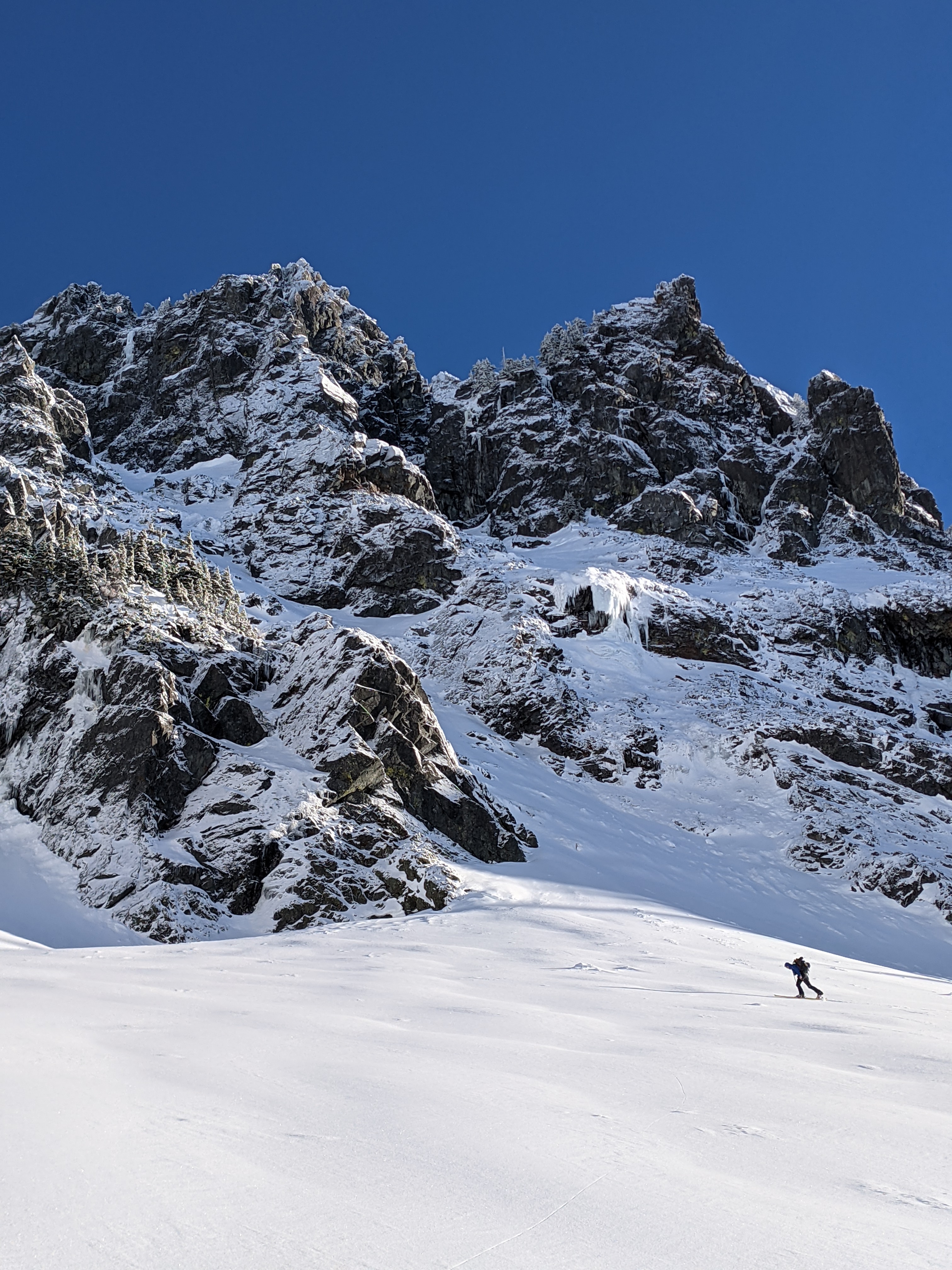
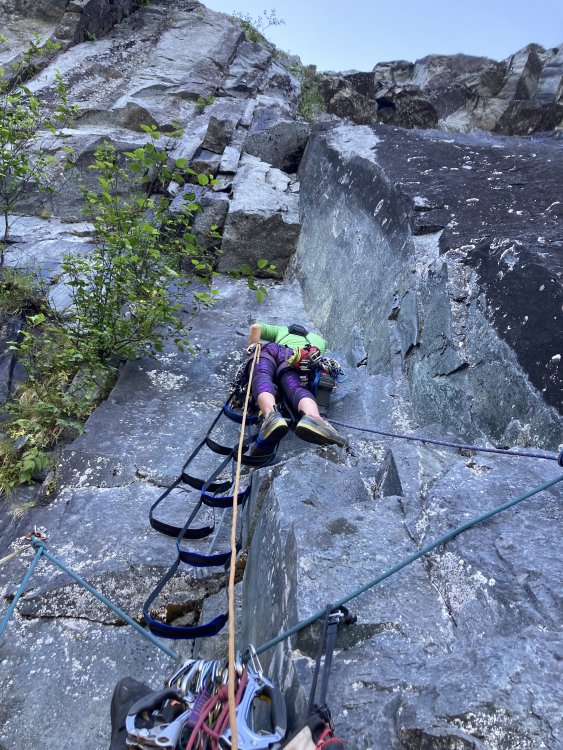
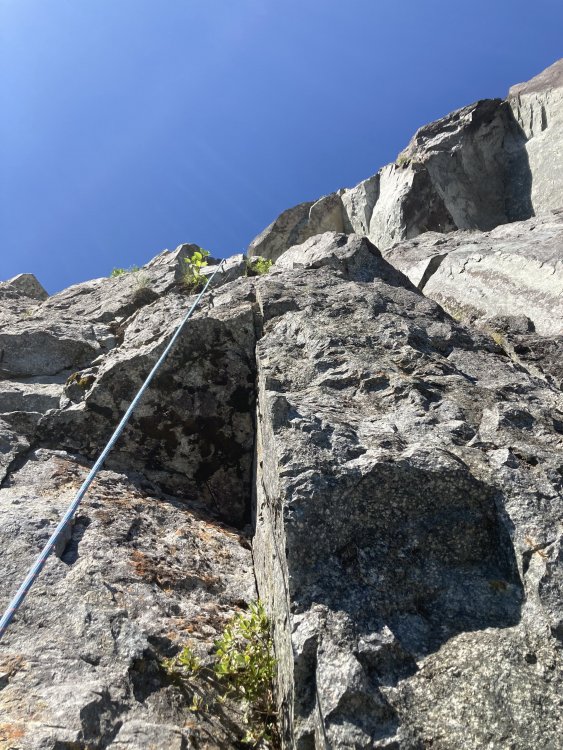
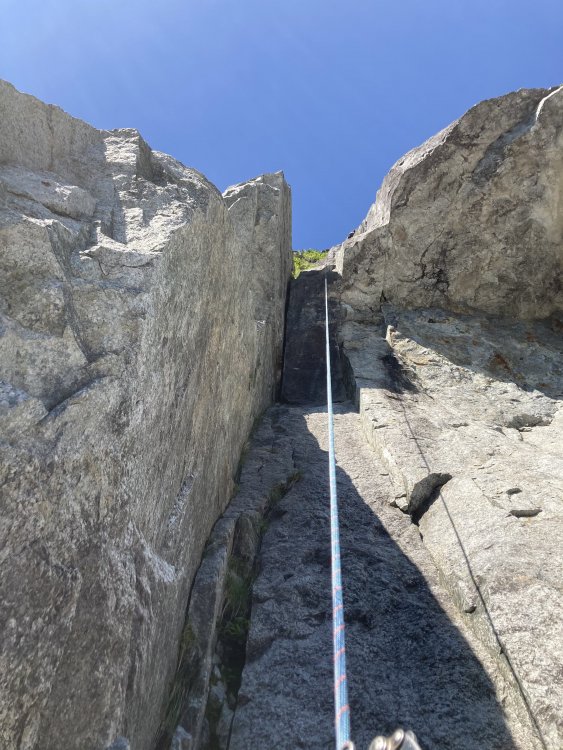
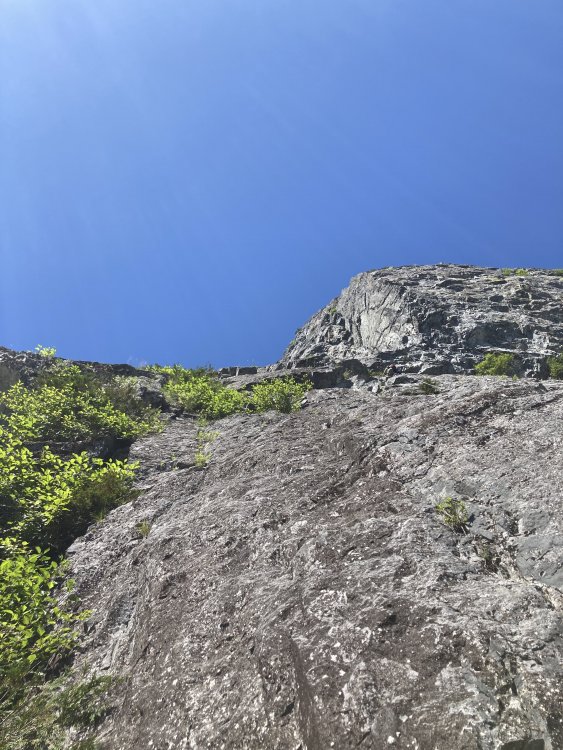
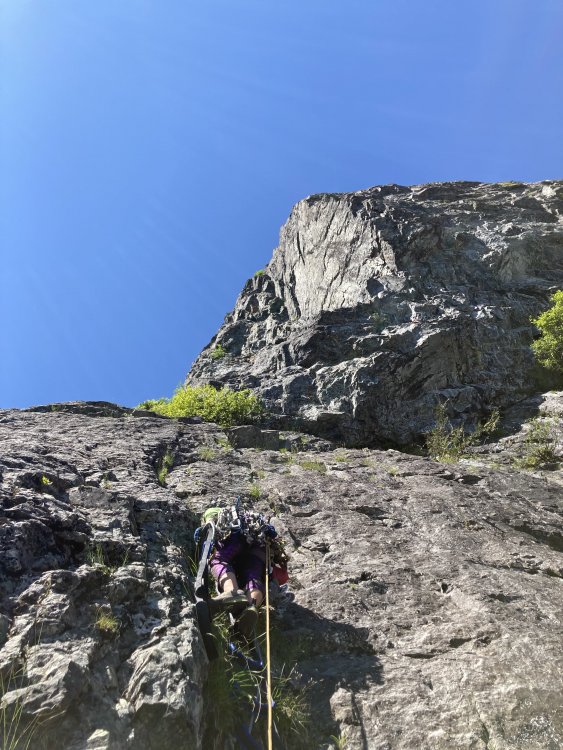
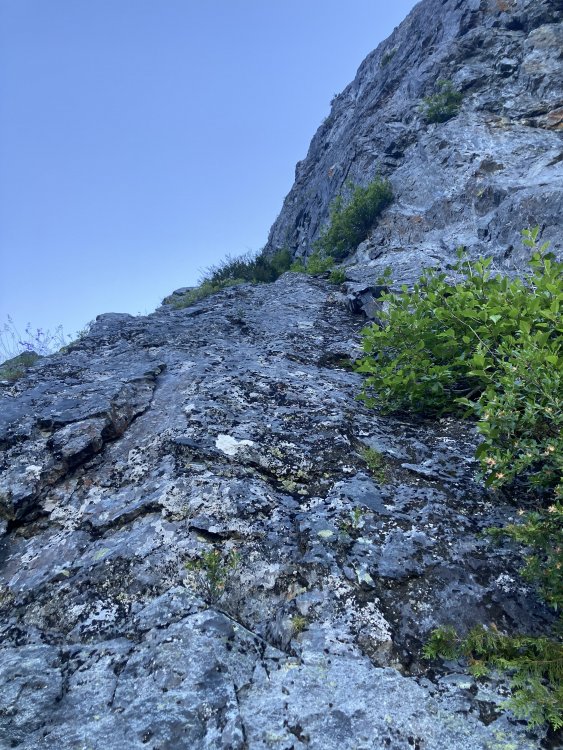
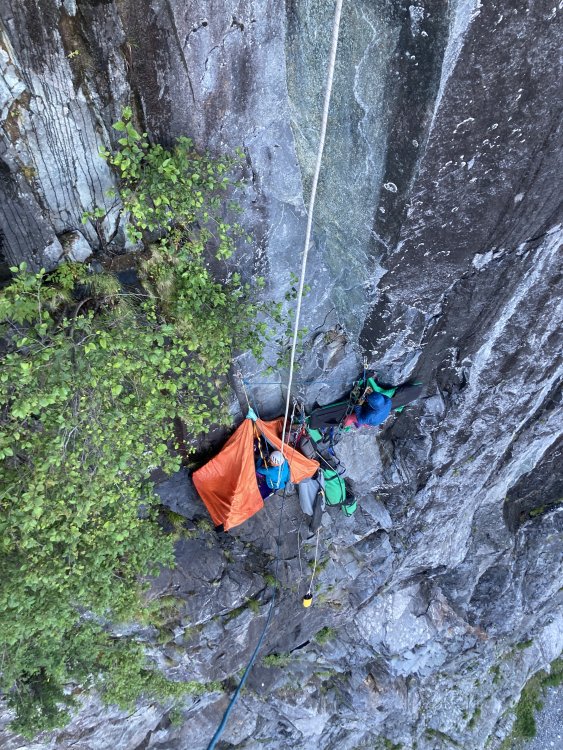
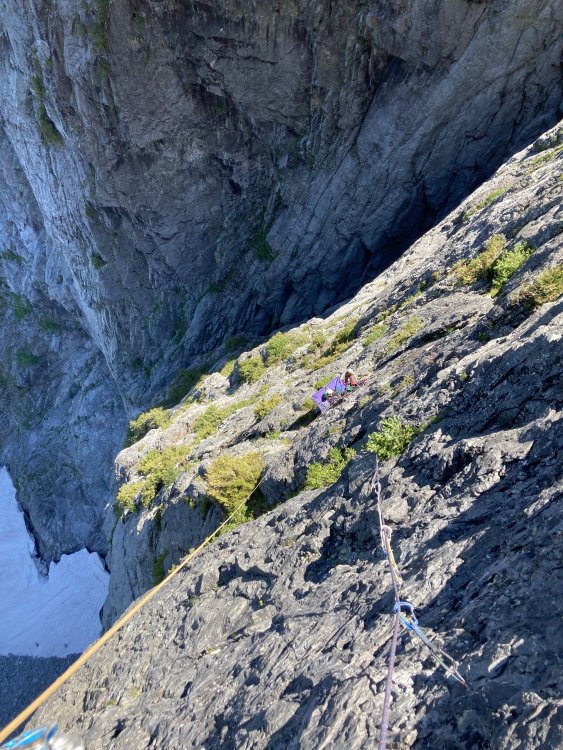
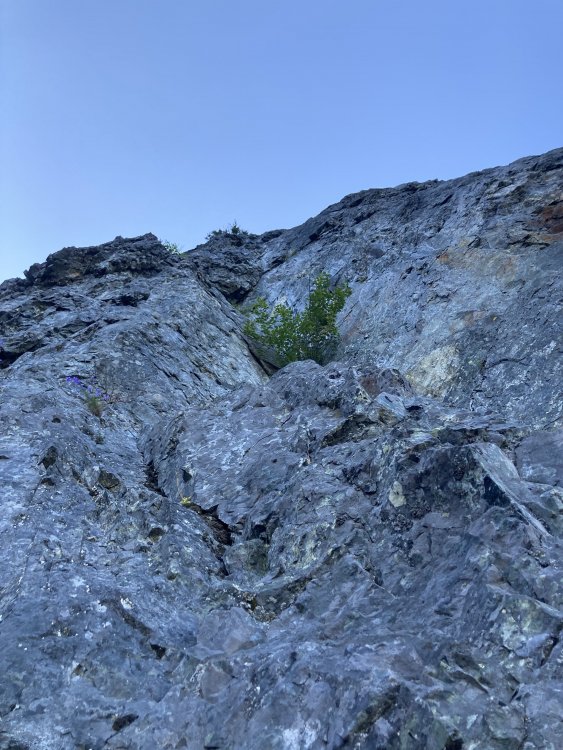
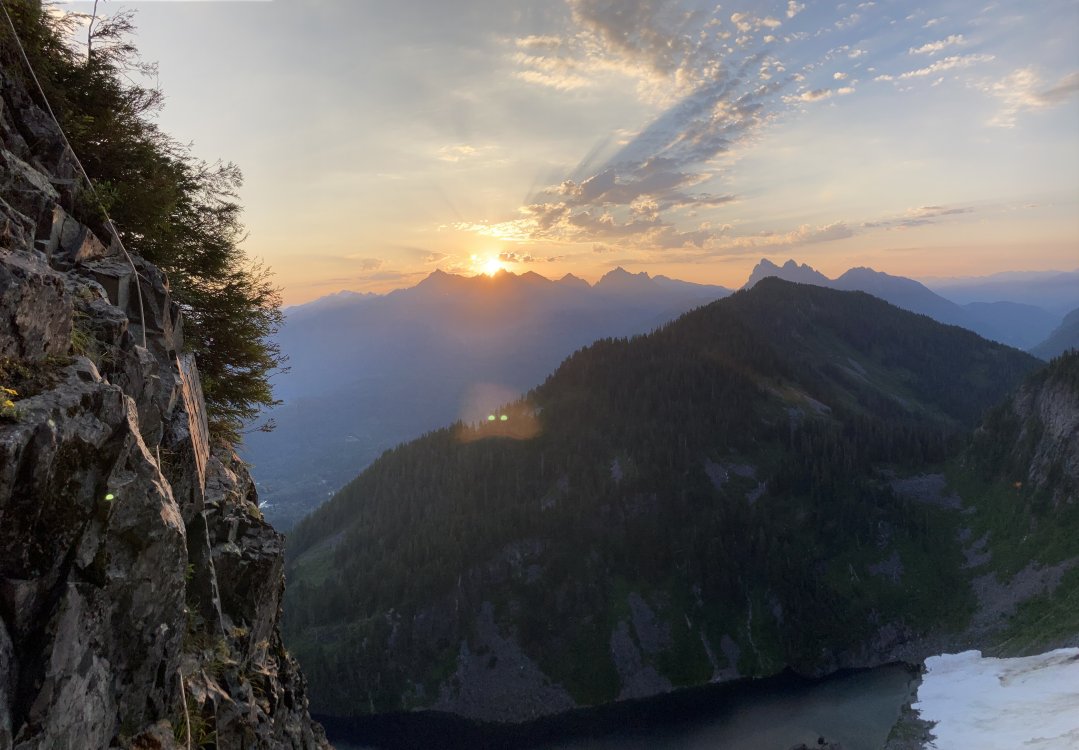
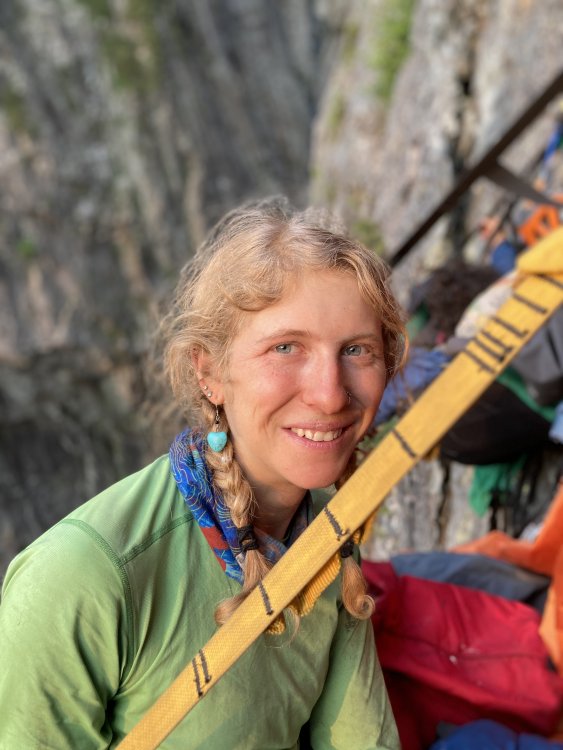
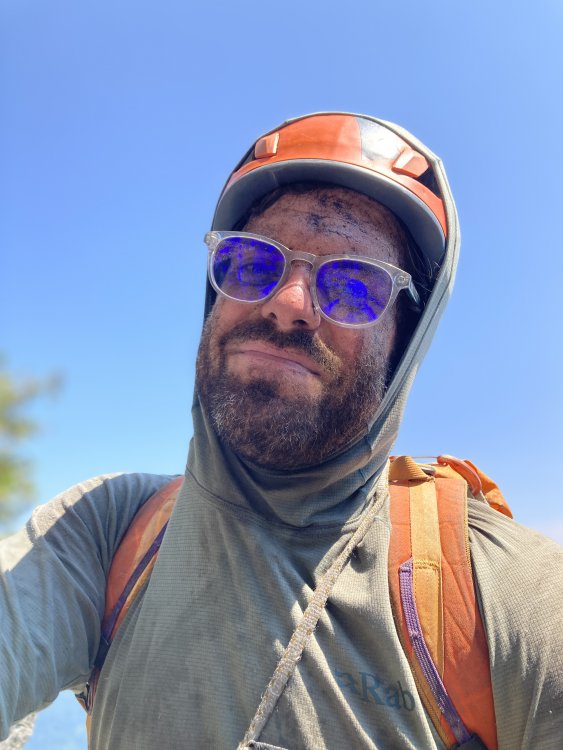
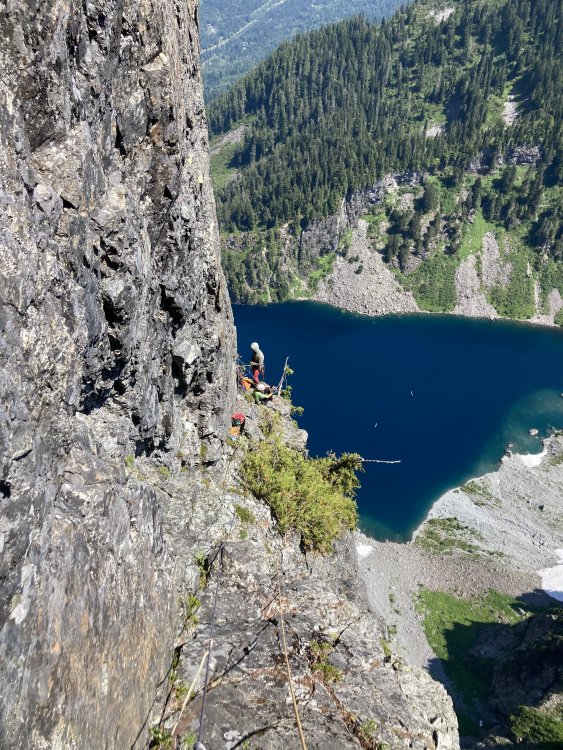
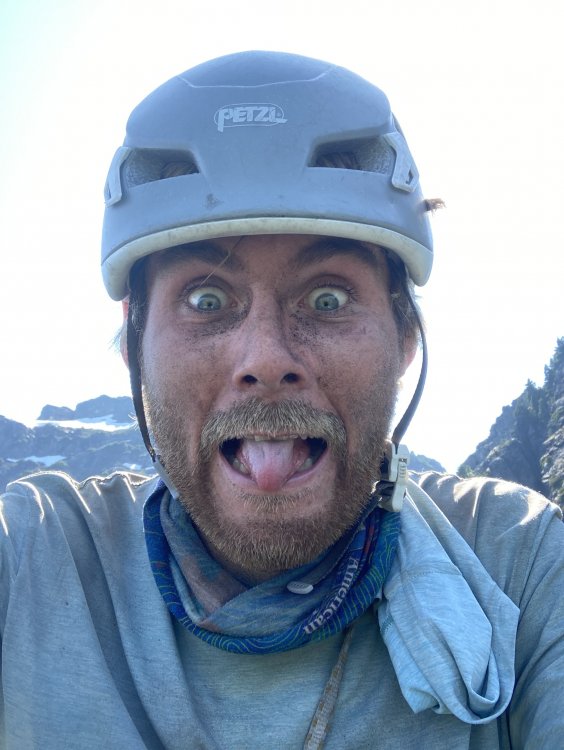
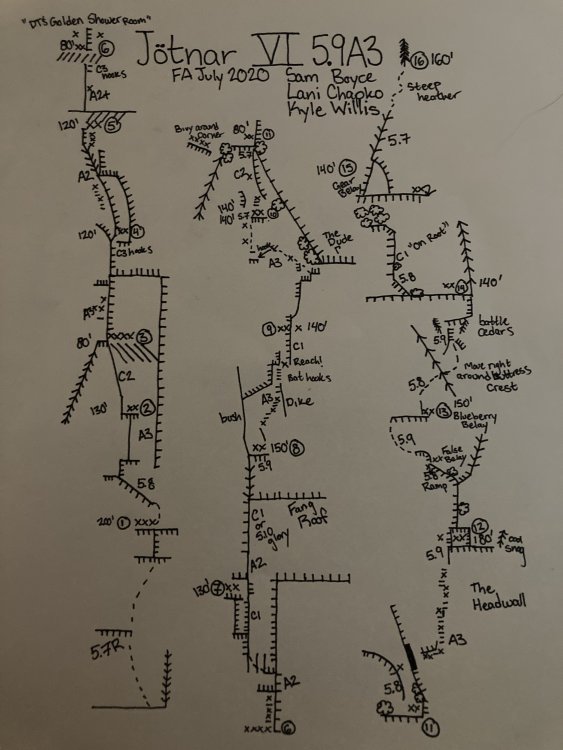
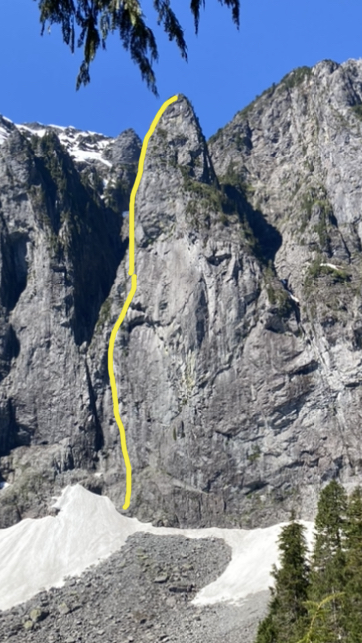
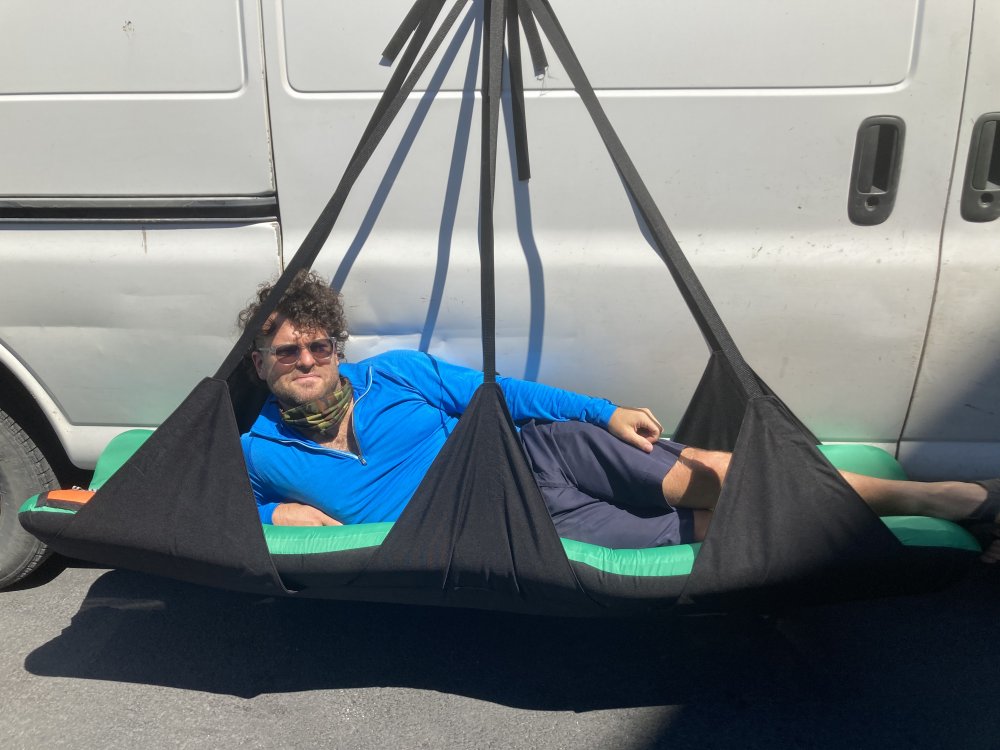
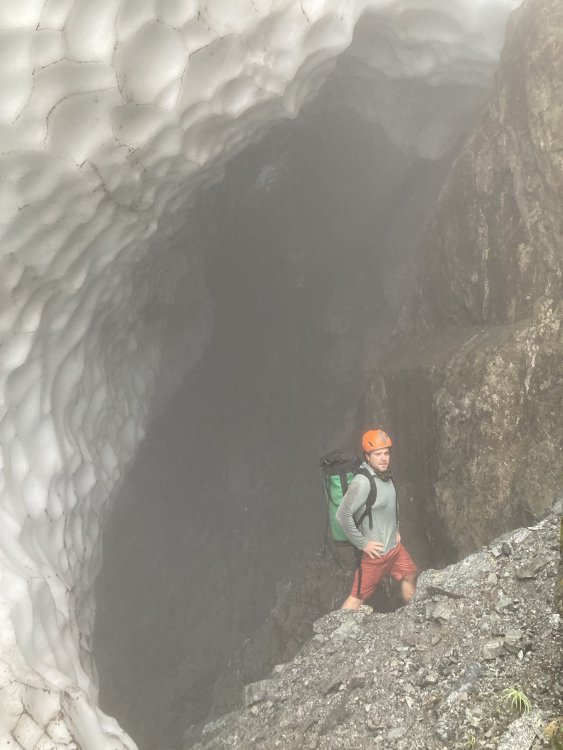
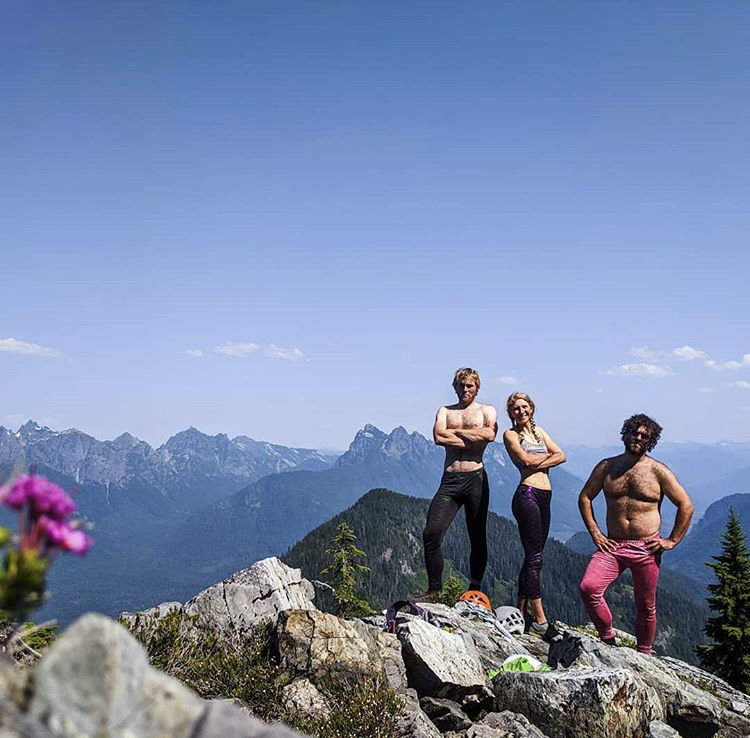
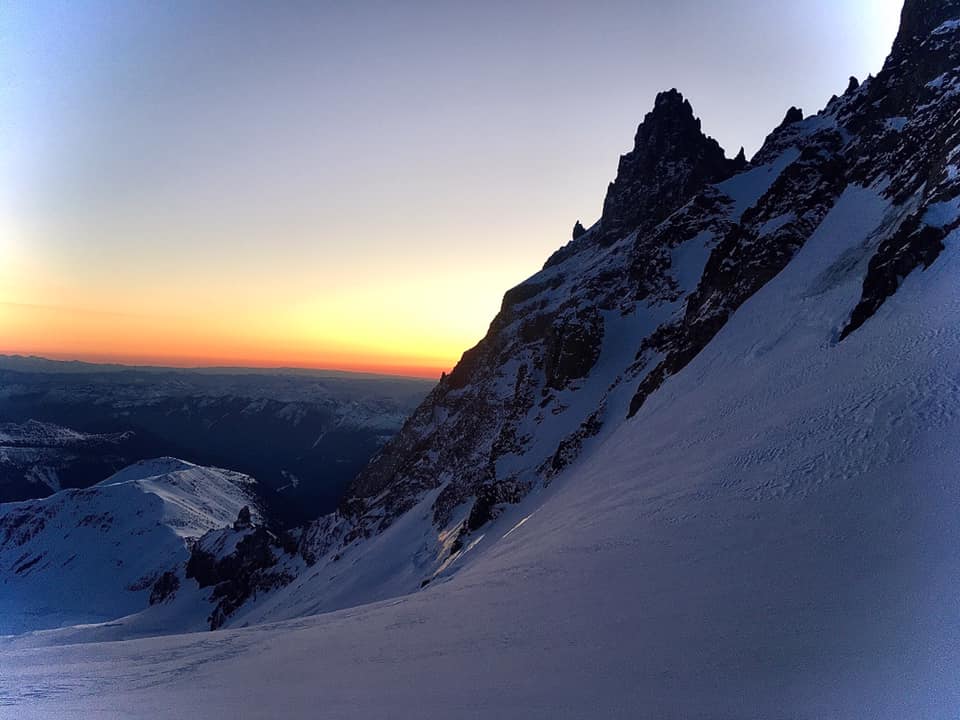
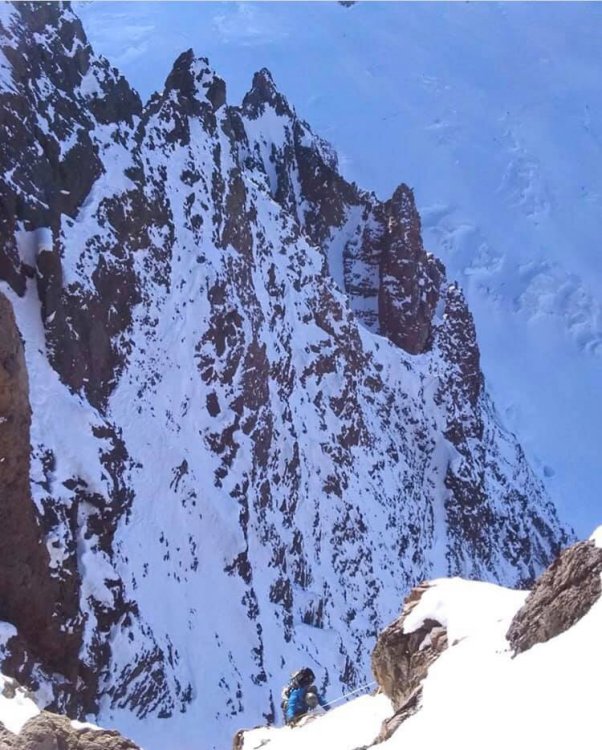
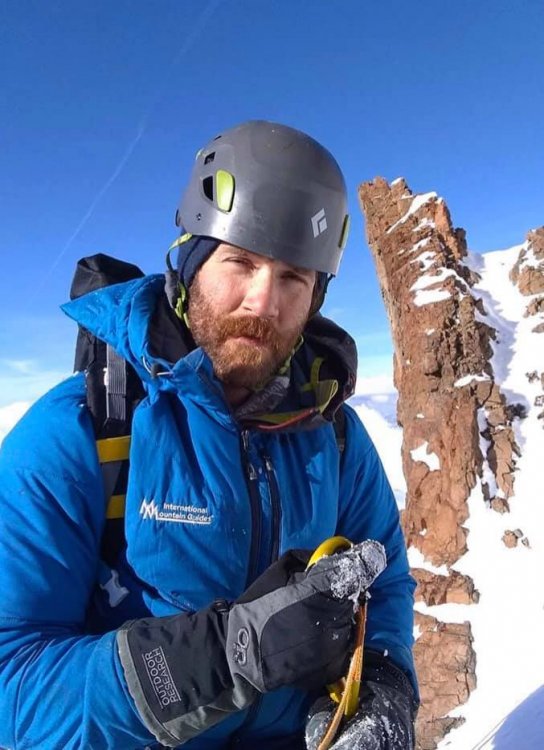
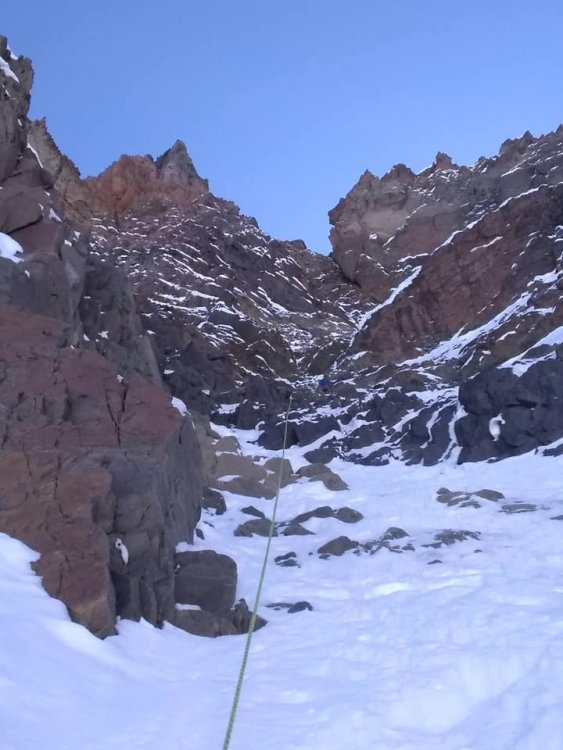
.jpg.3f675bc137993233946f4728b95b5a57.jpg)
